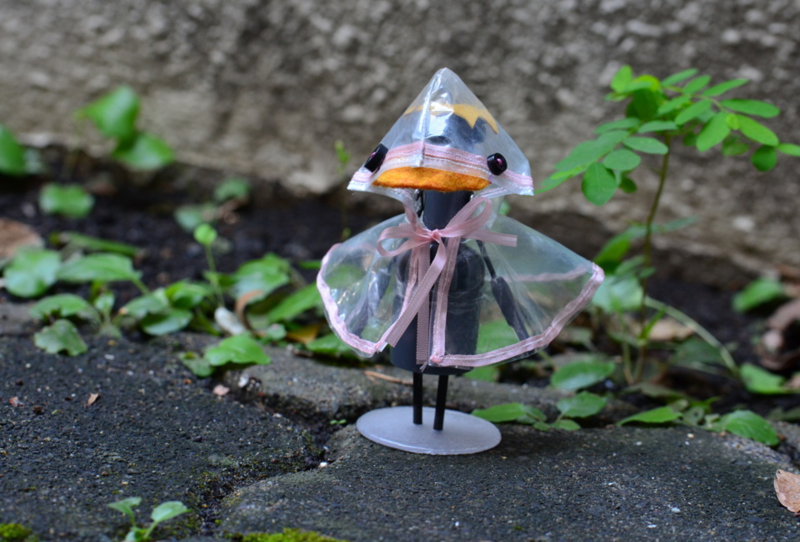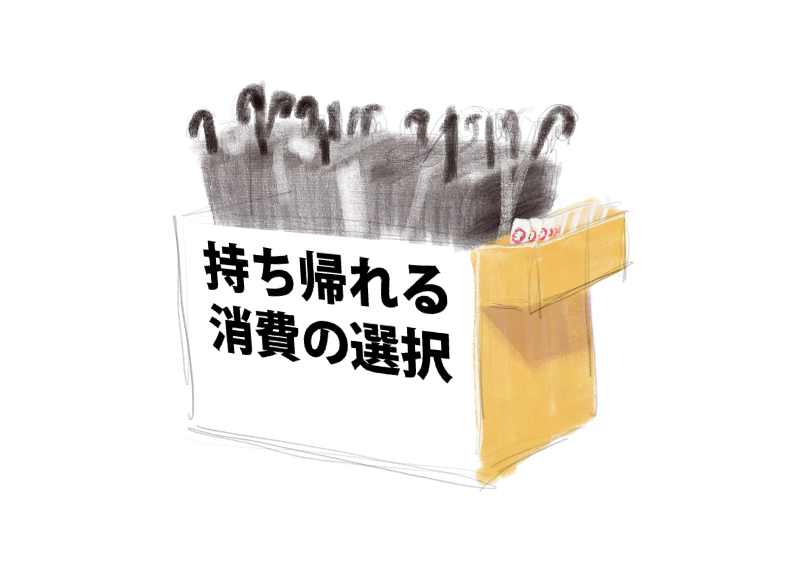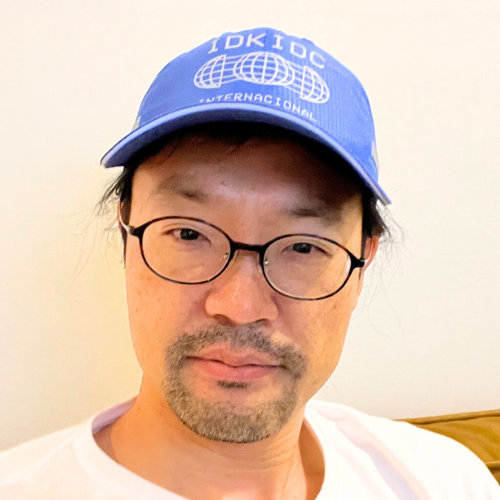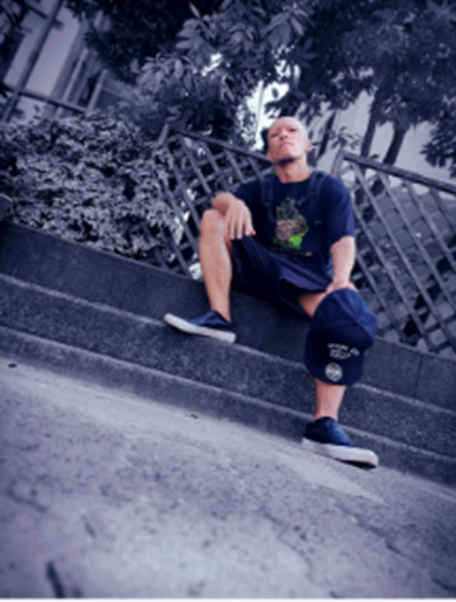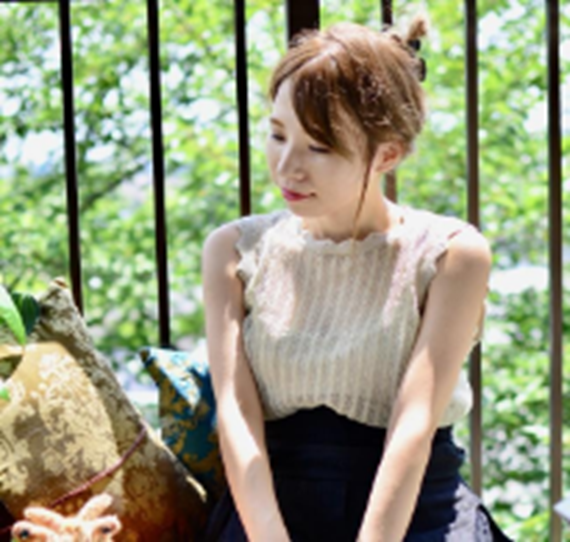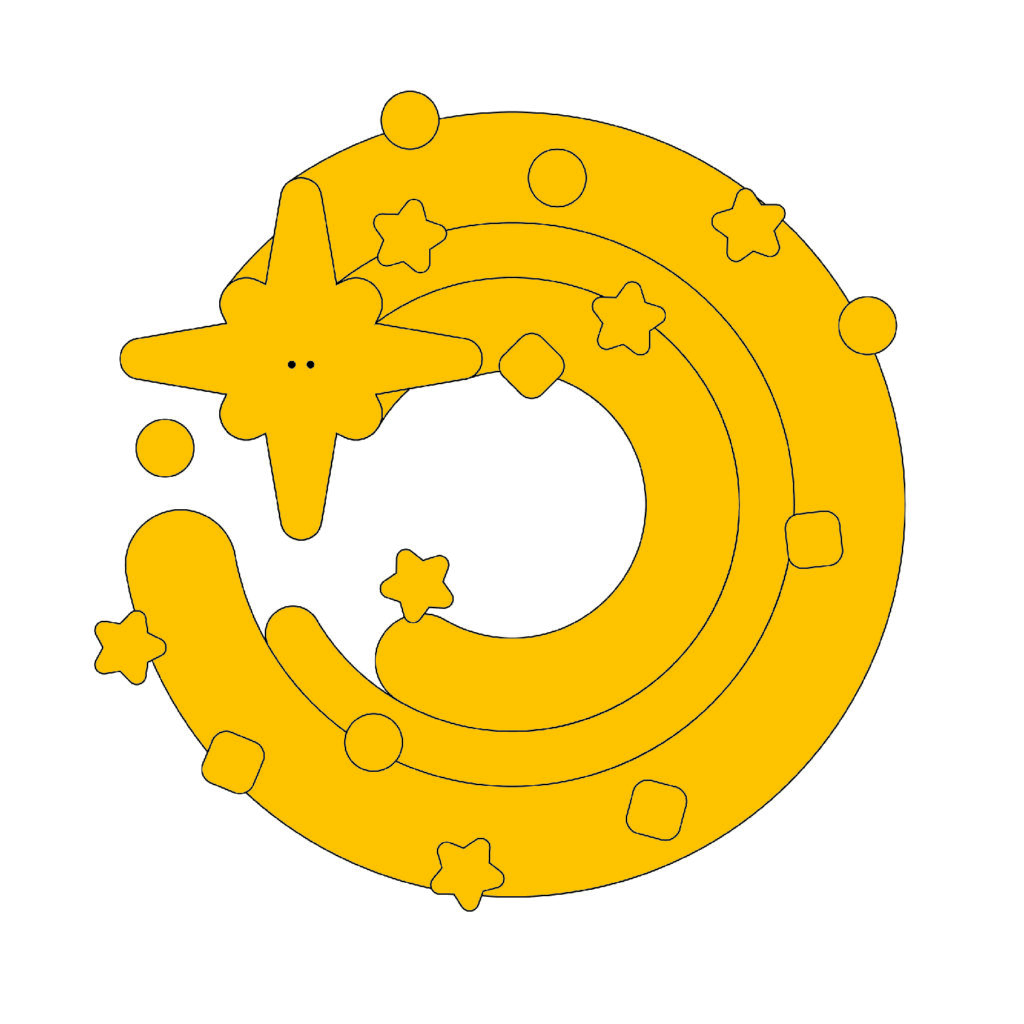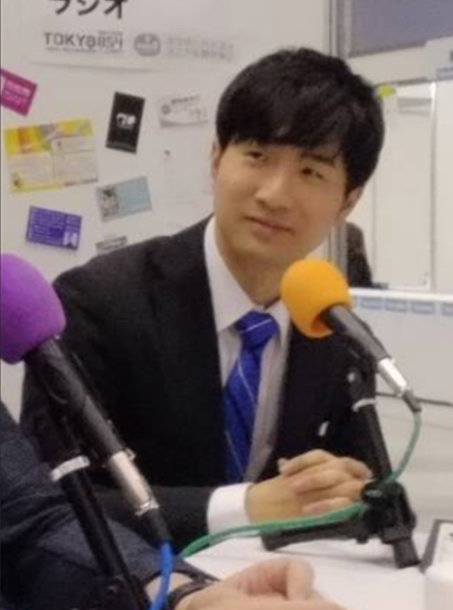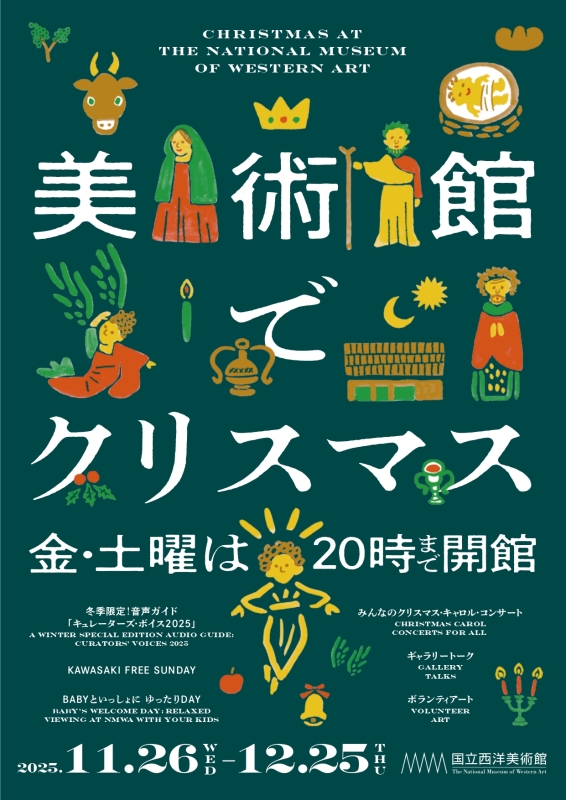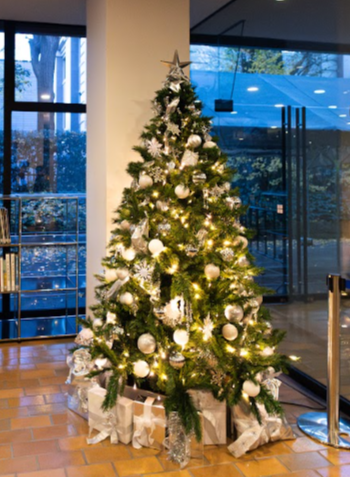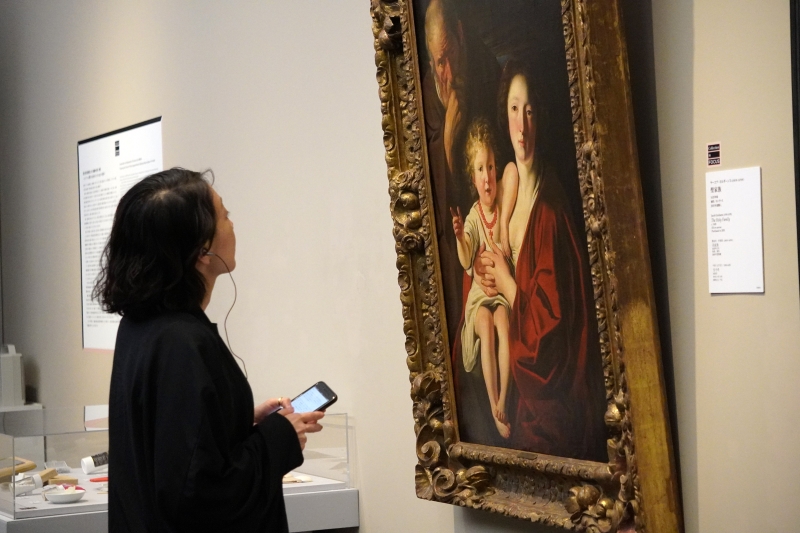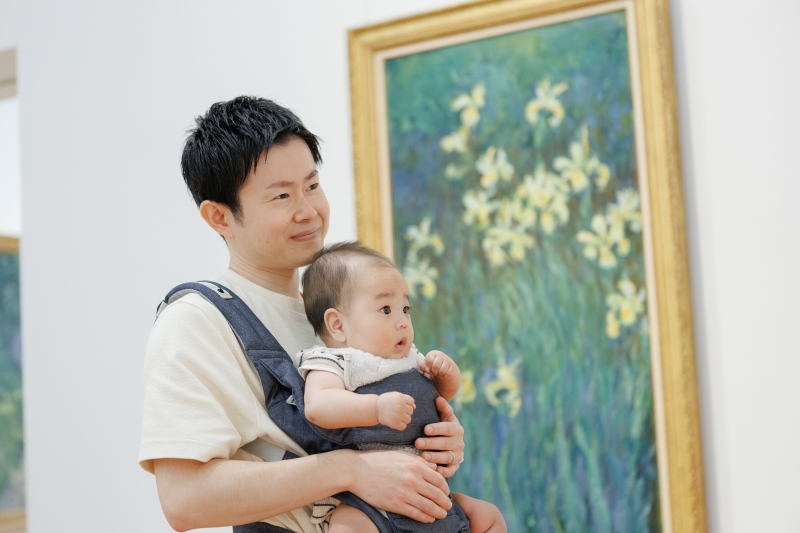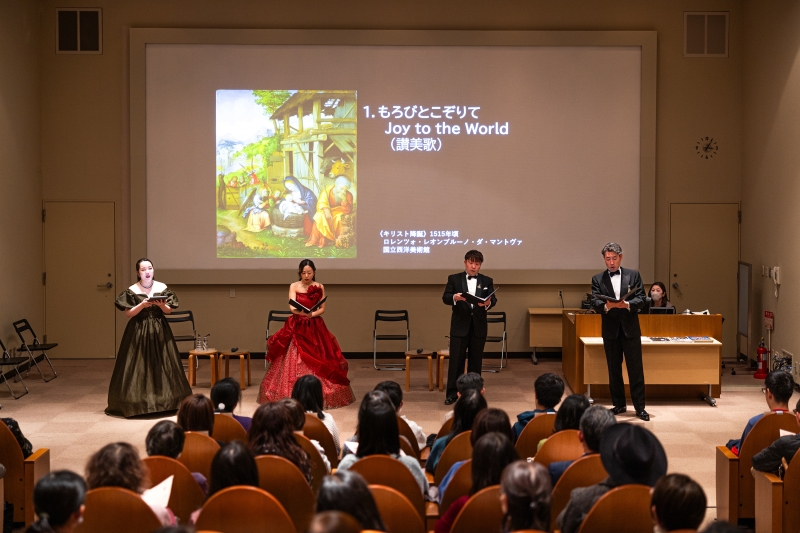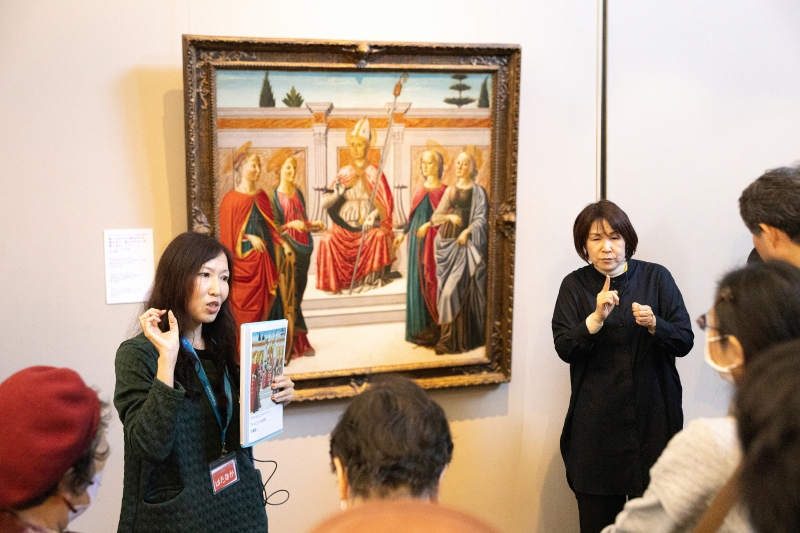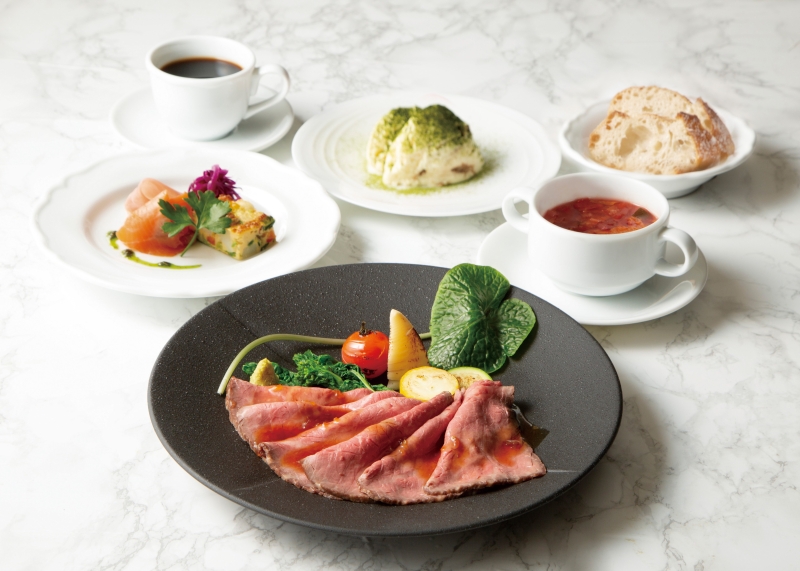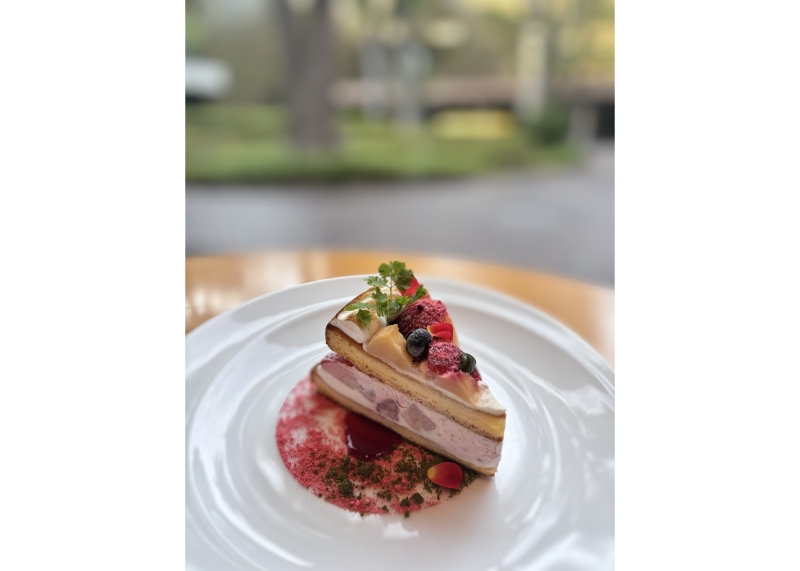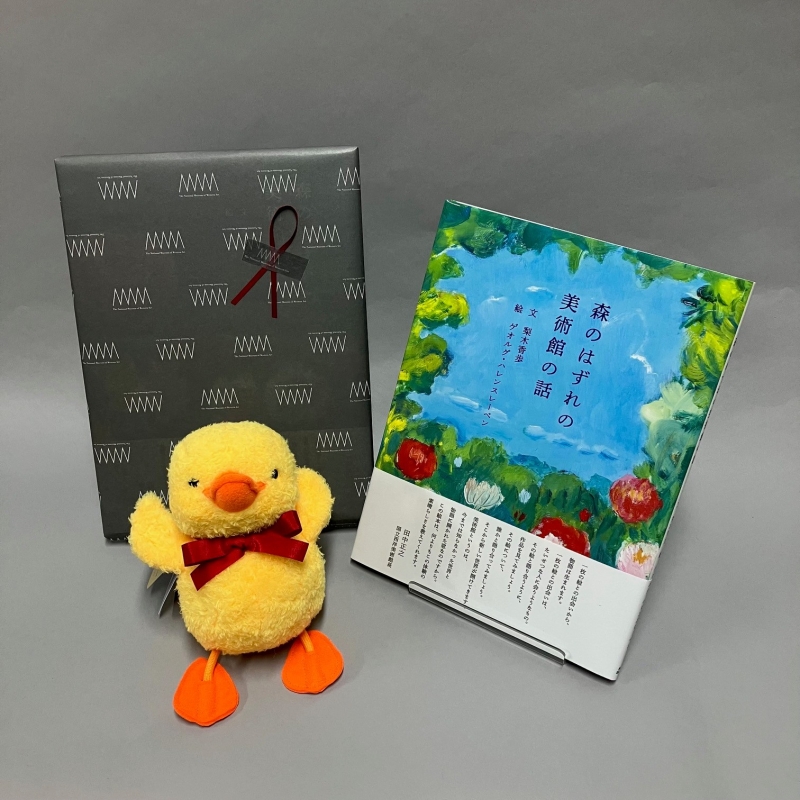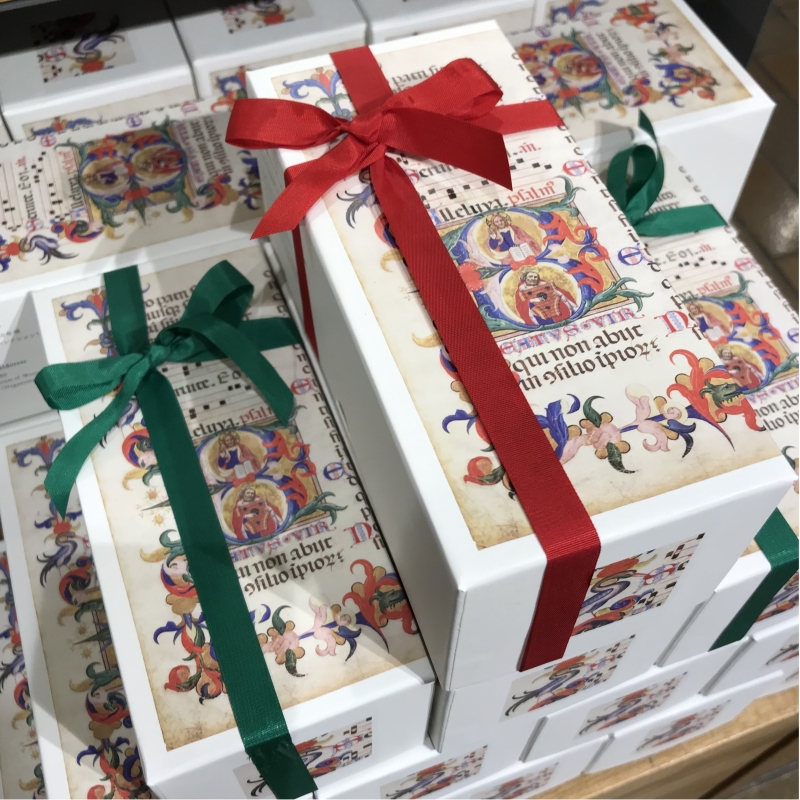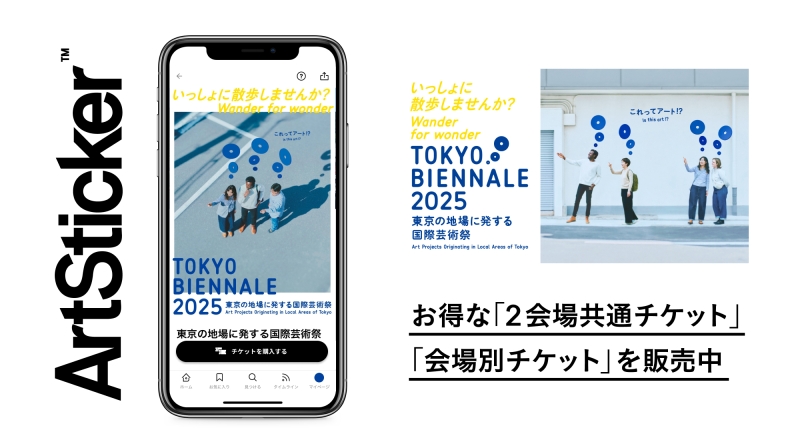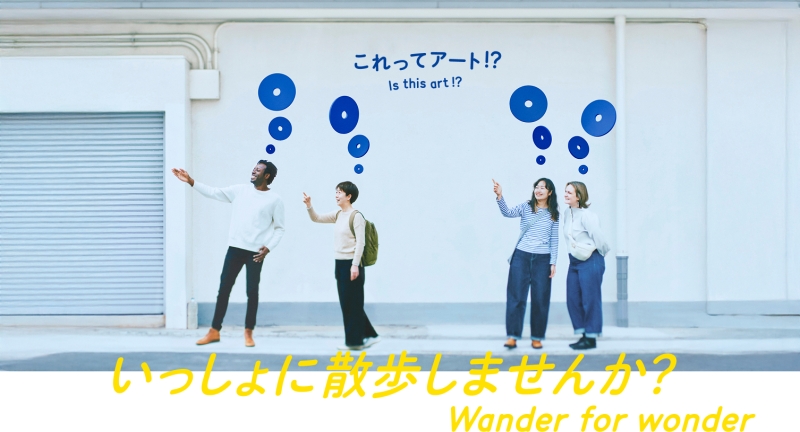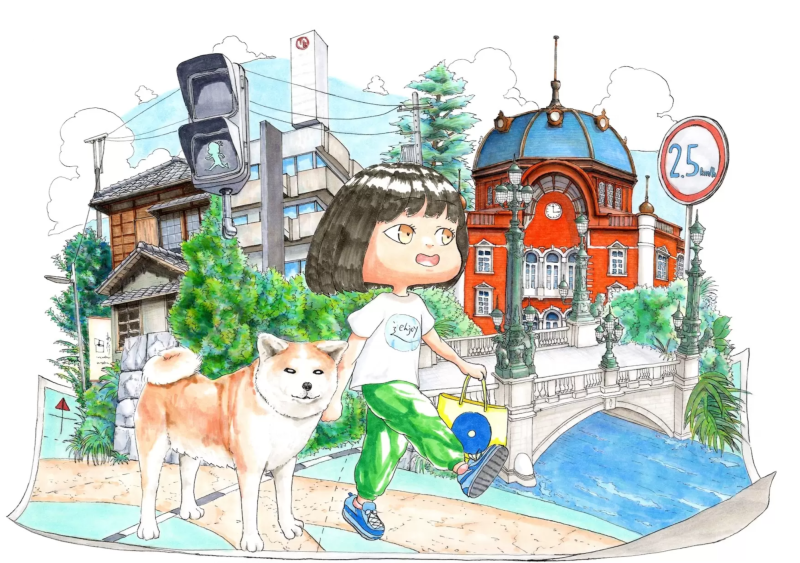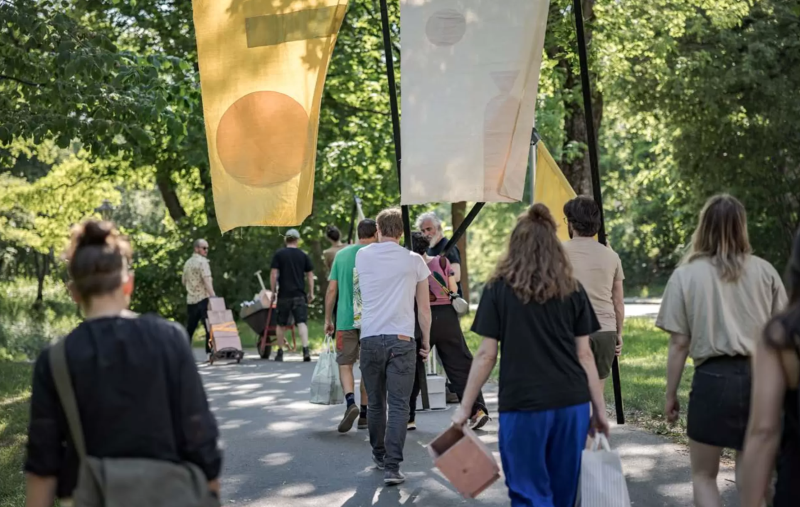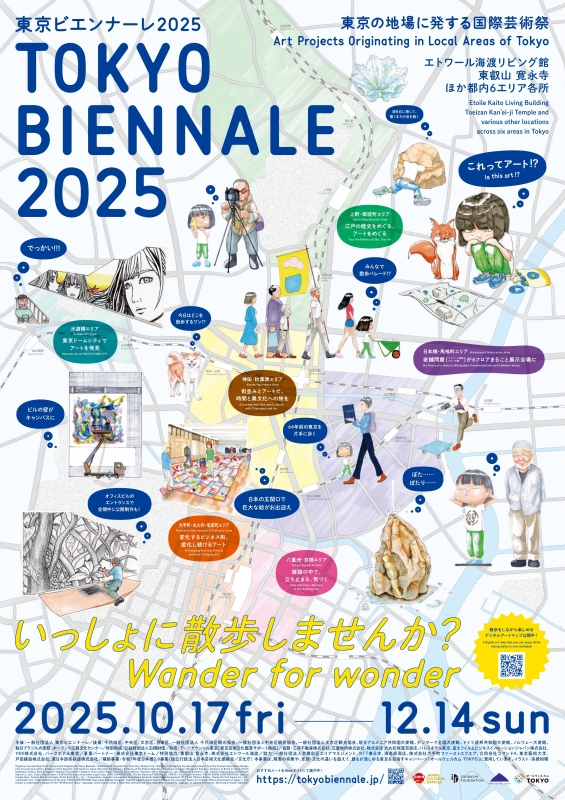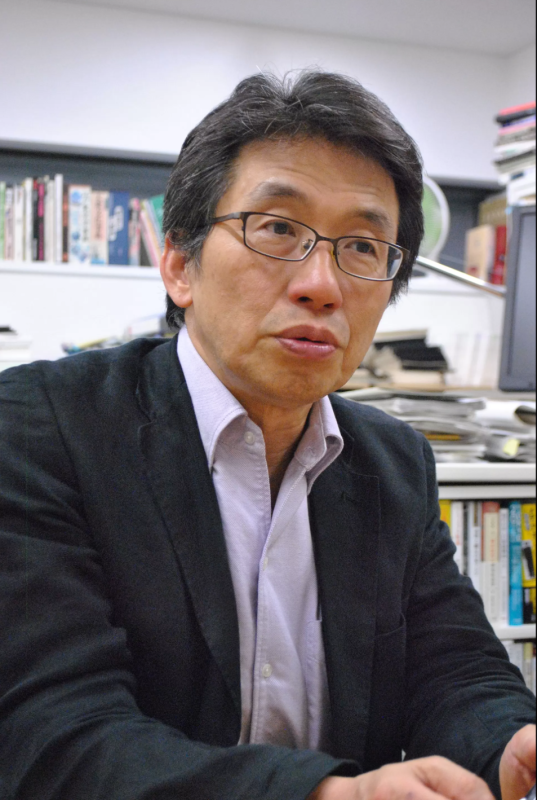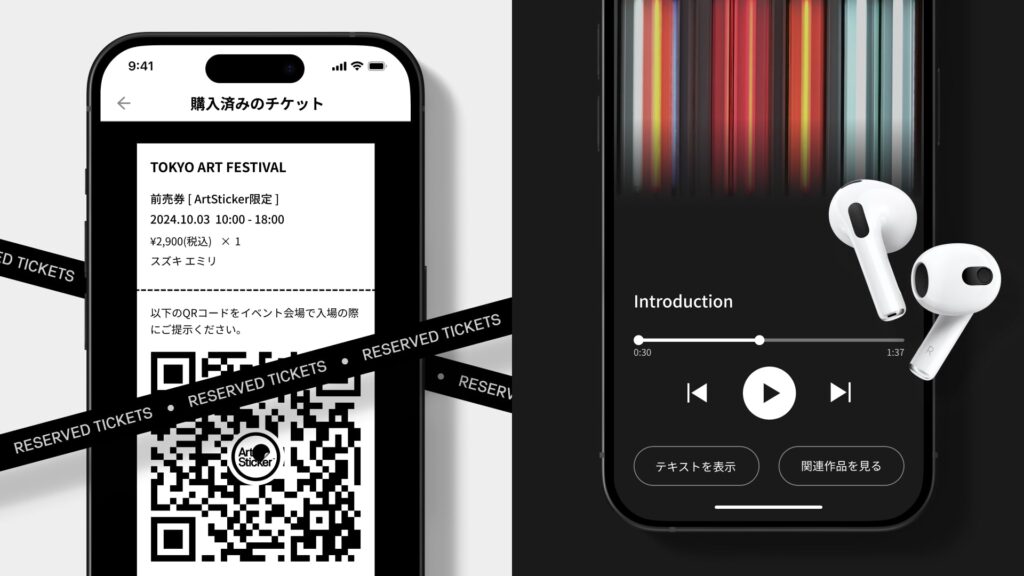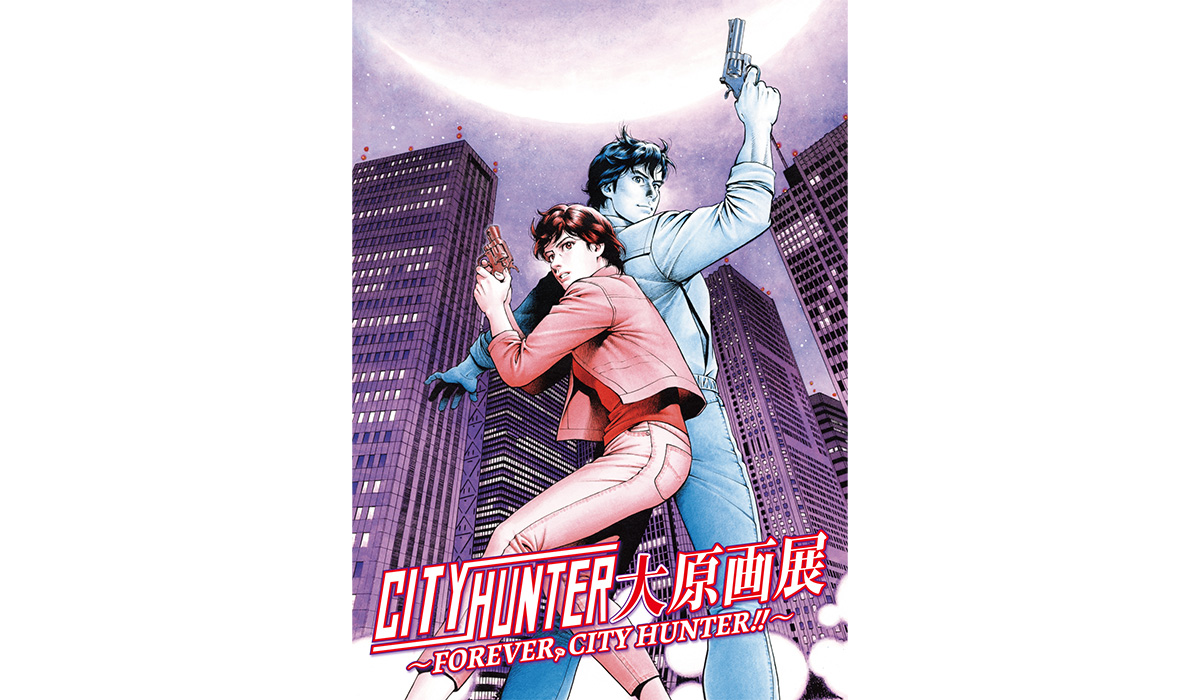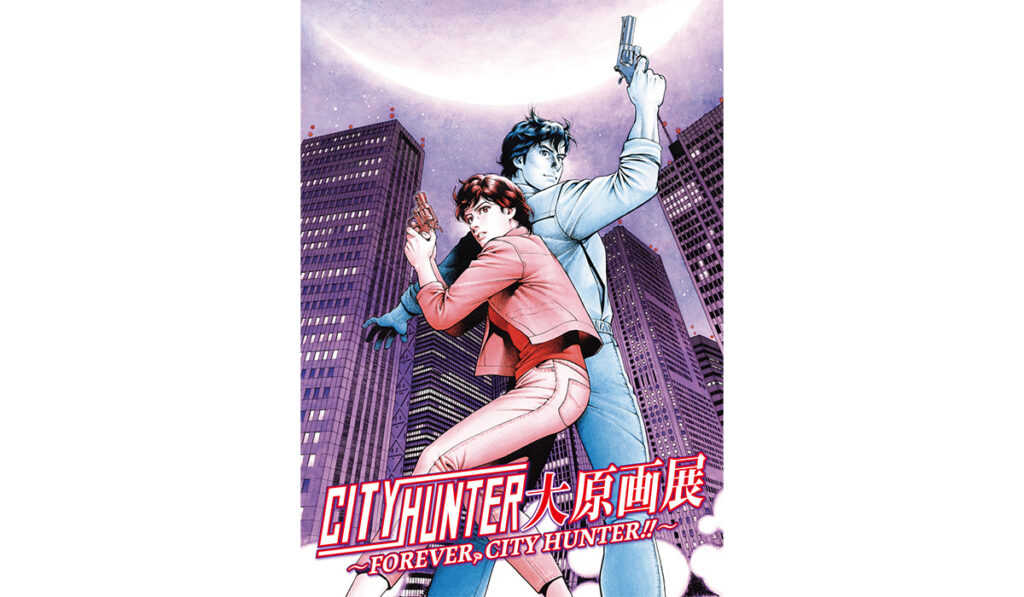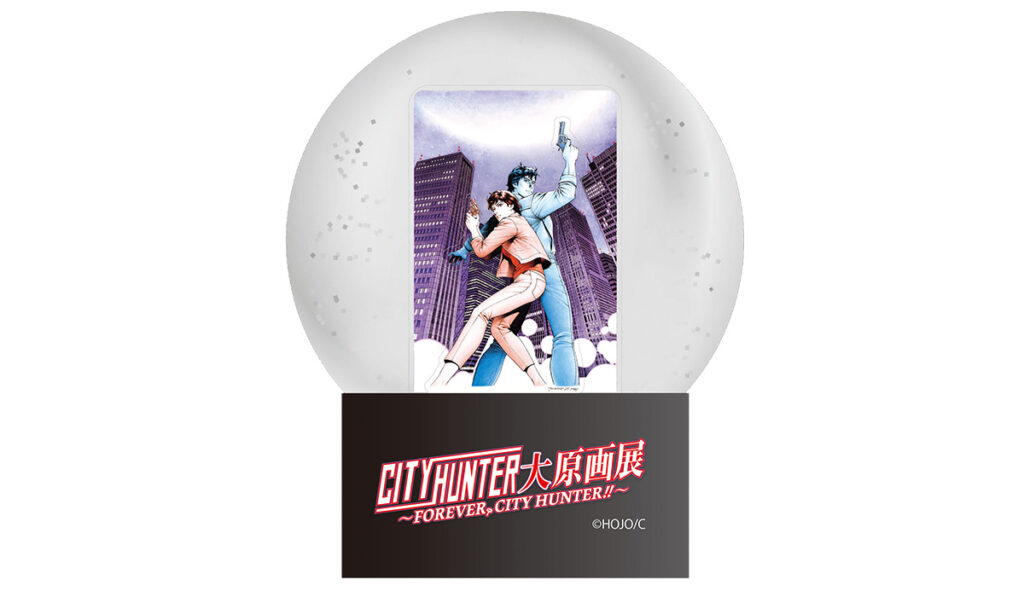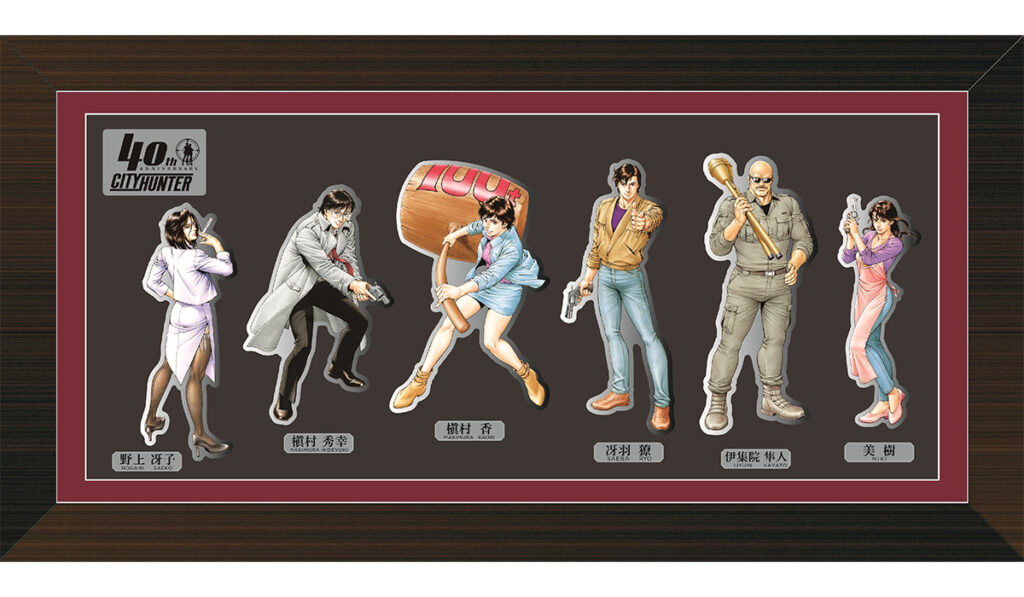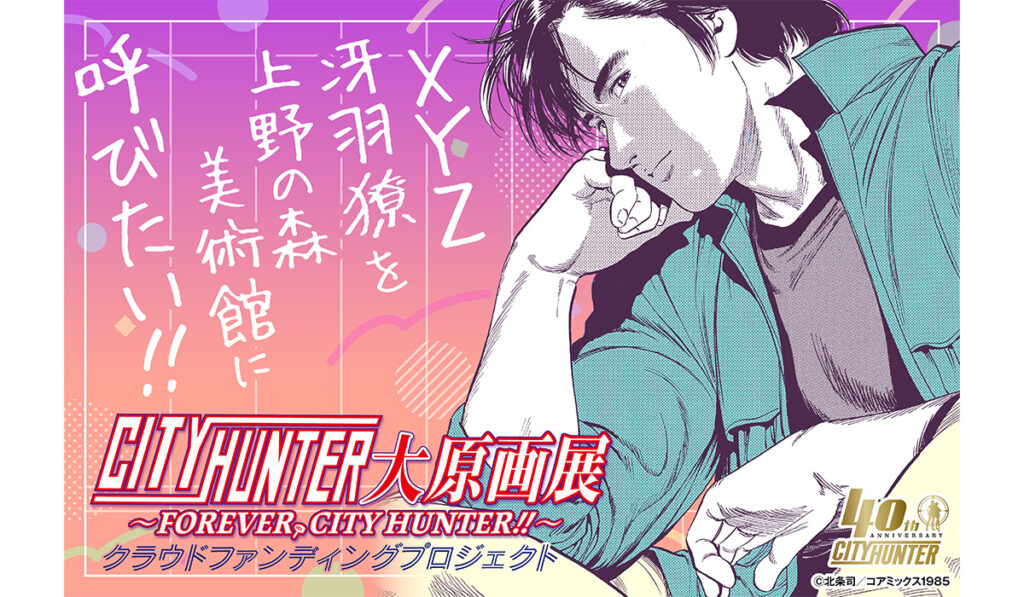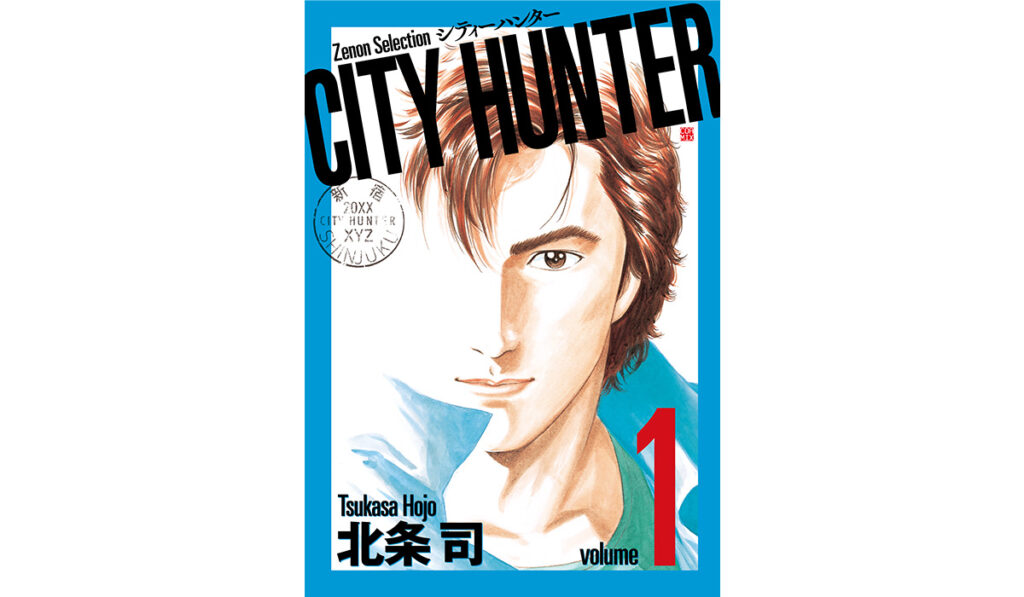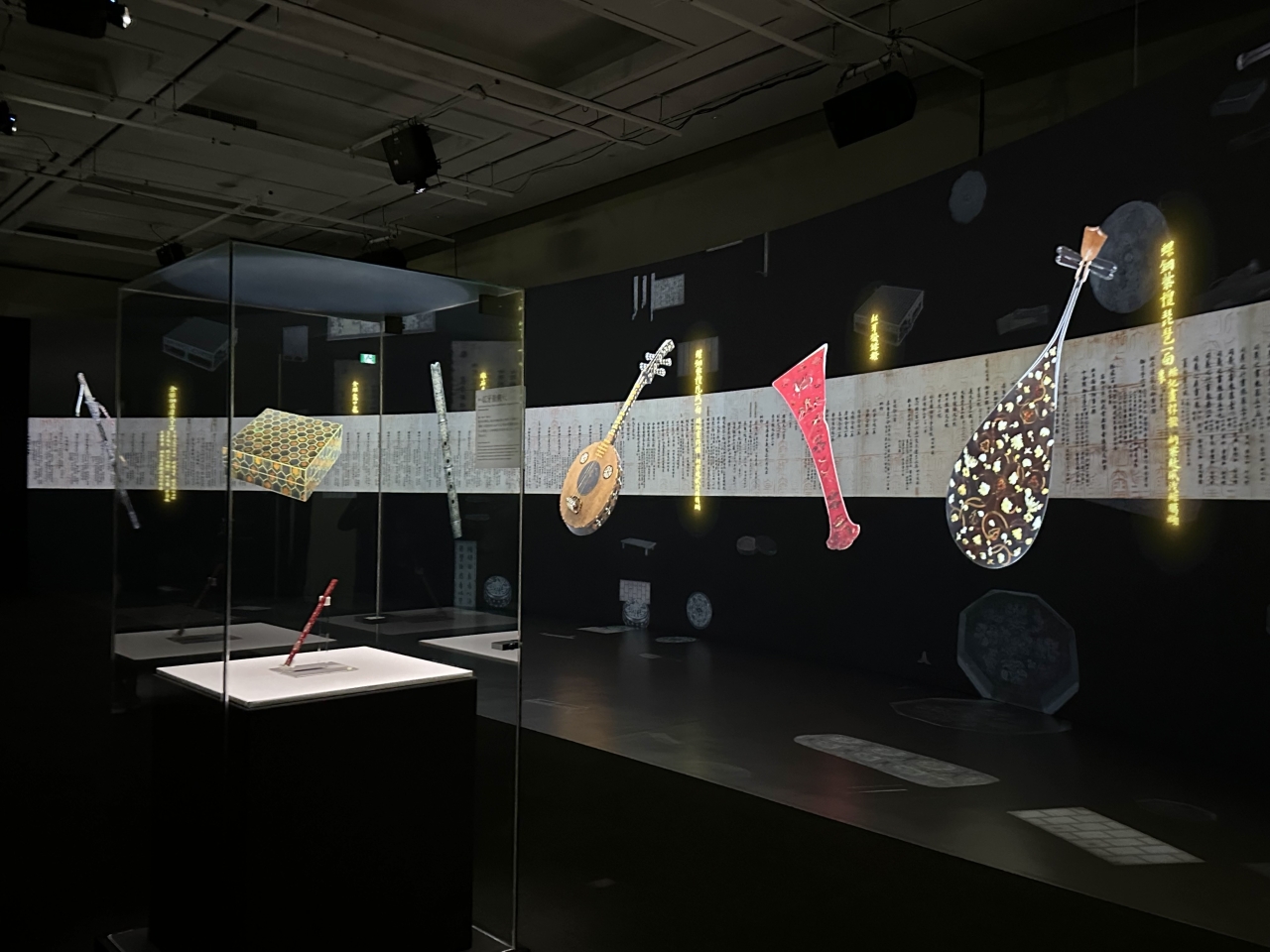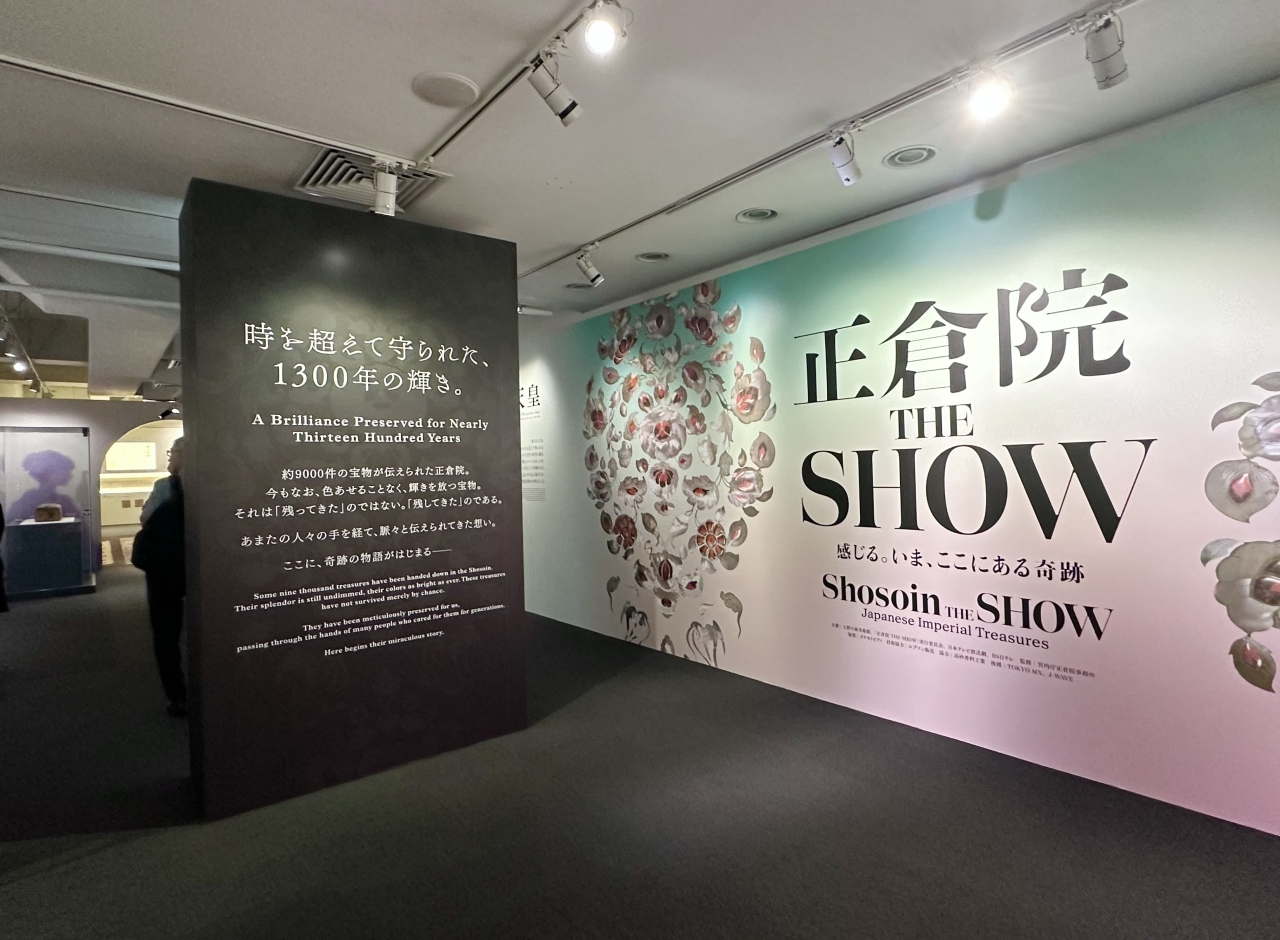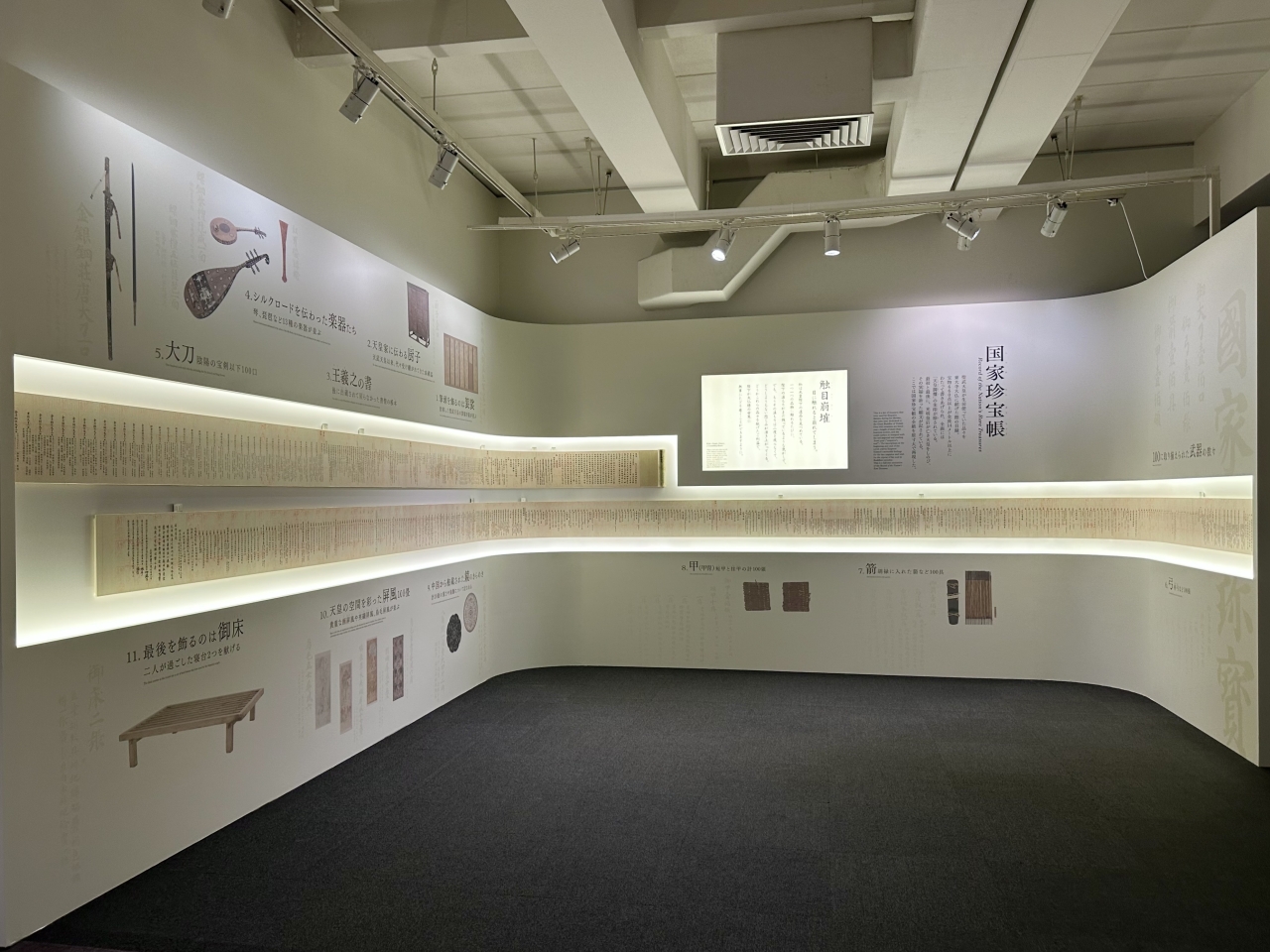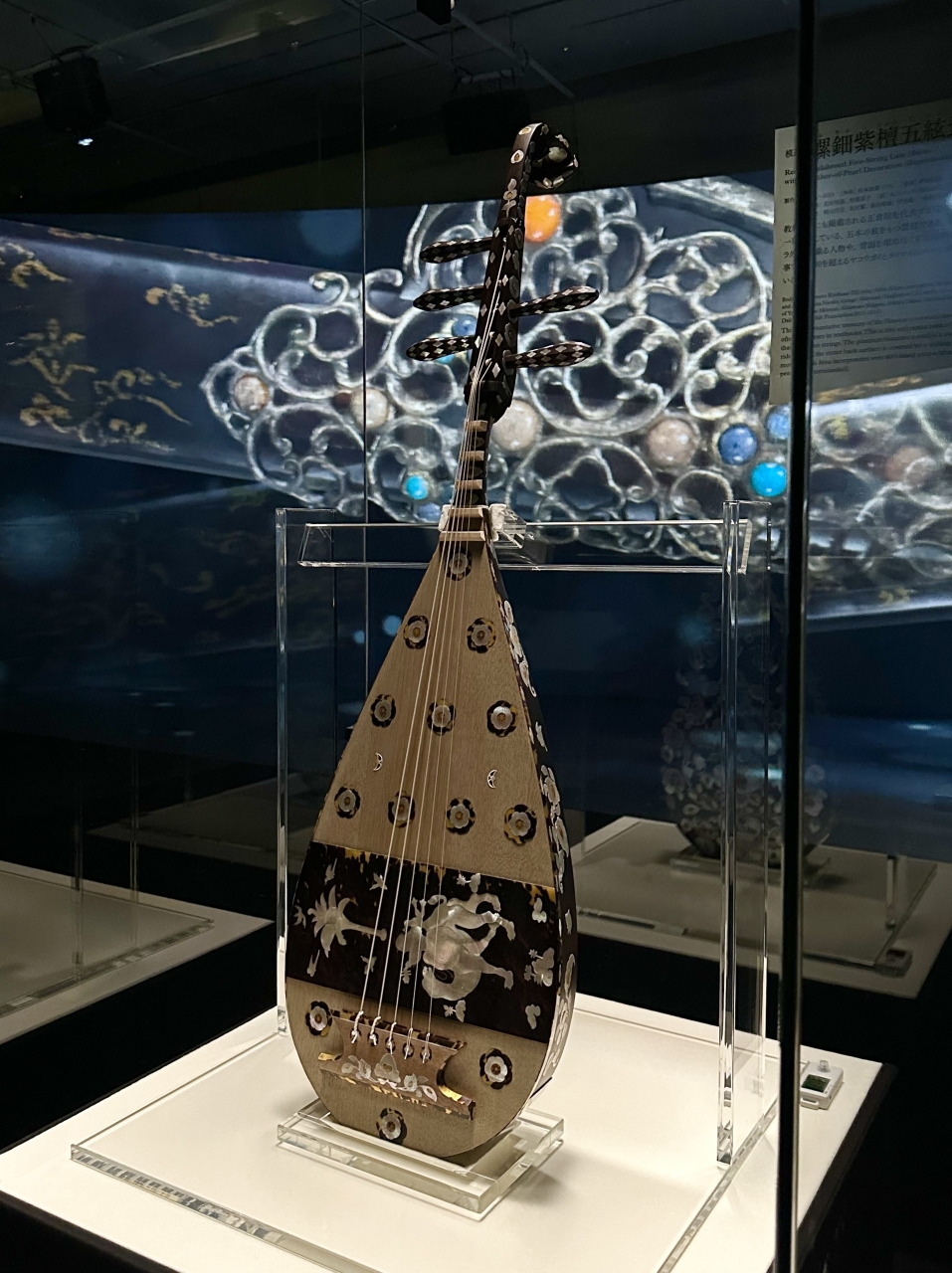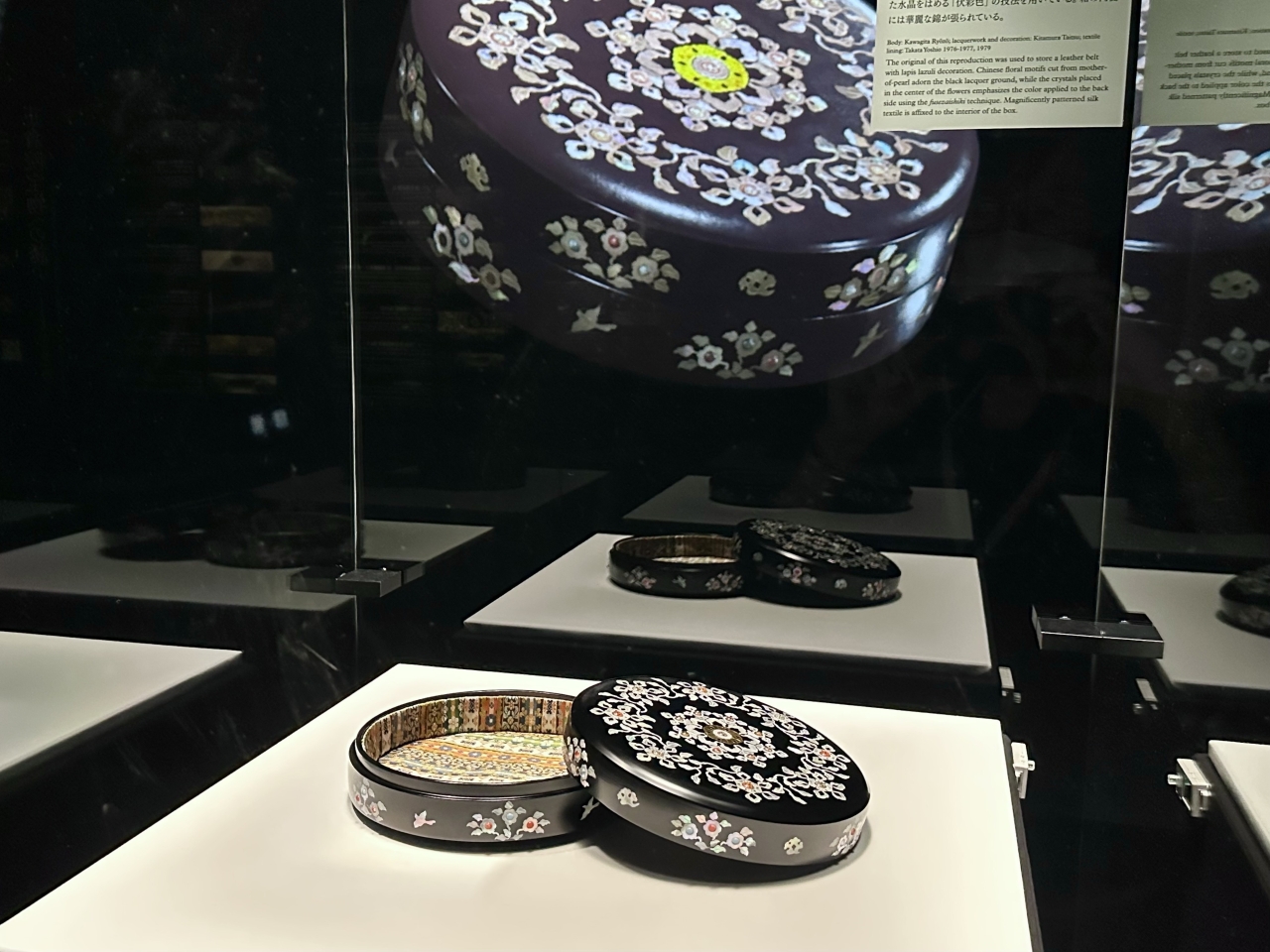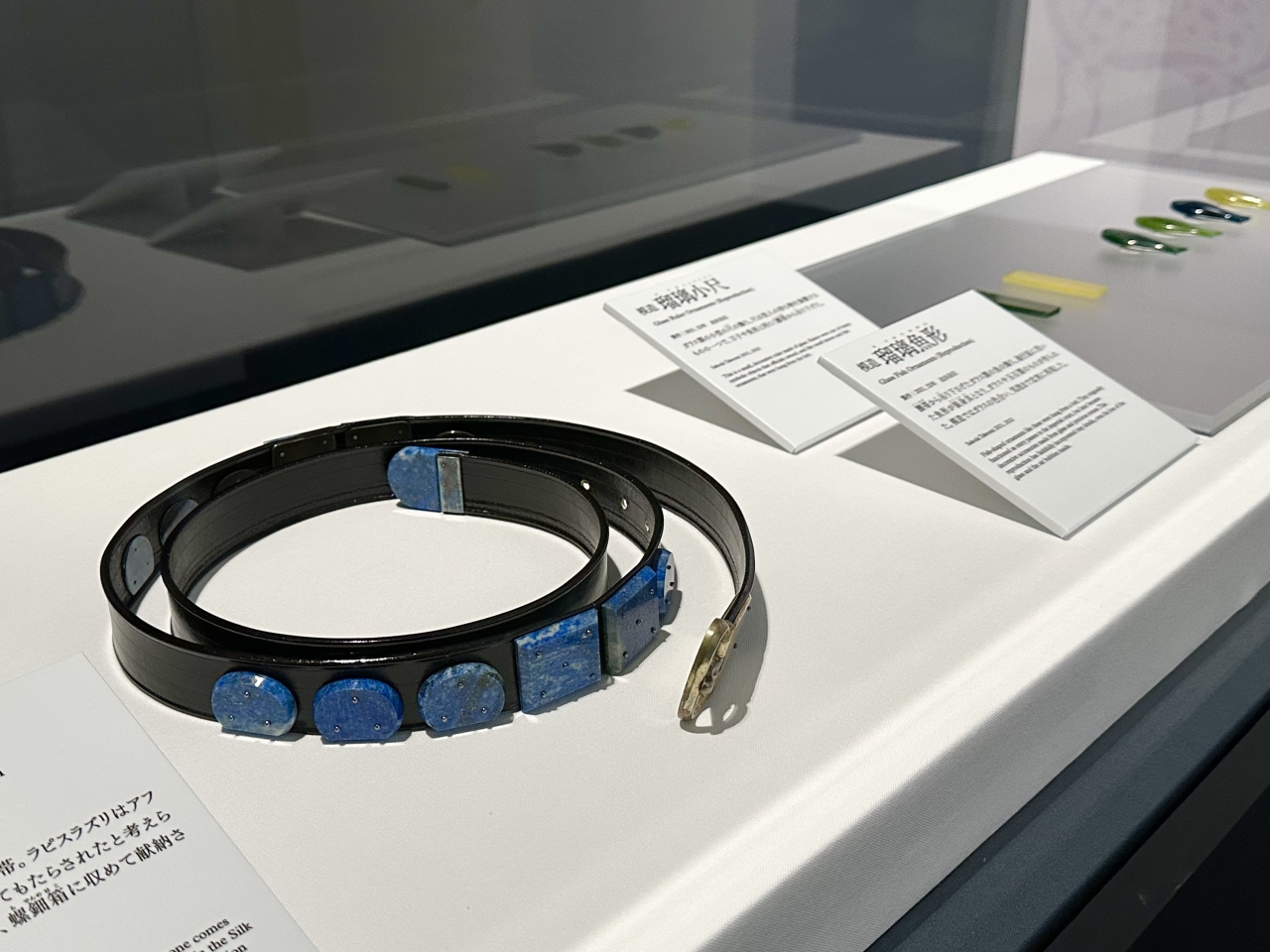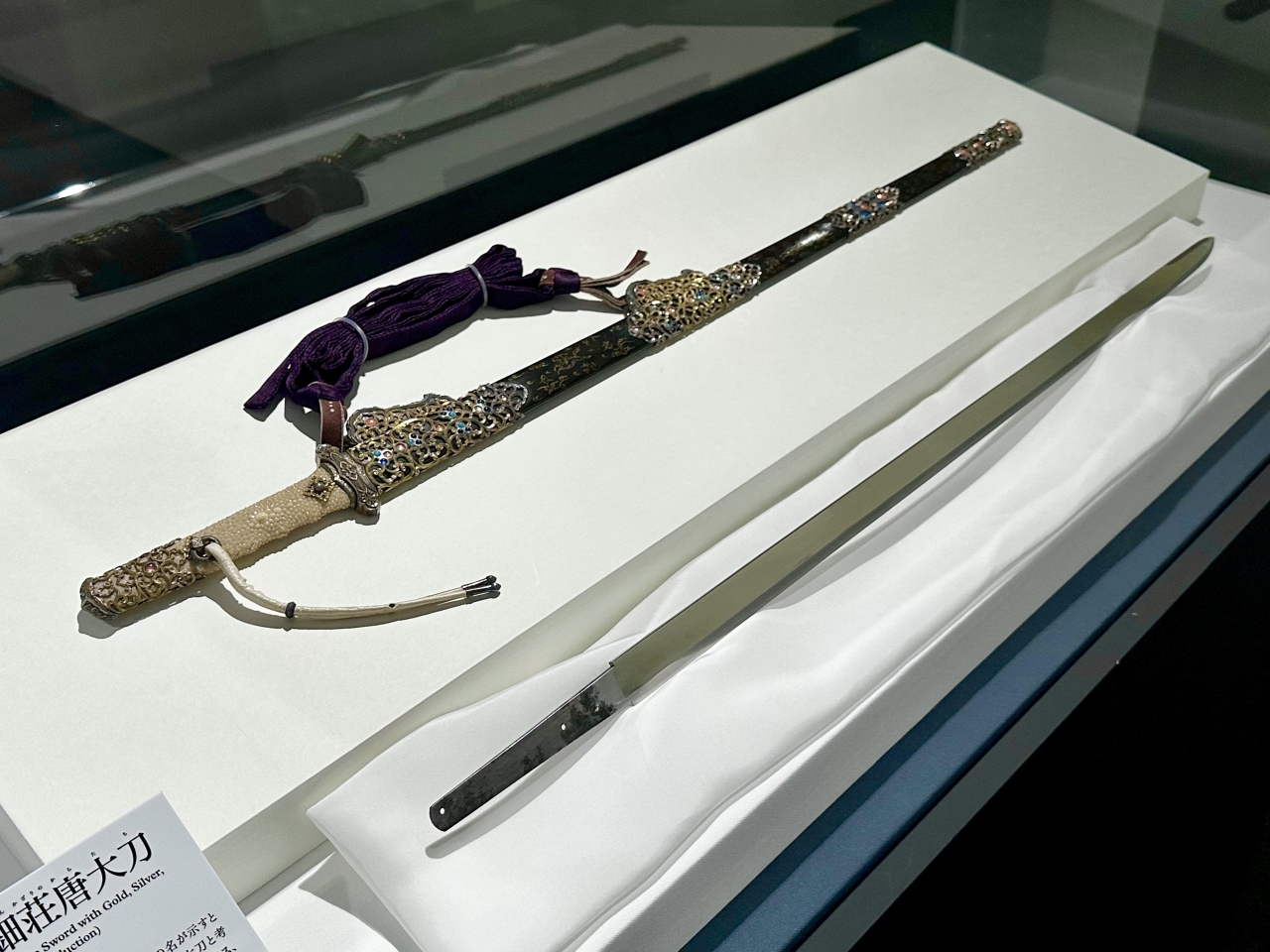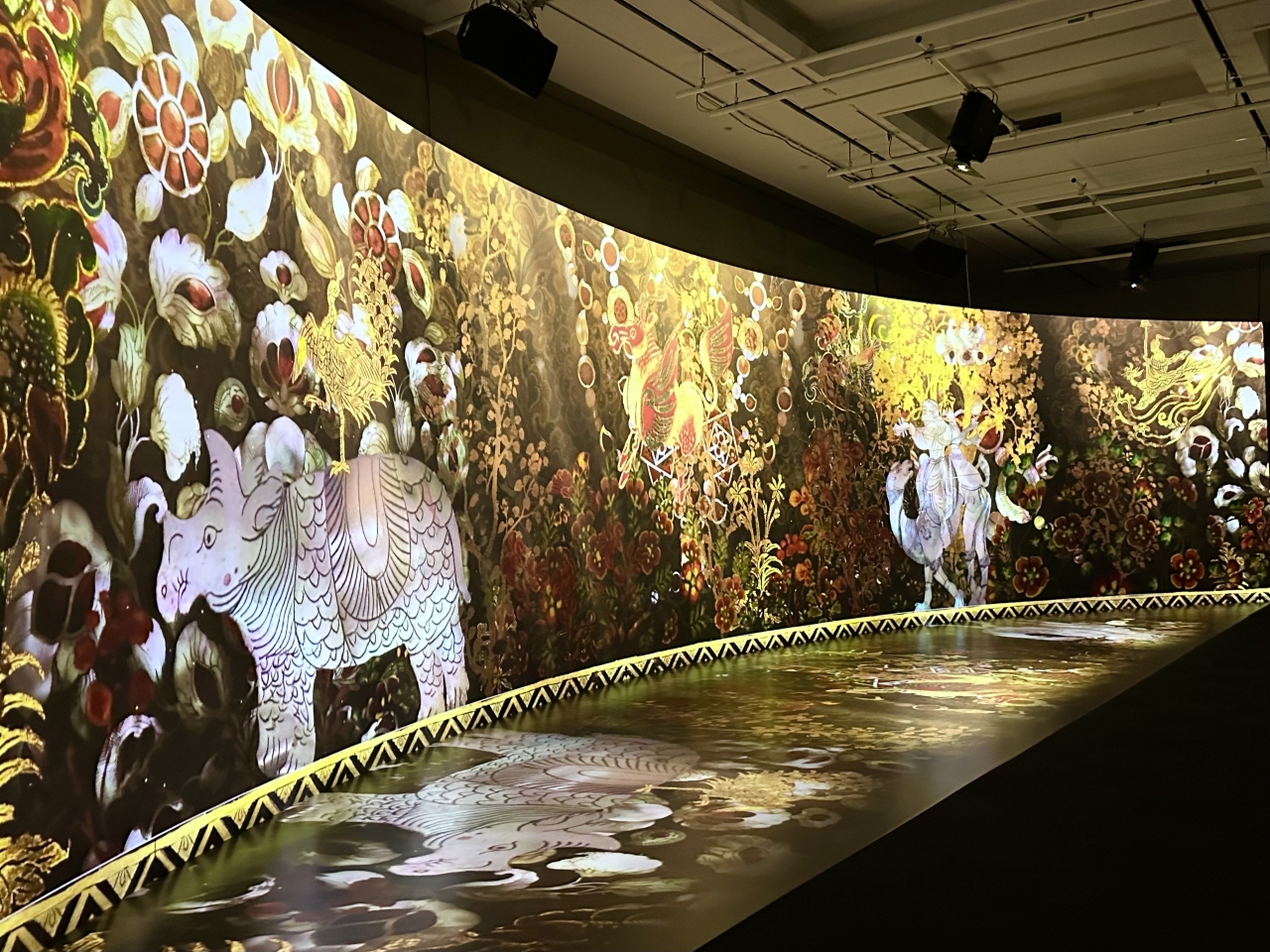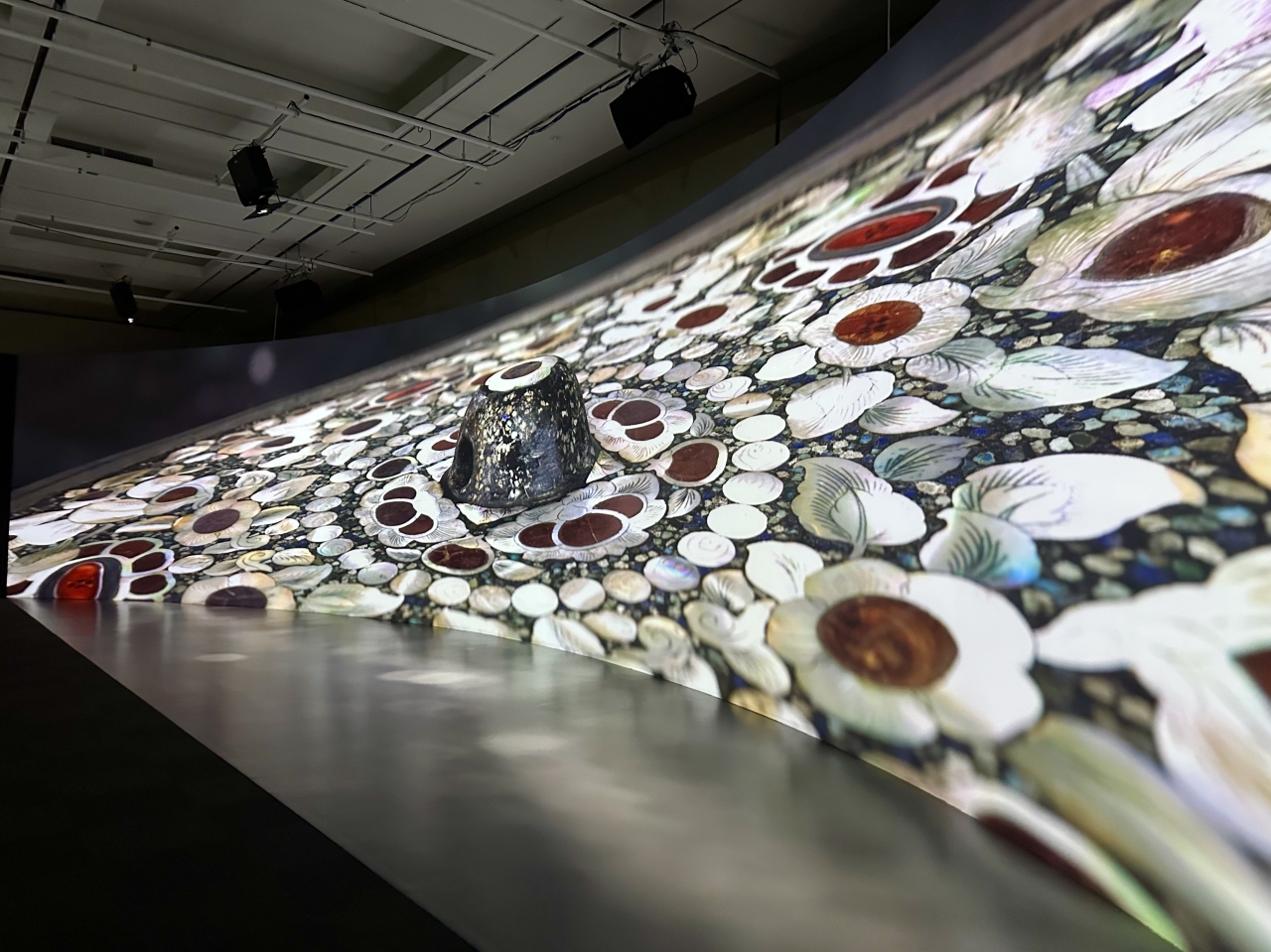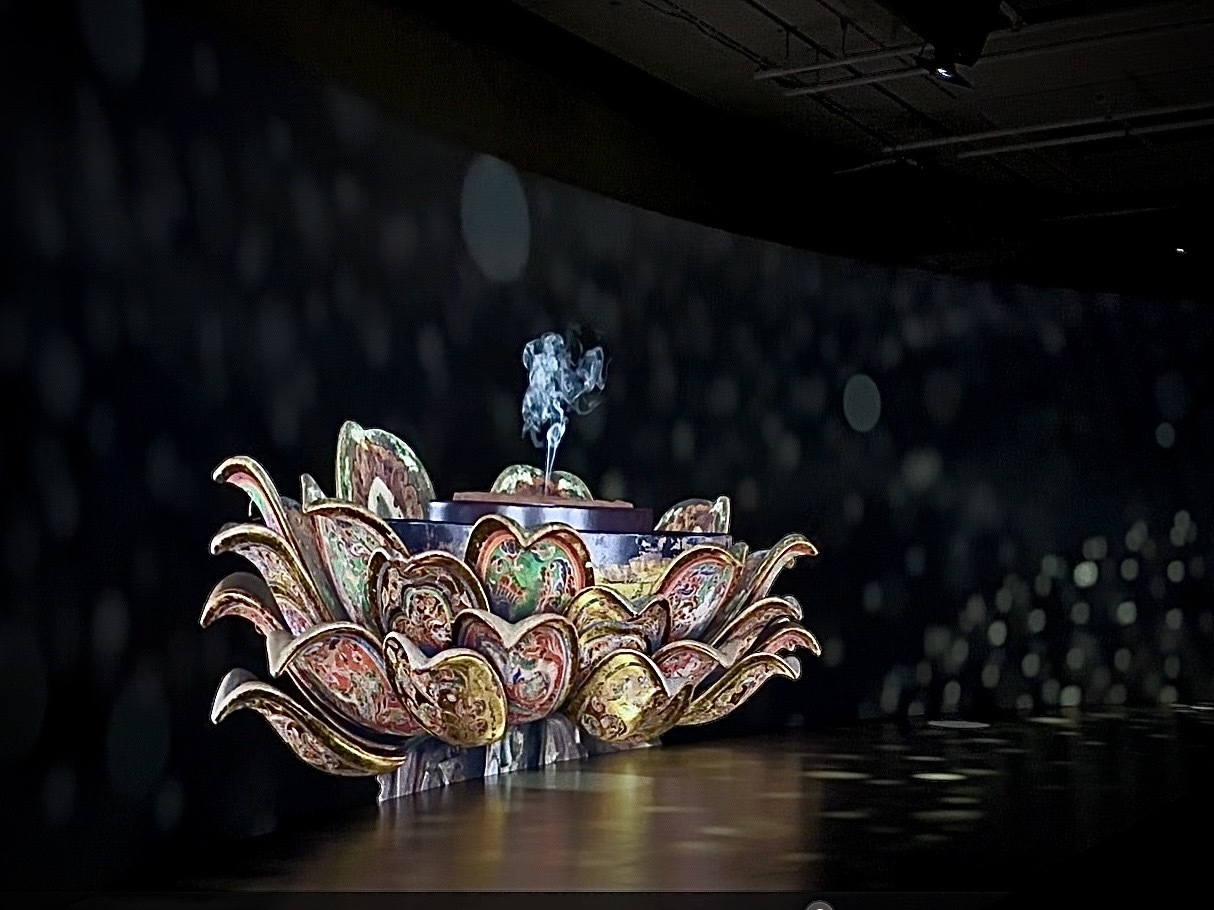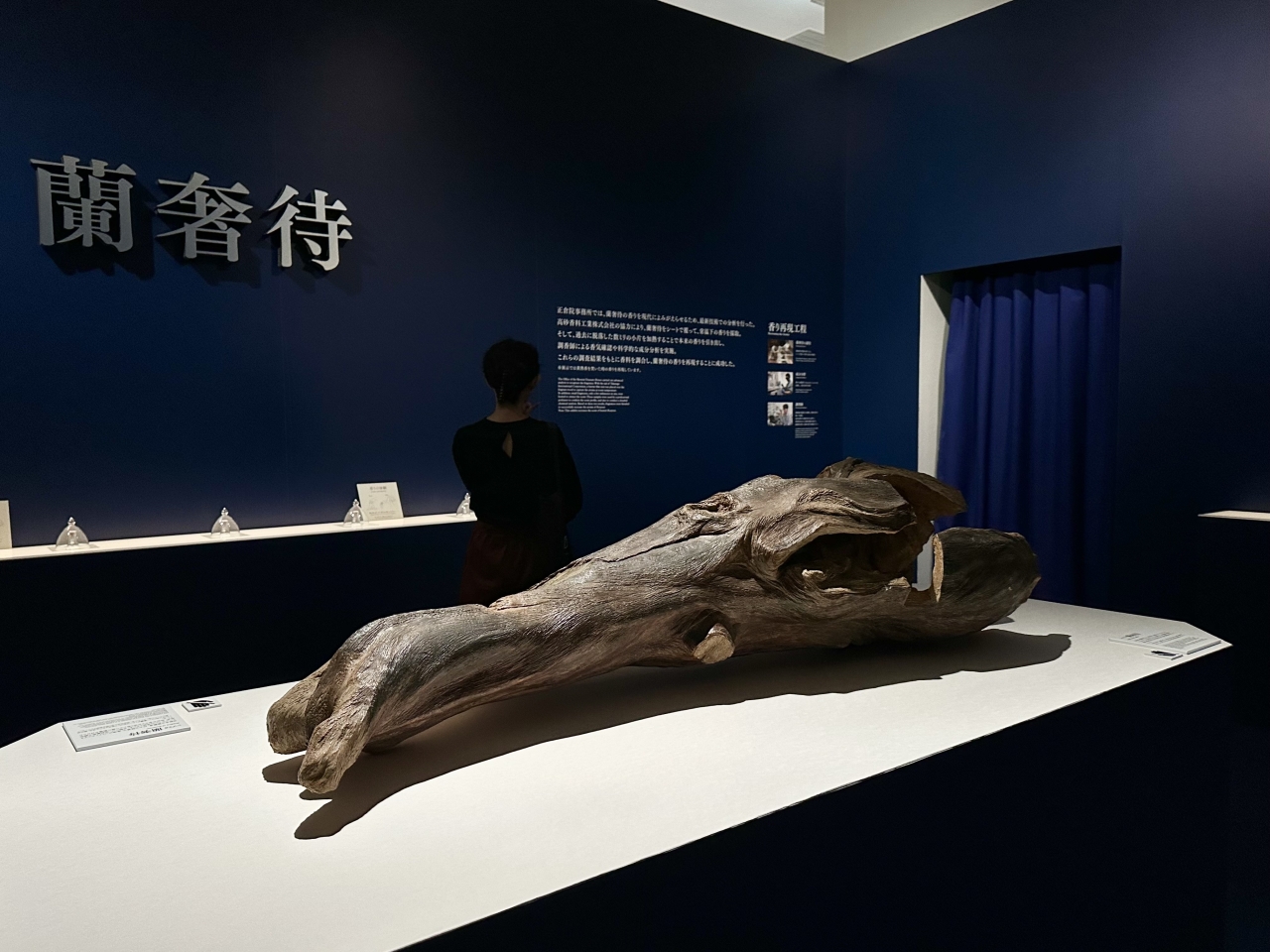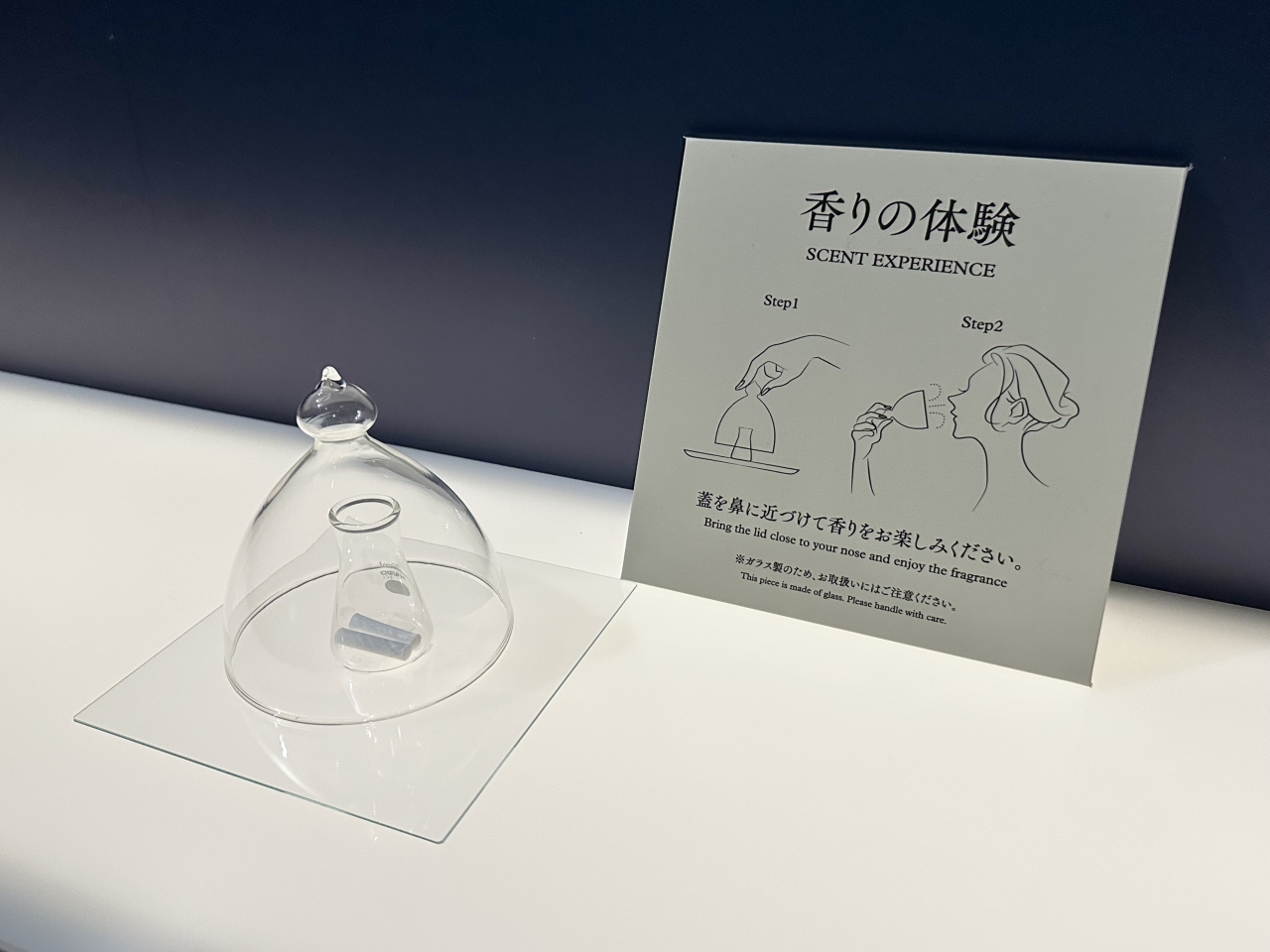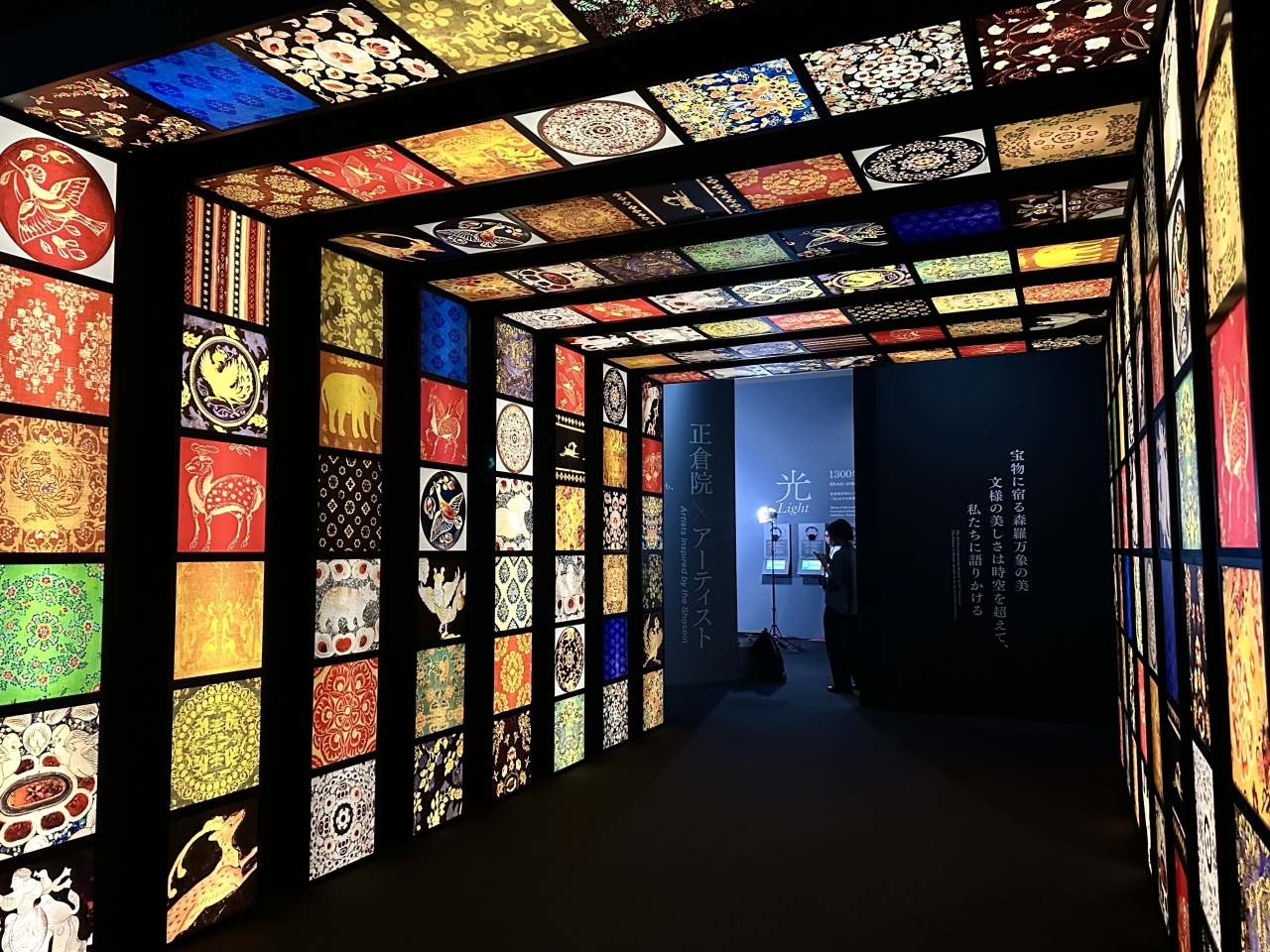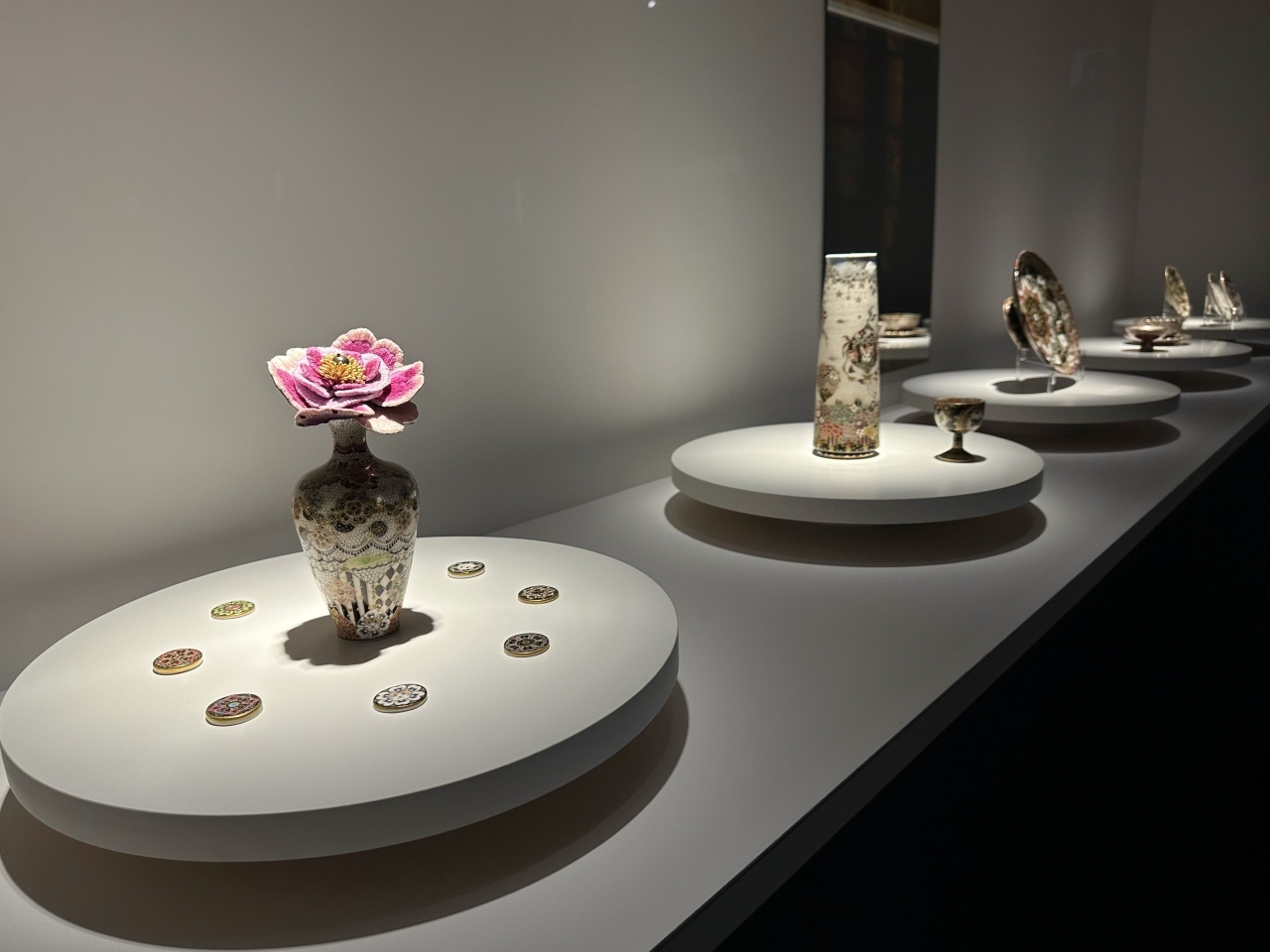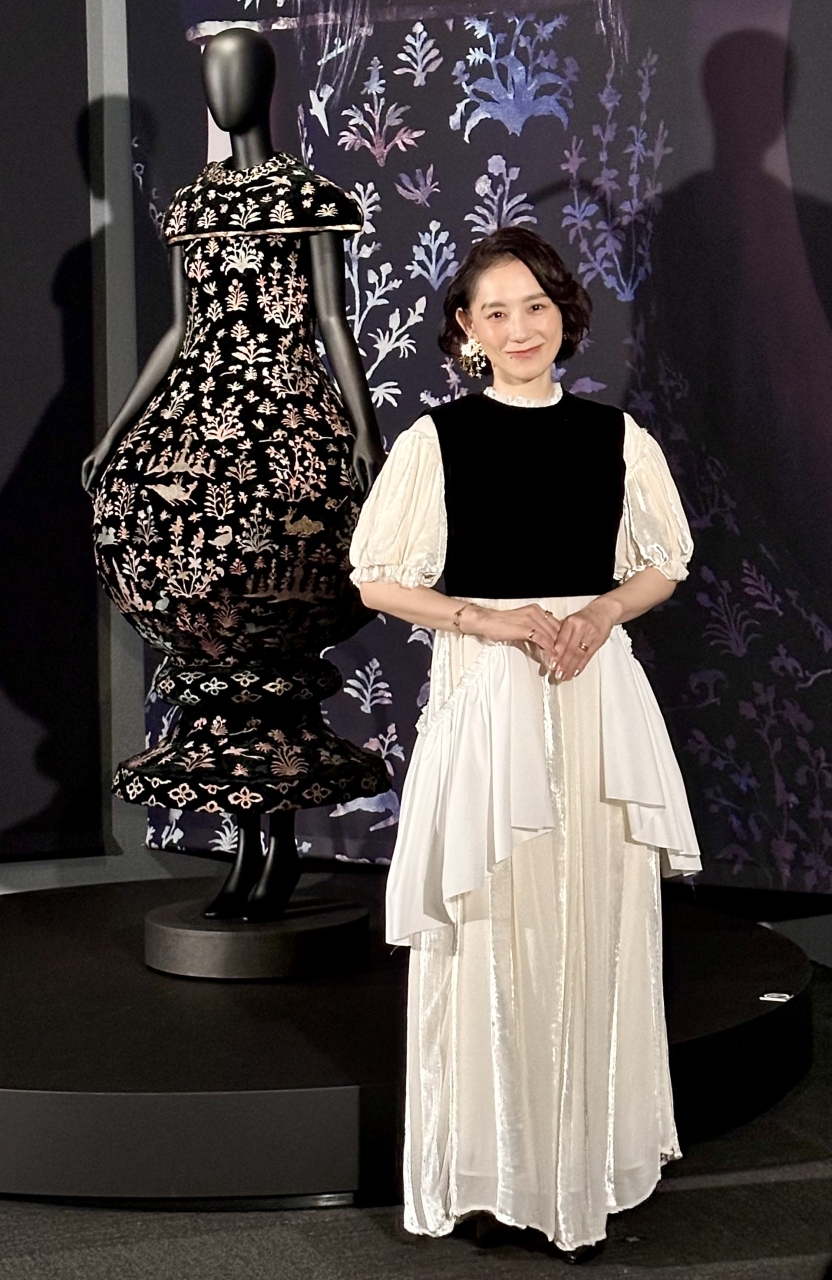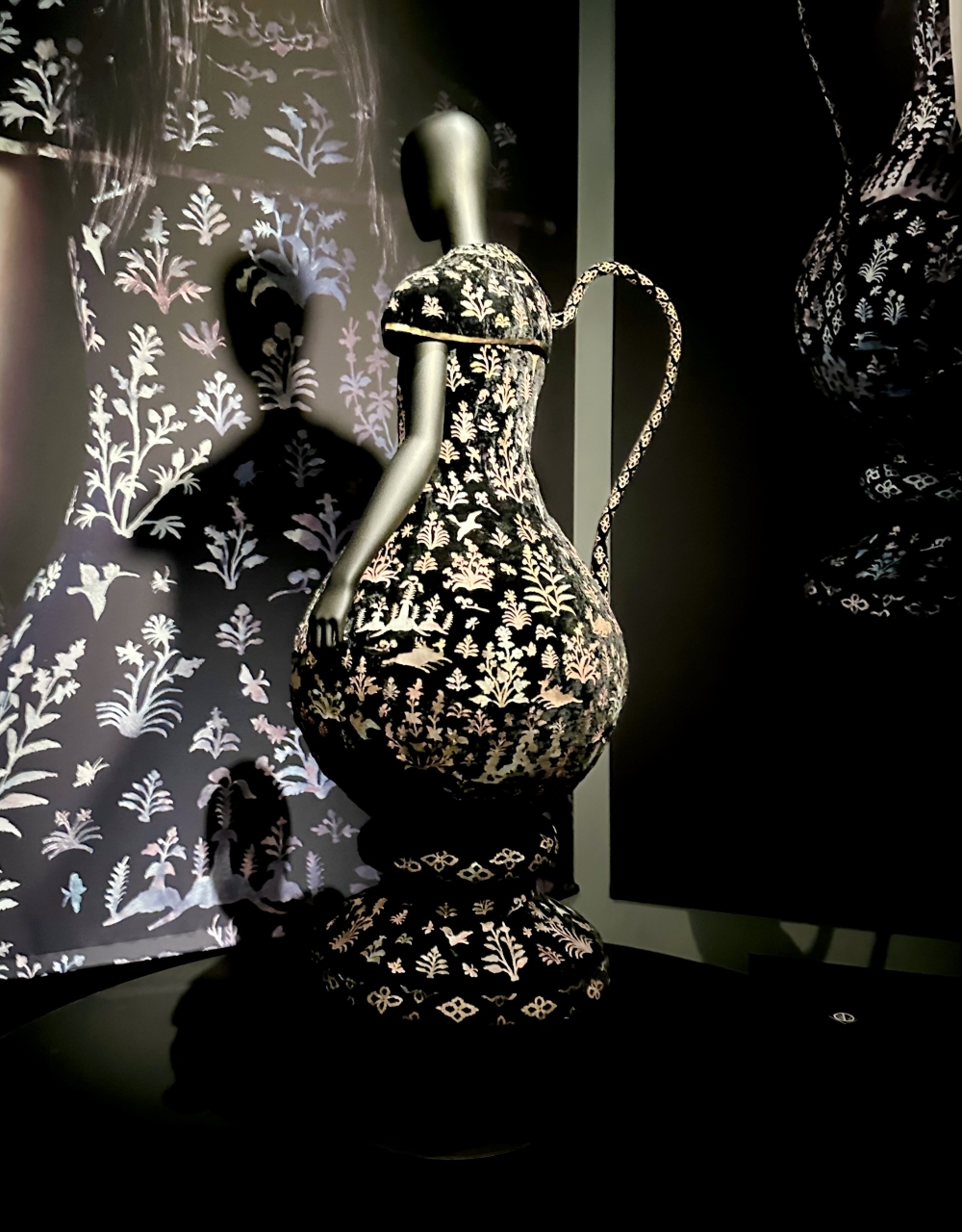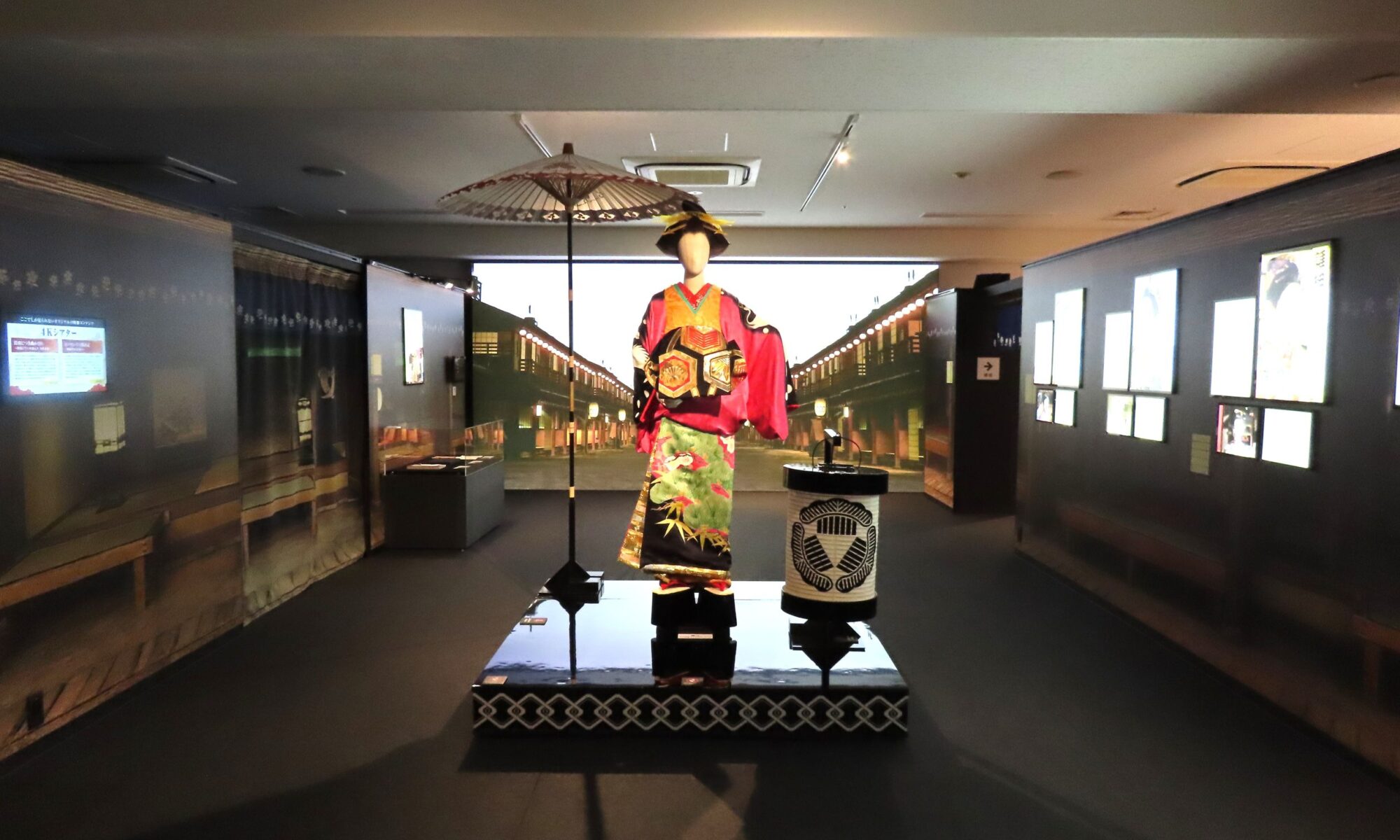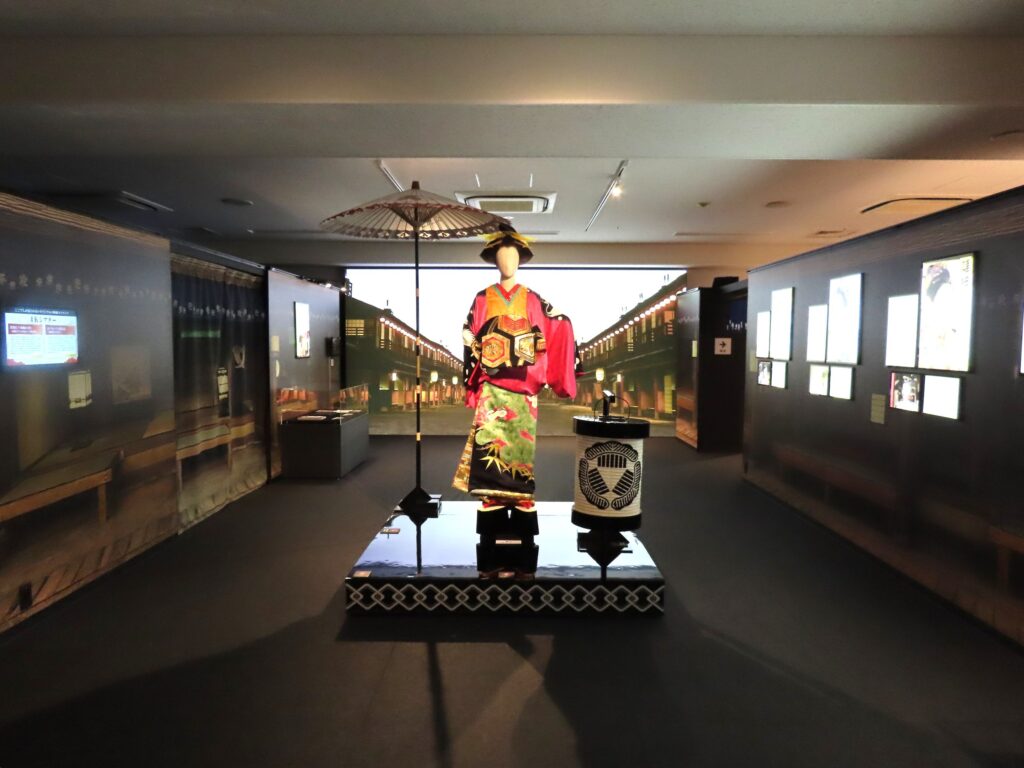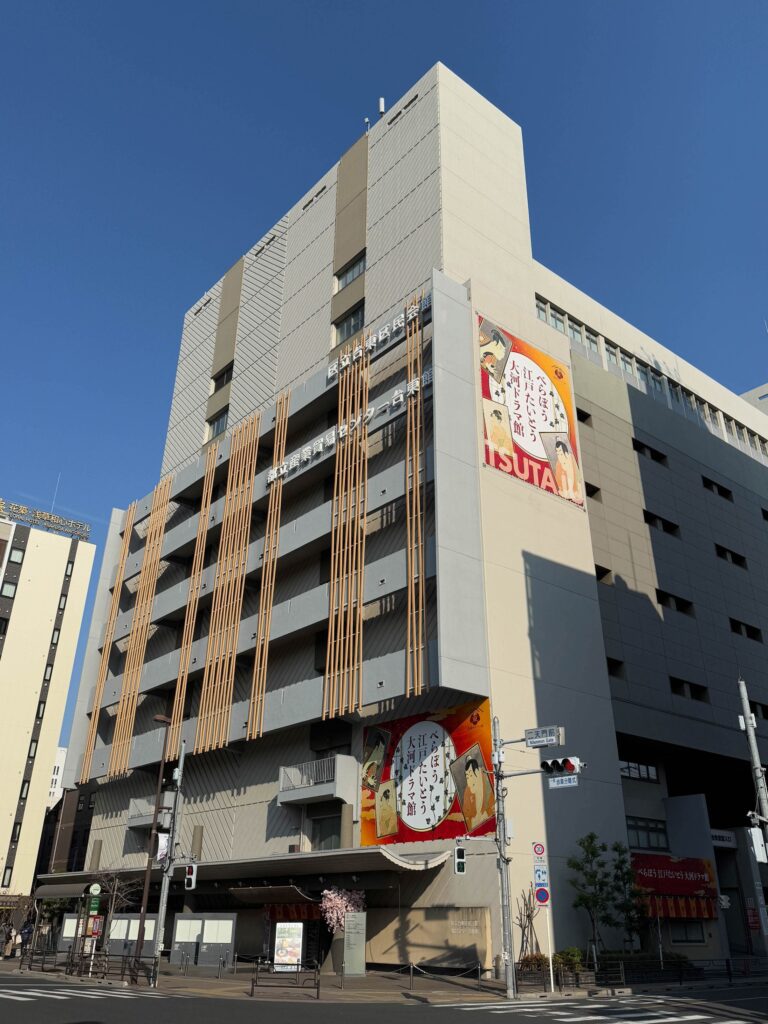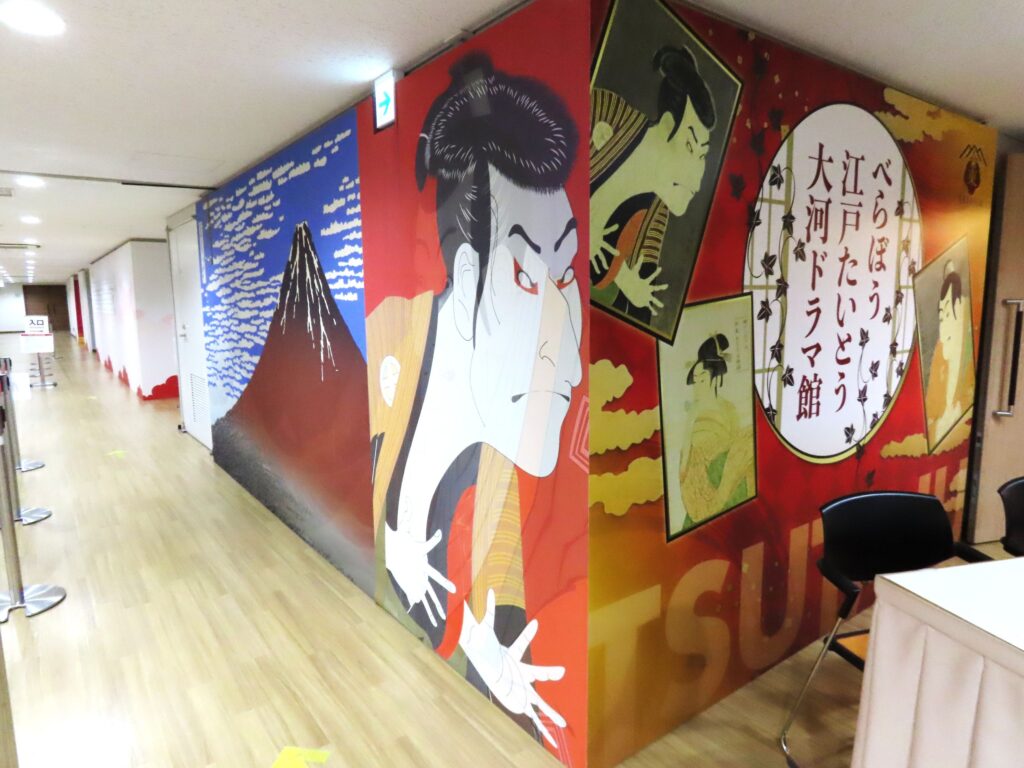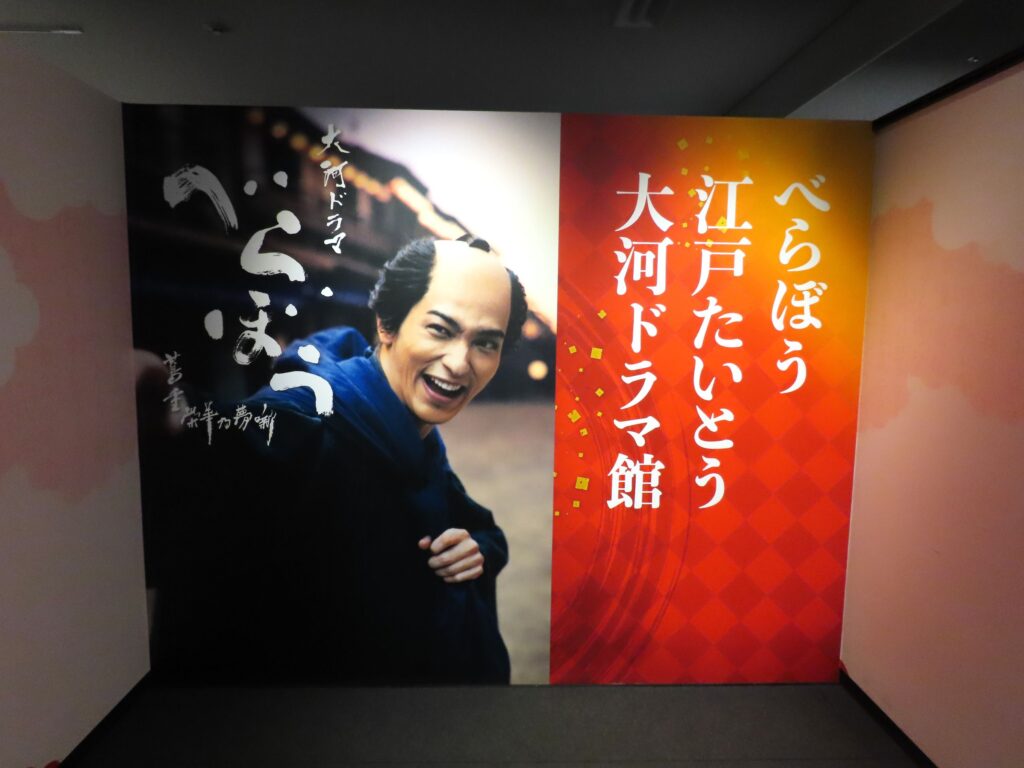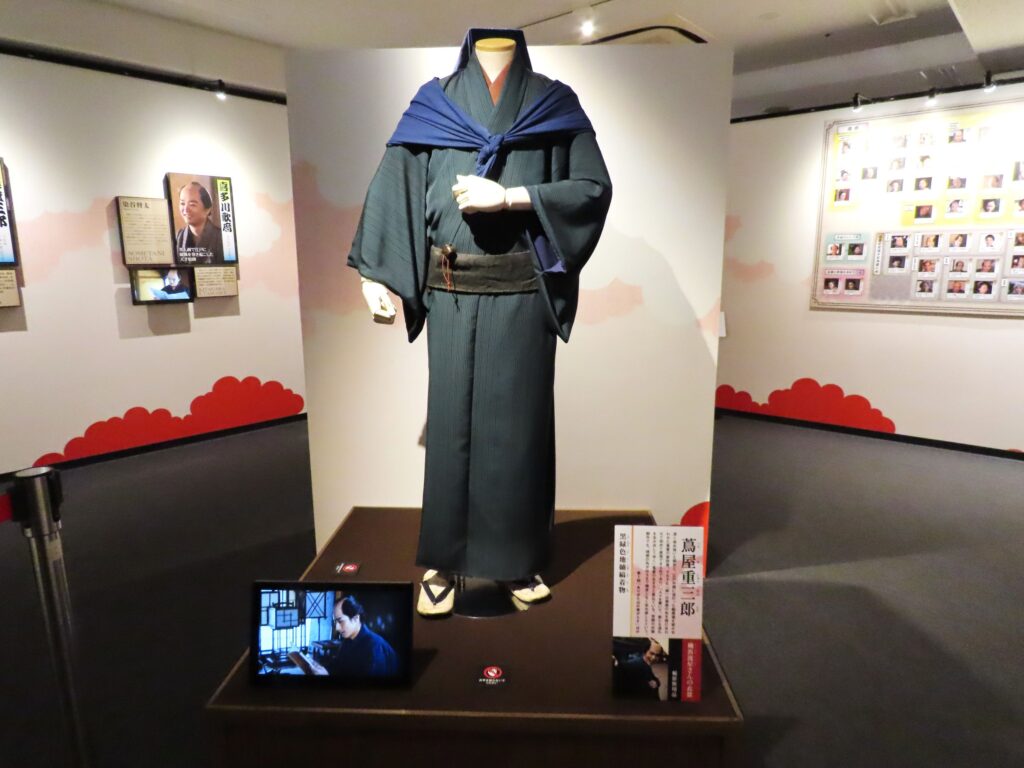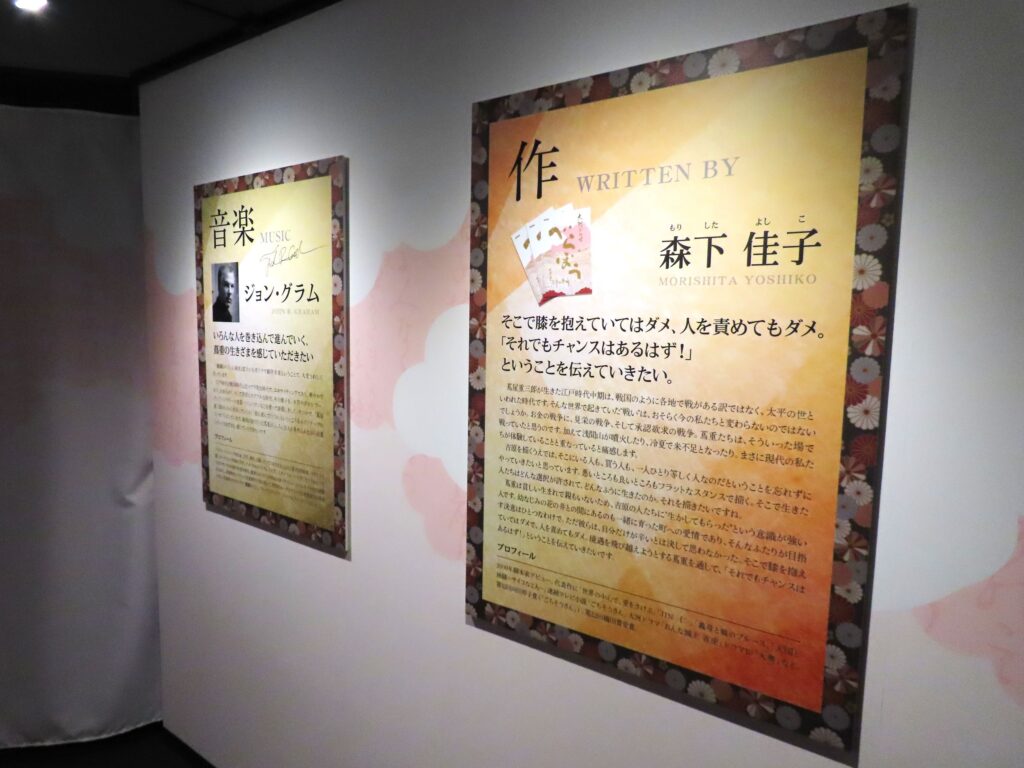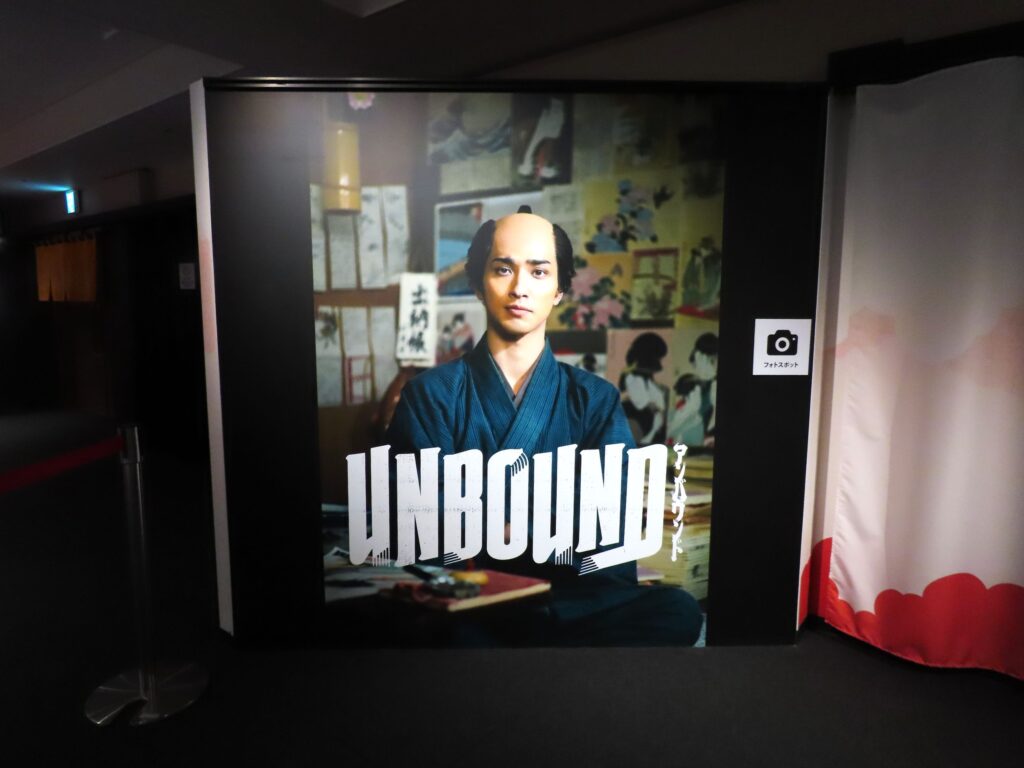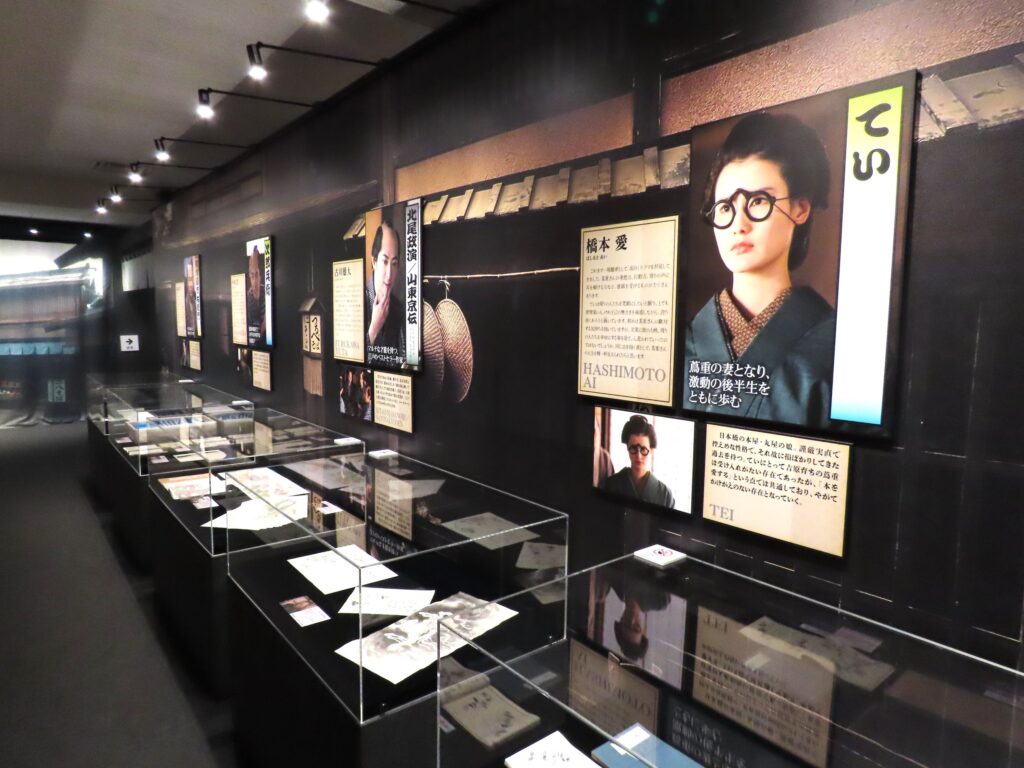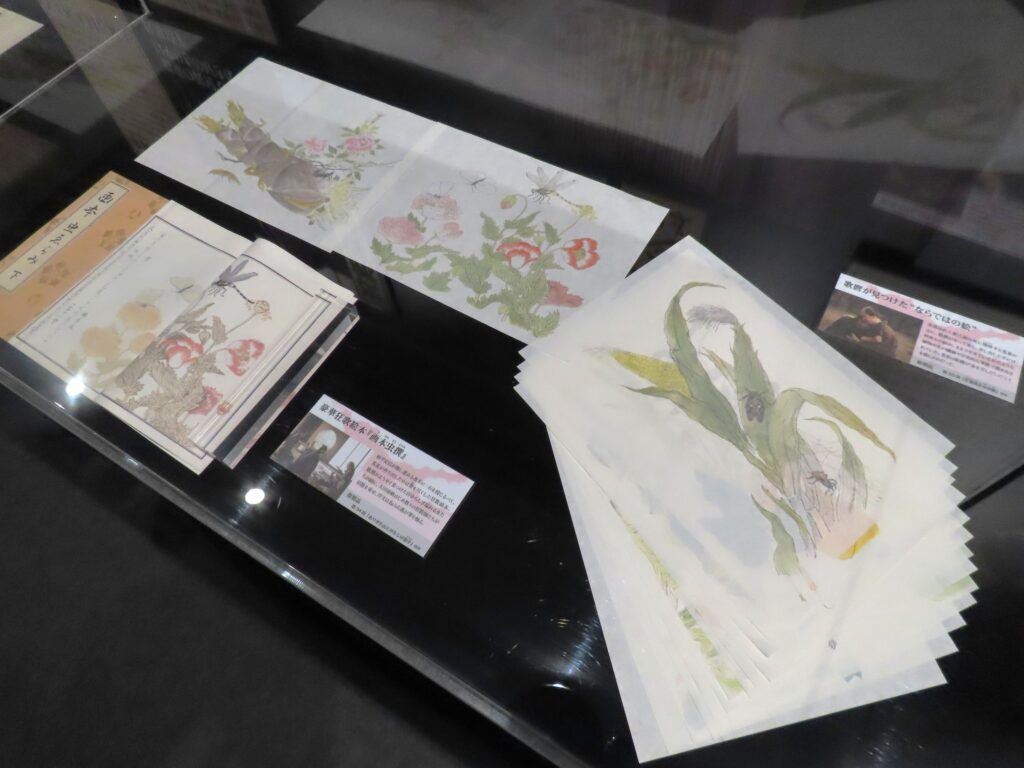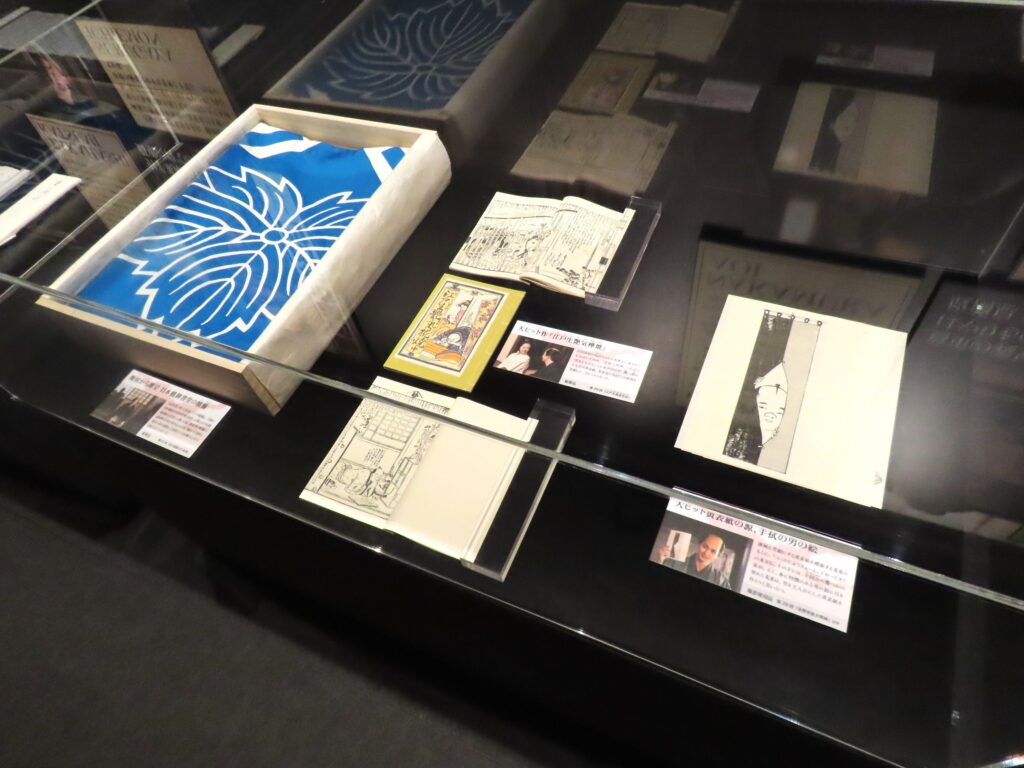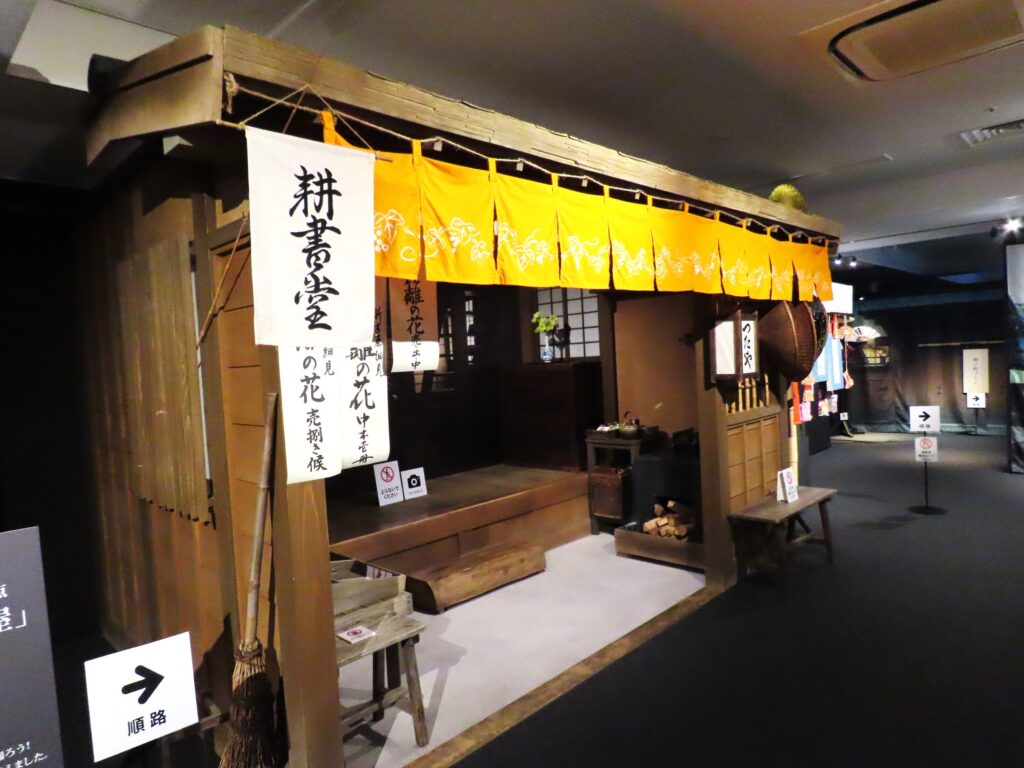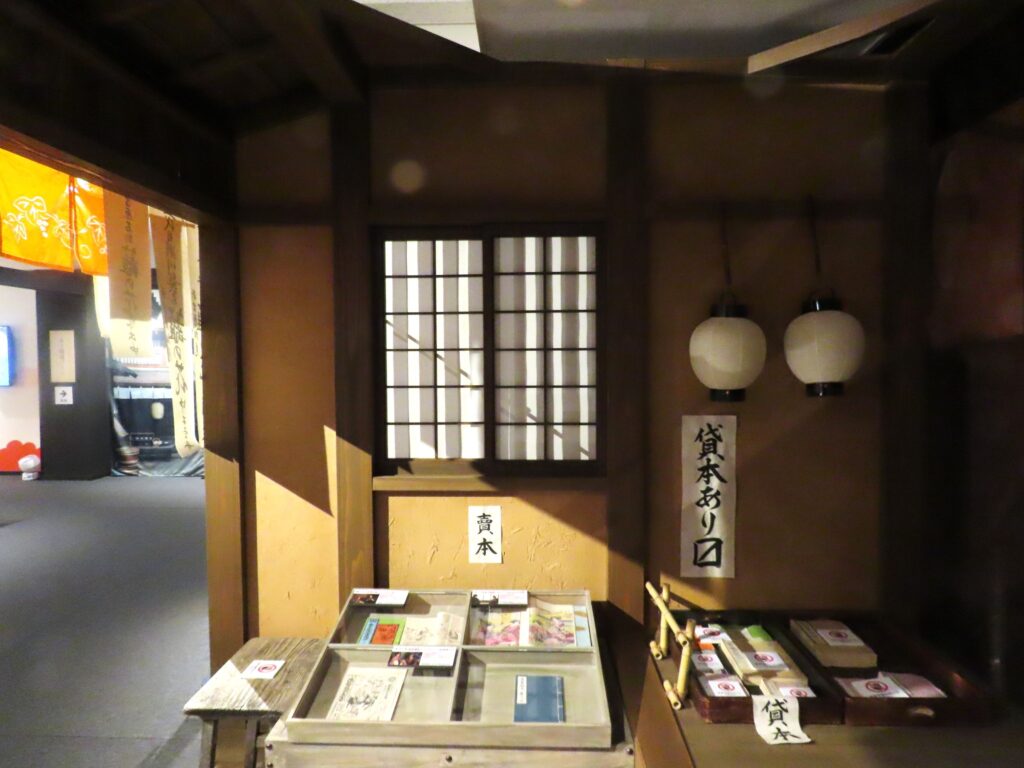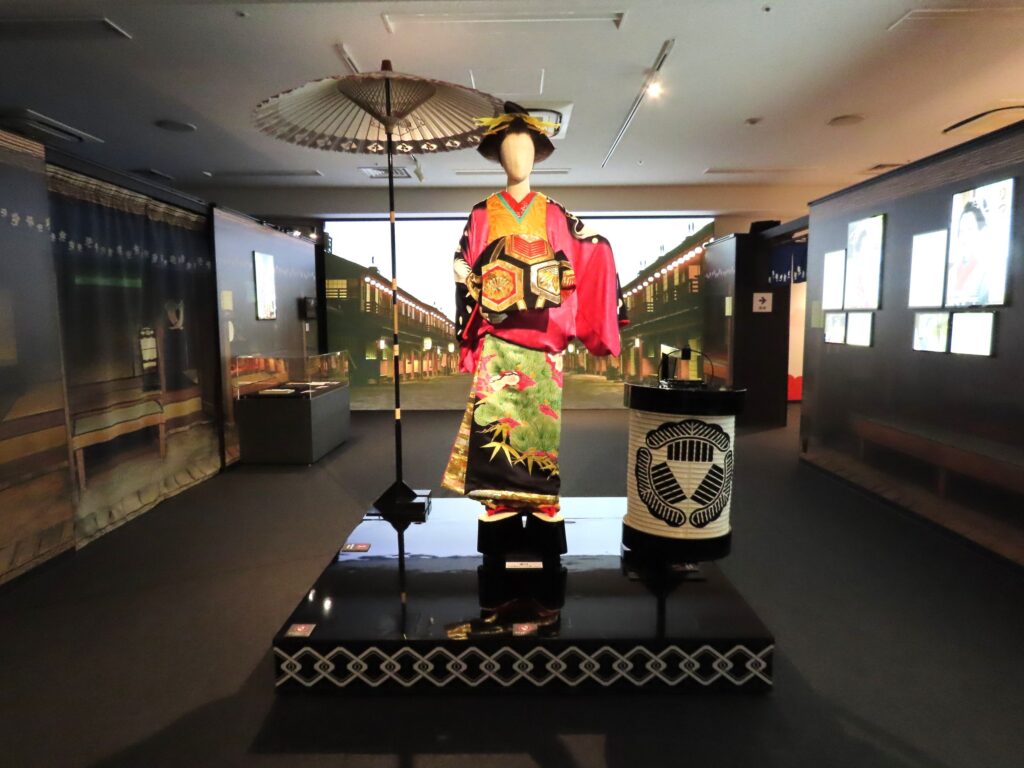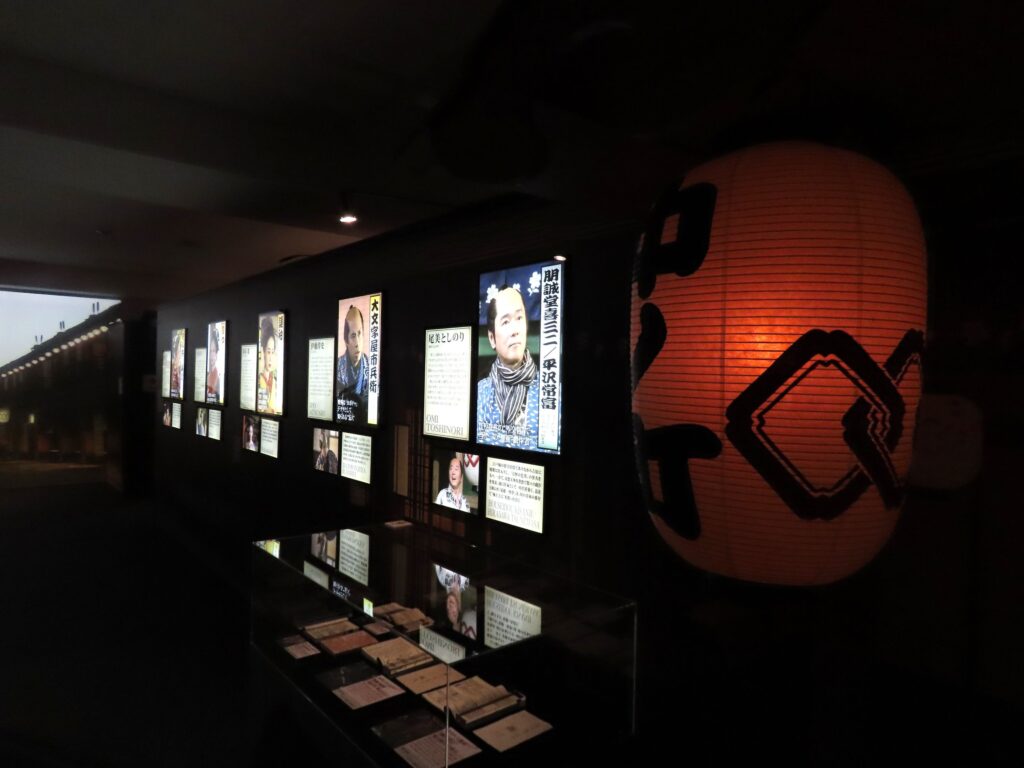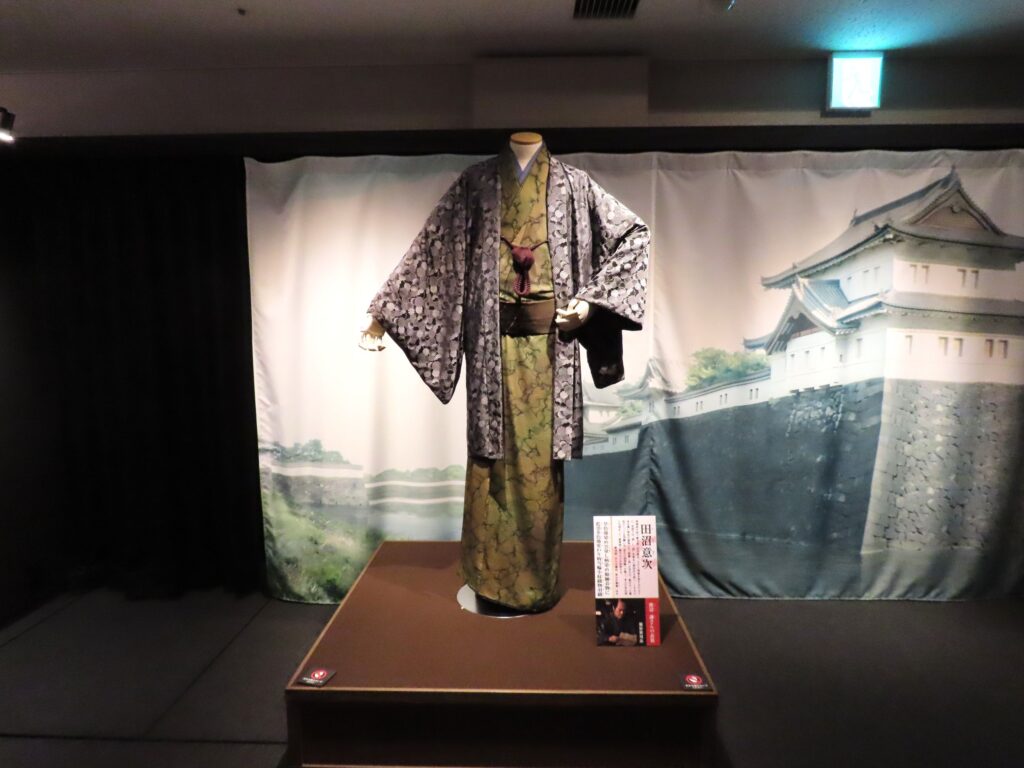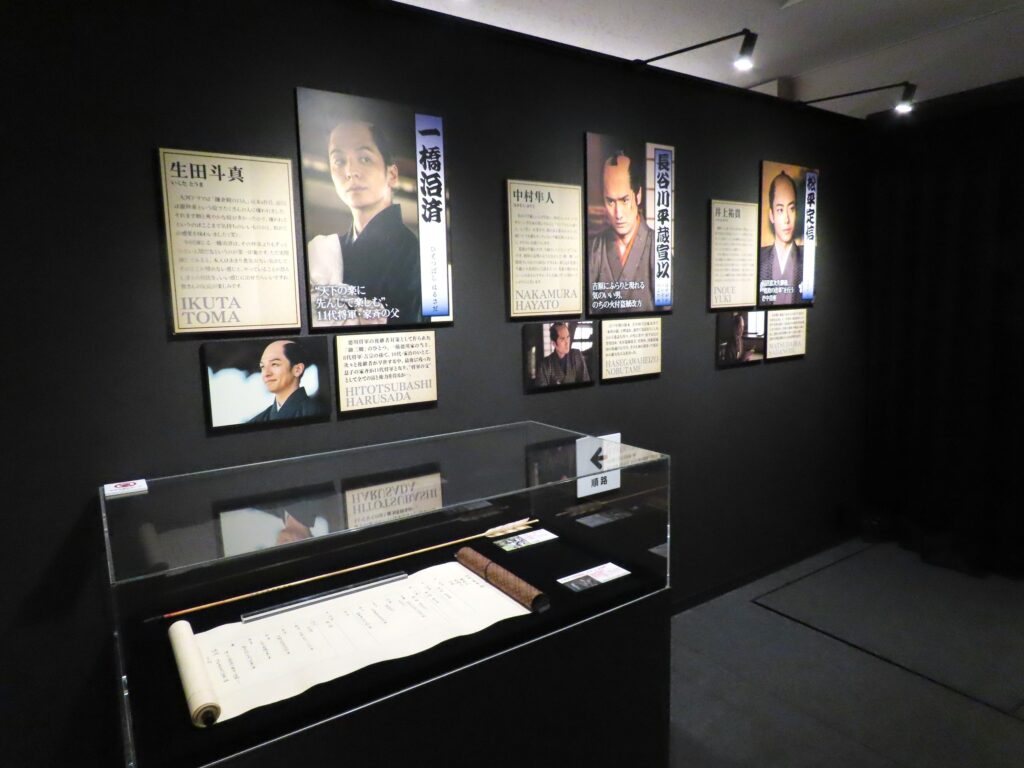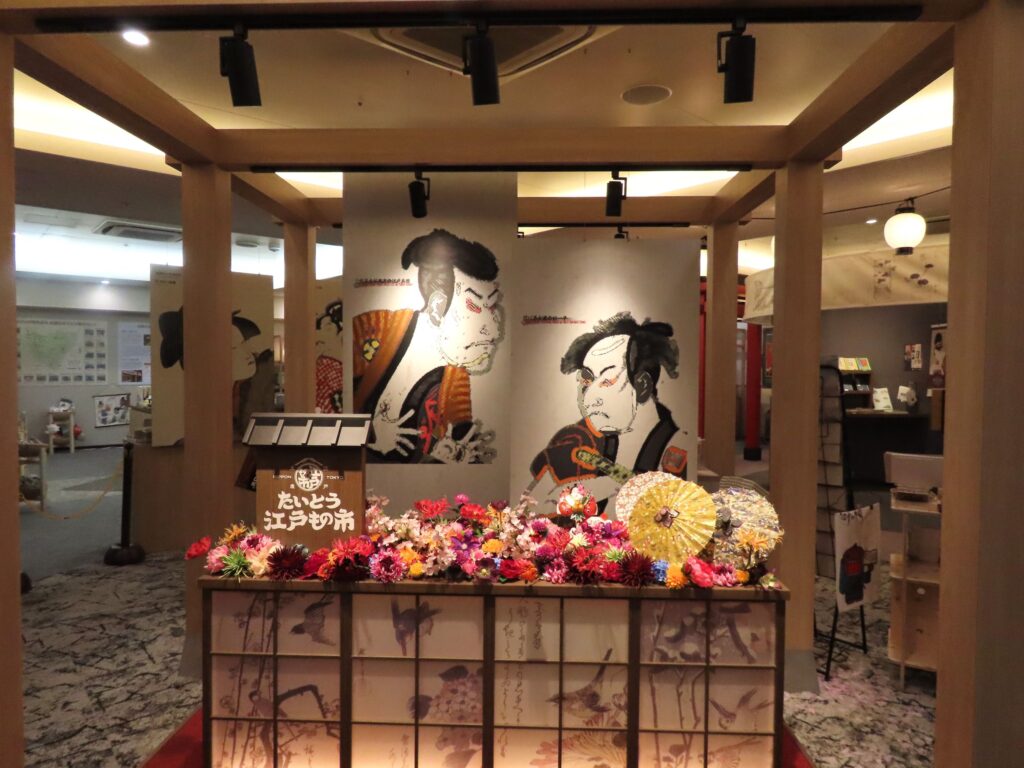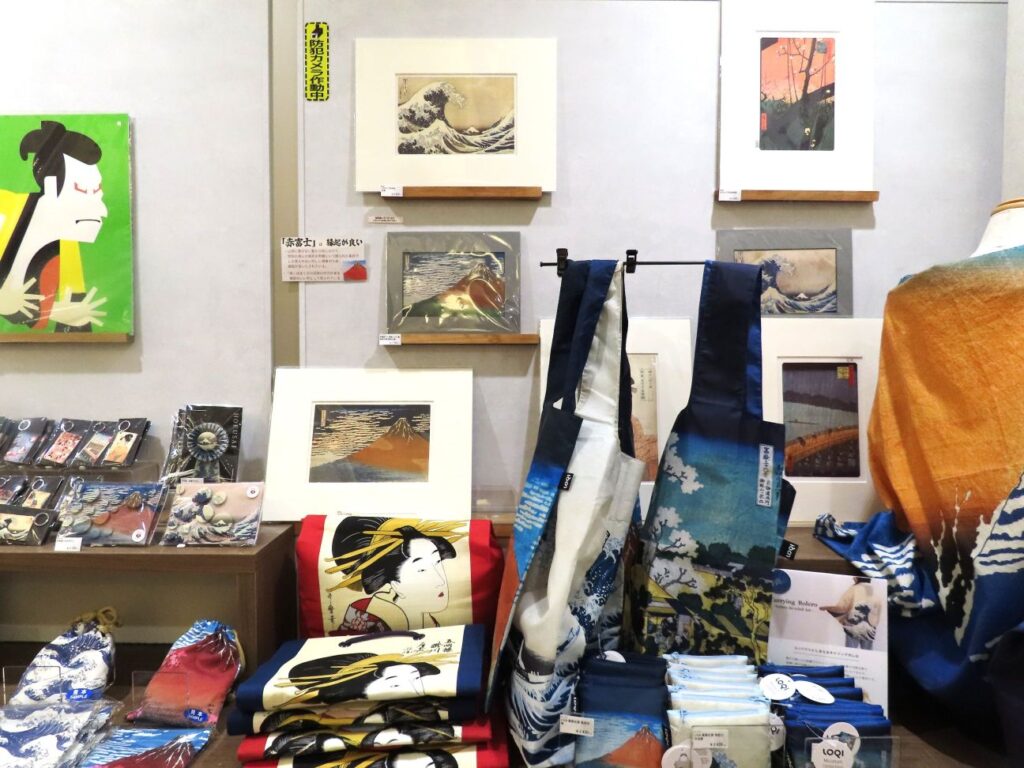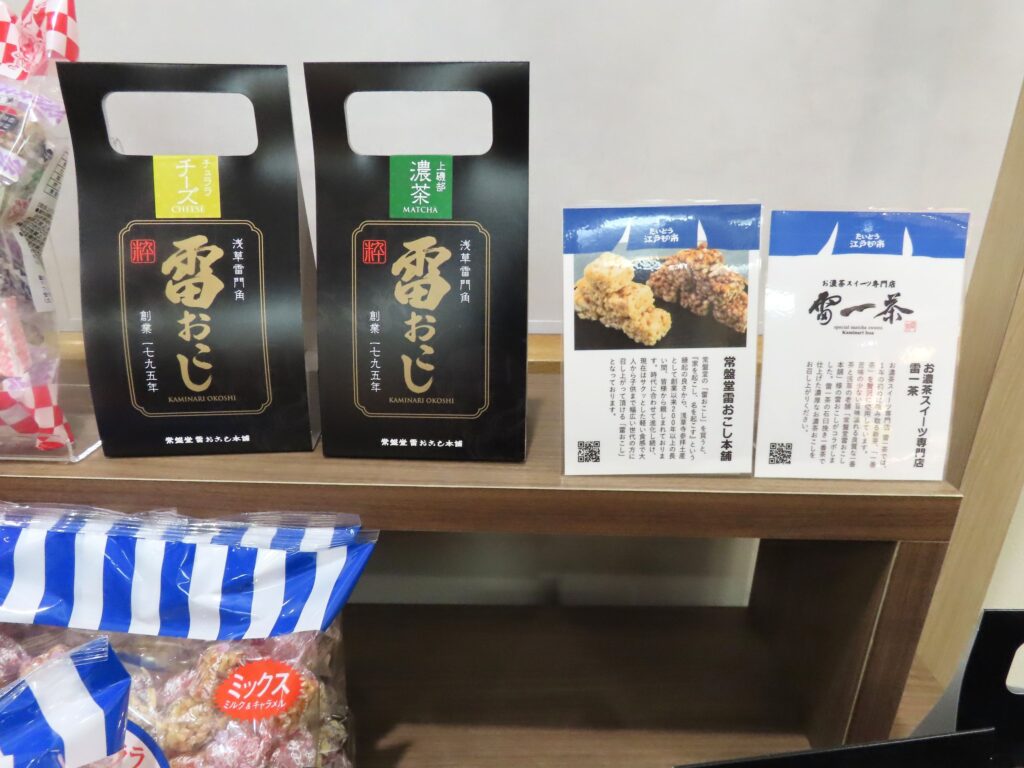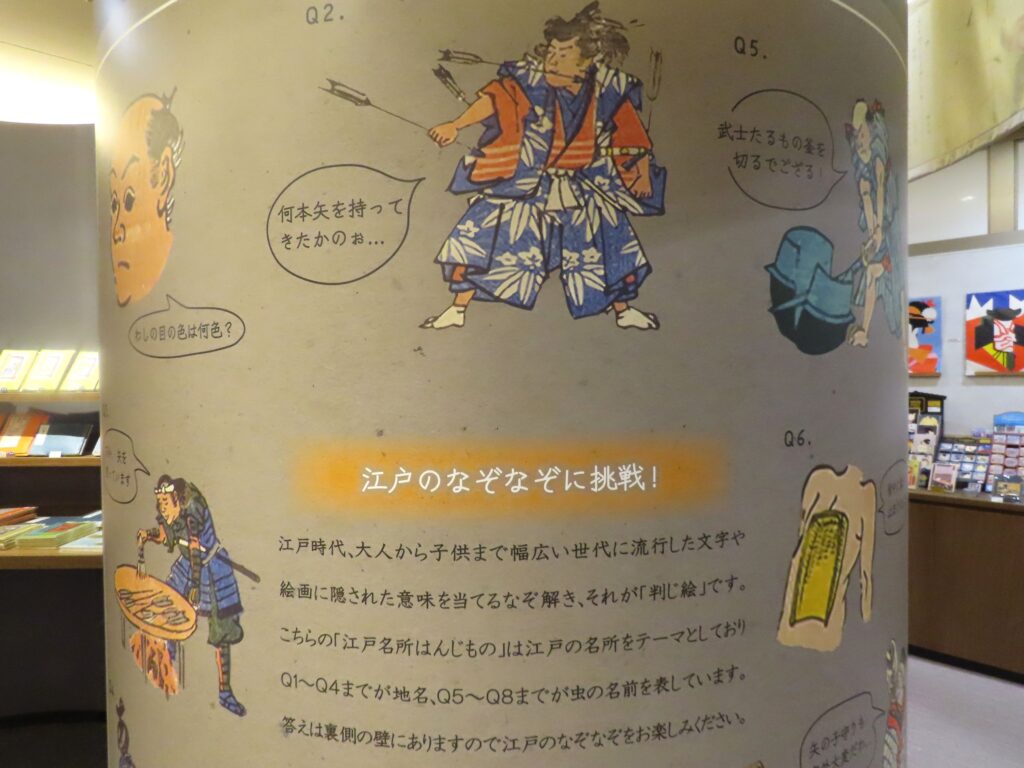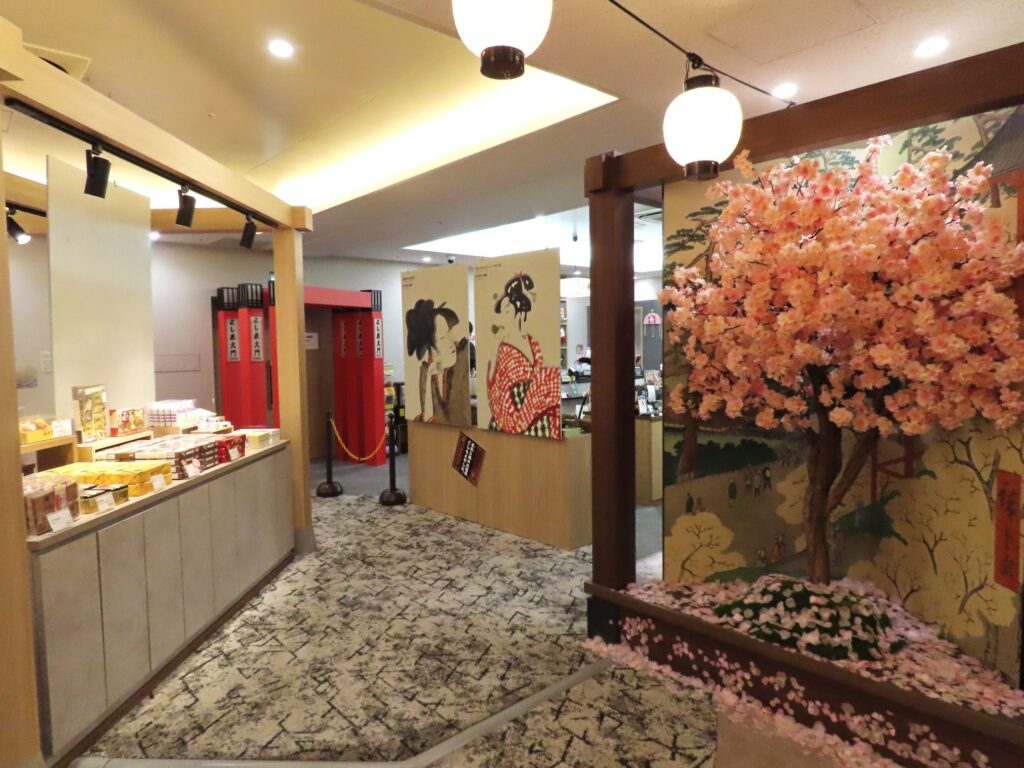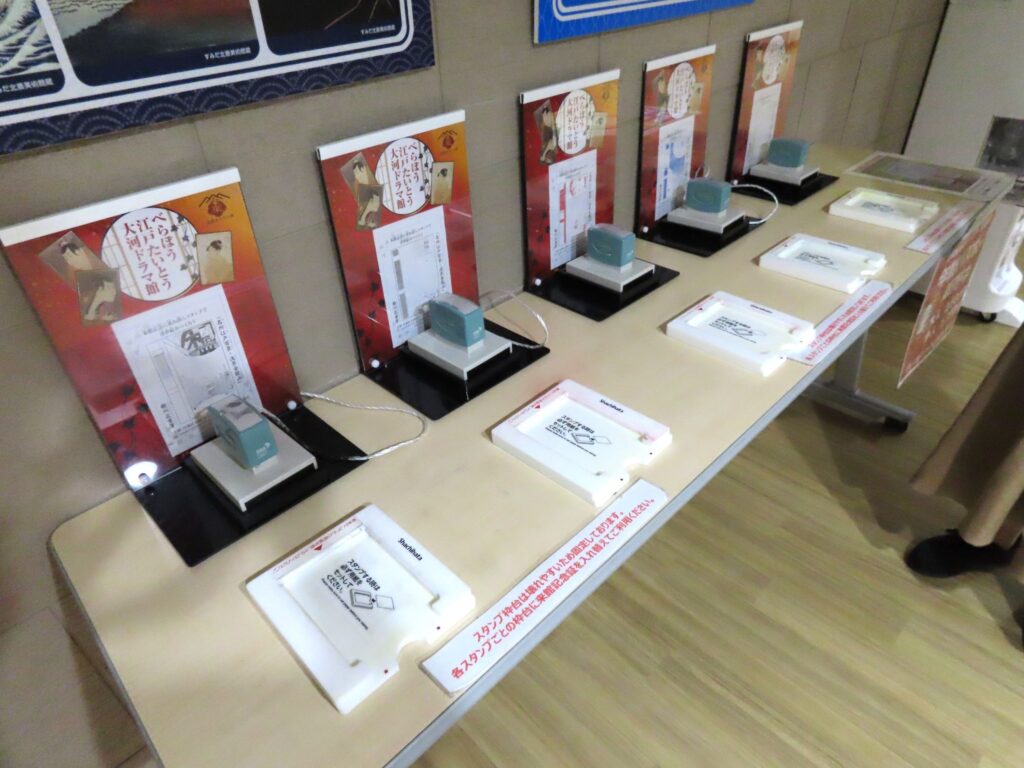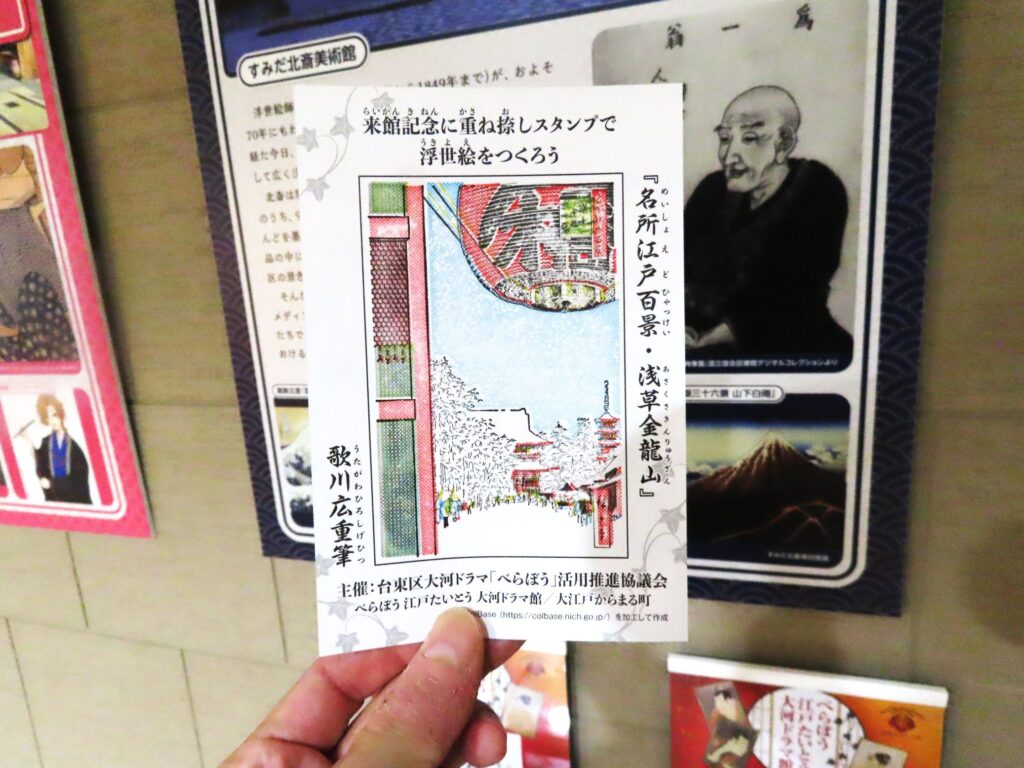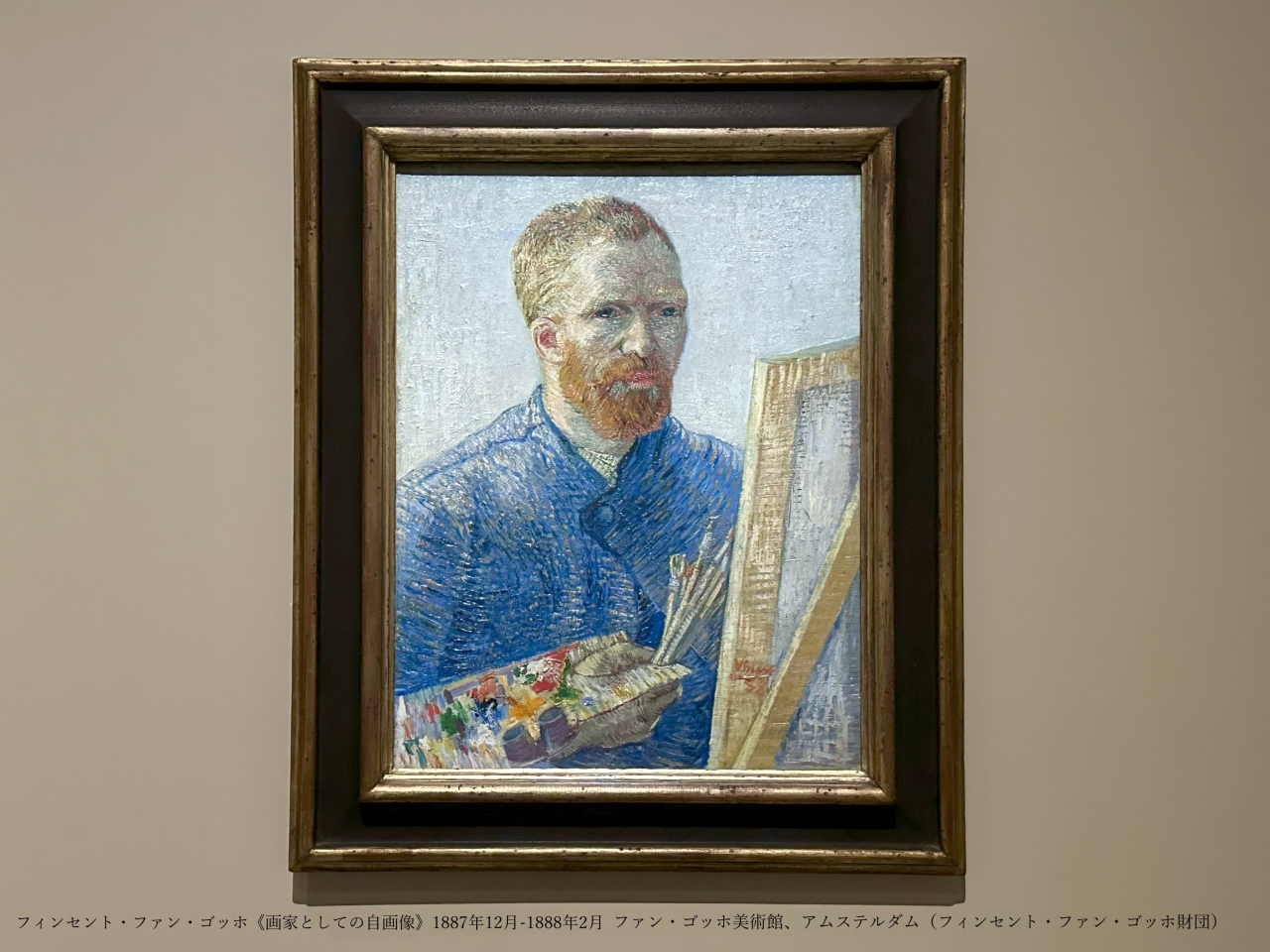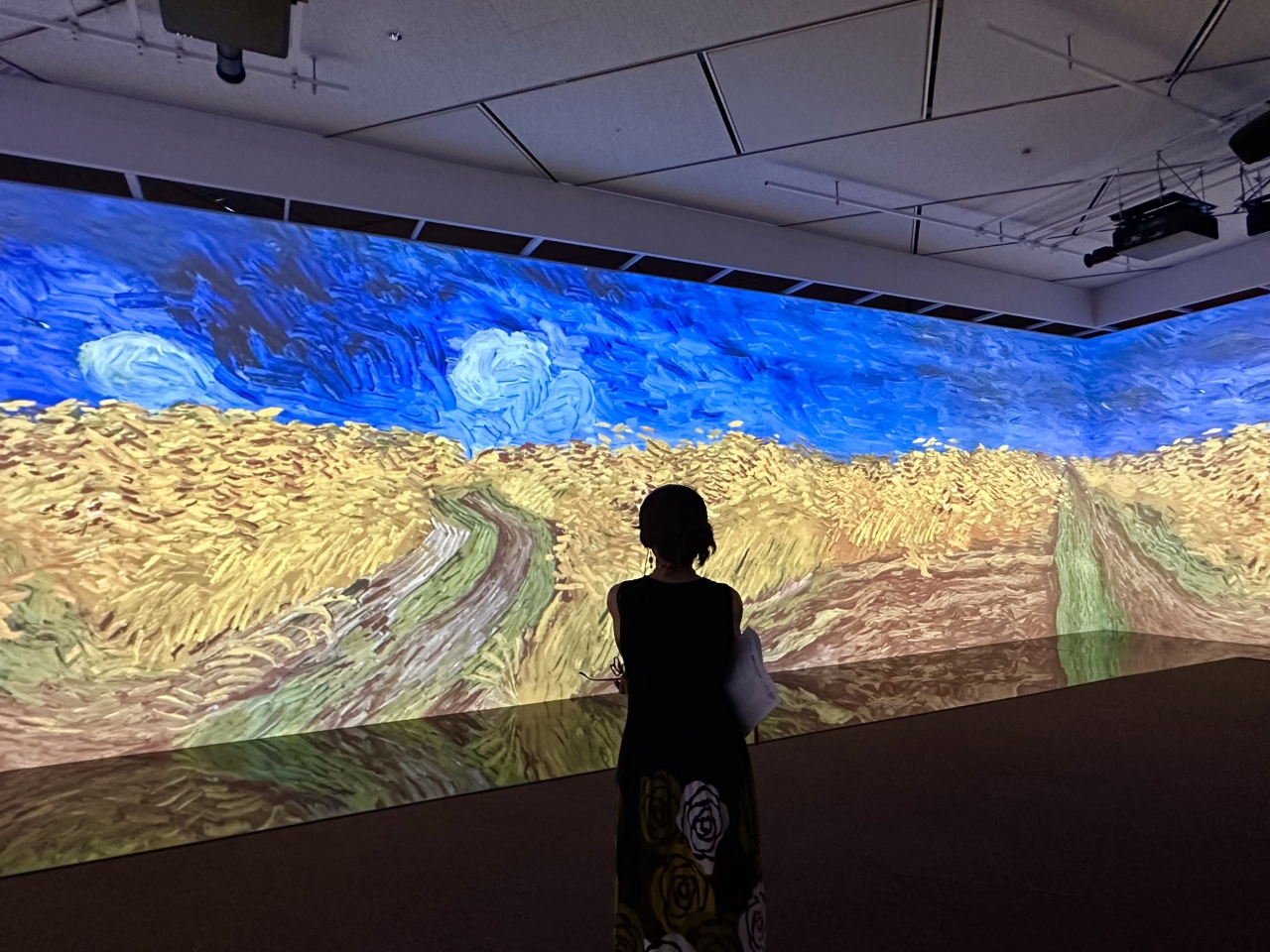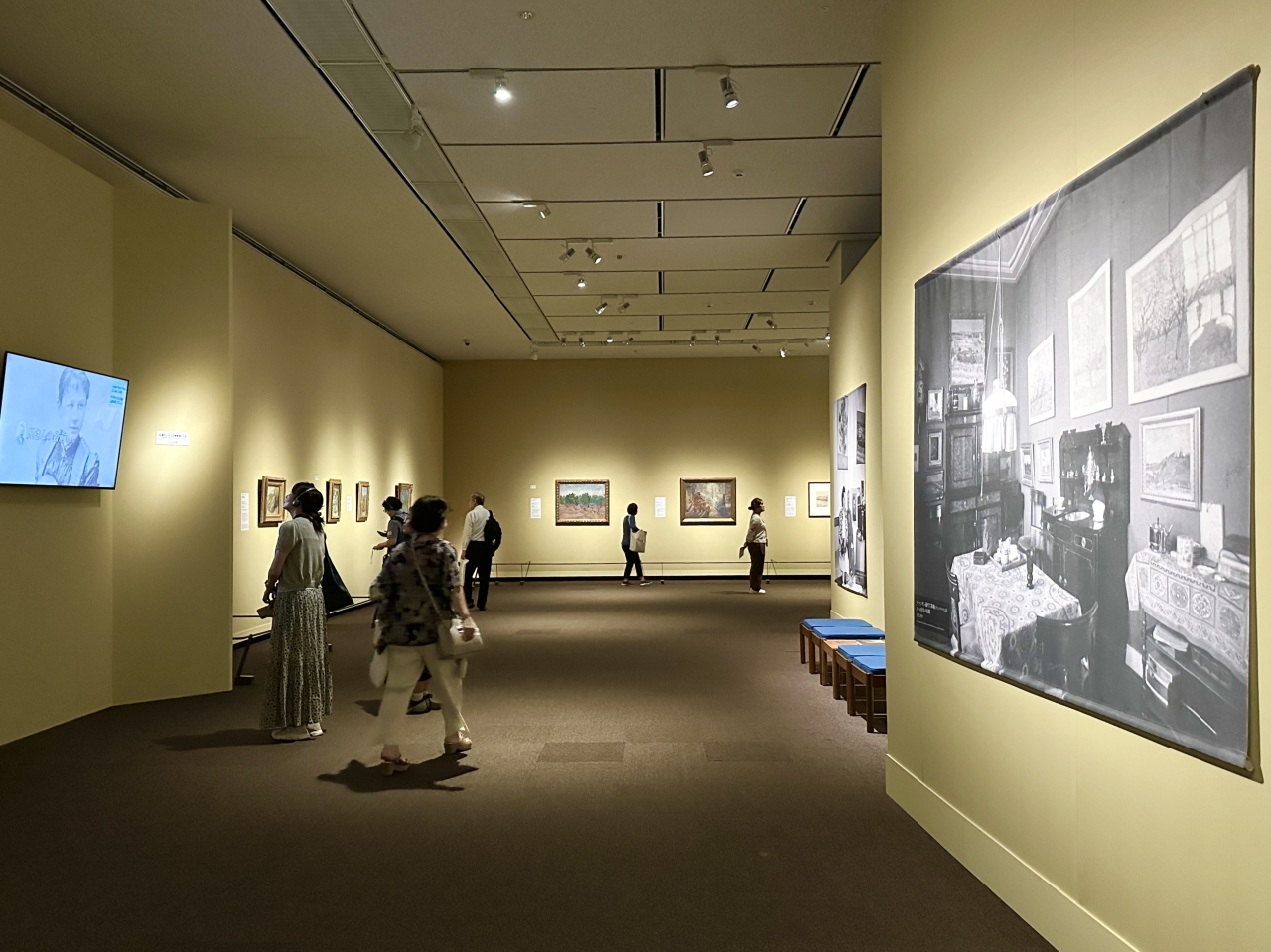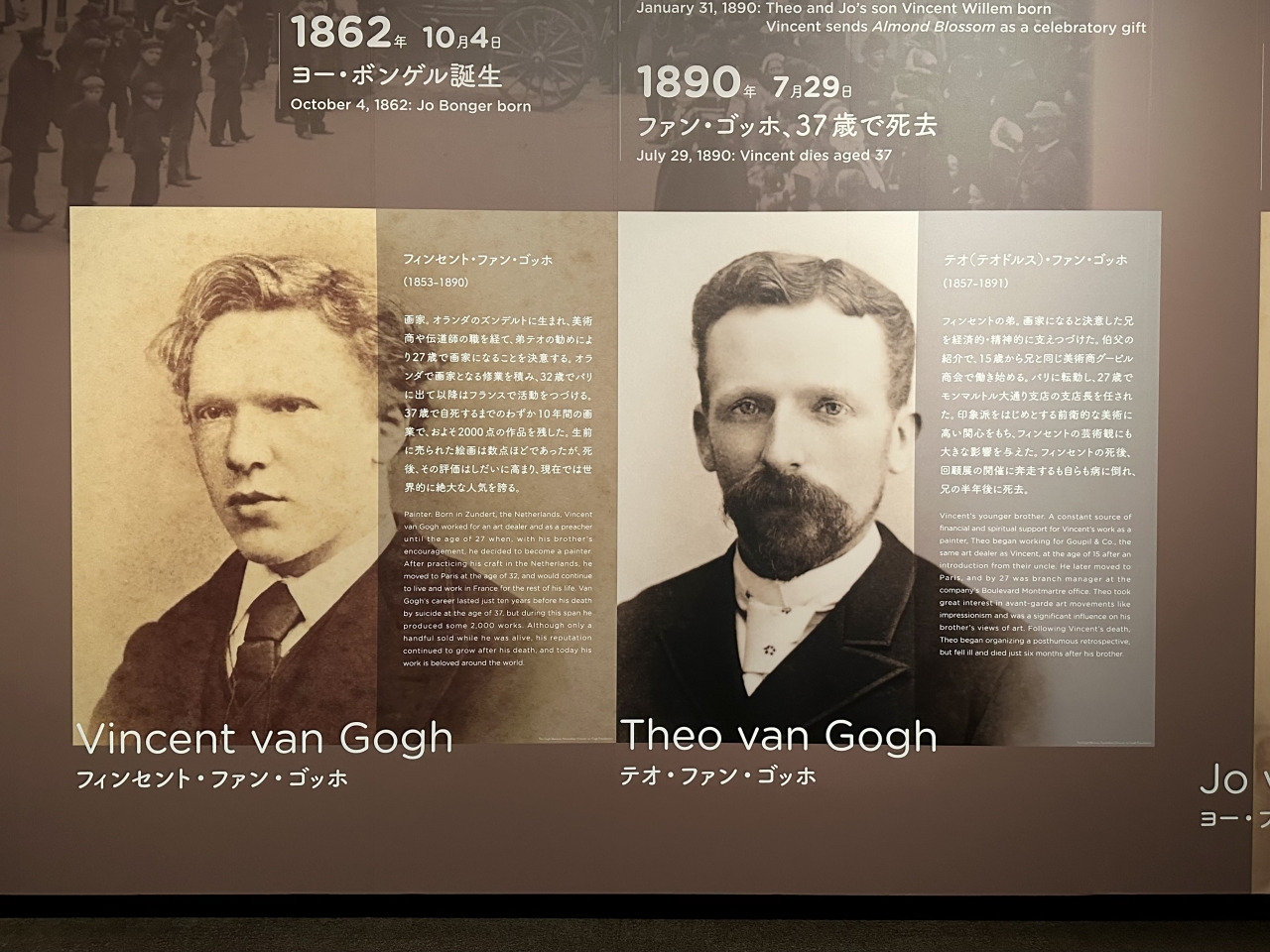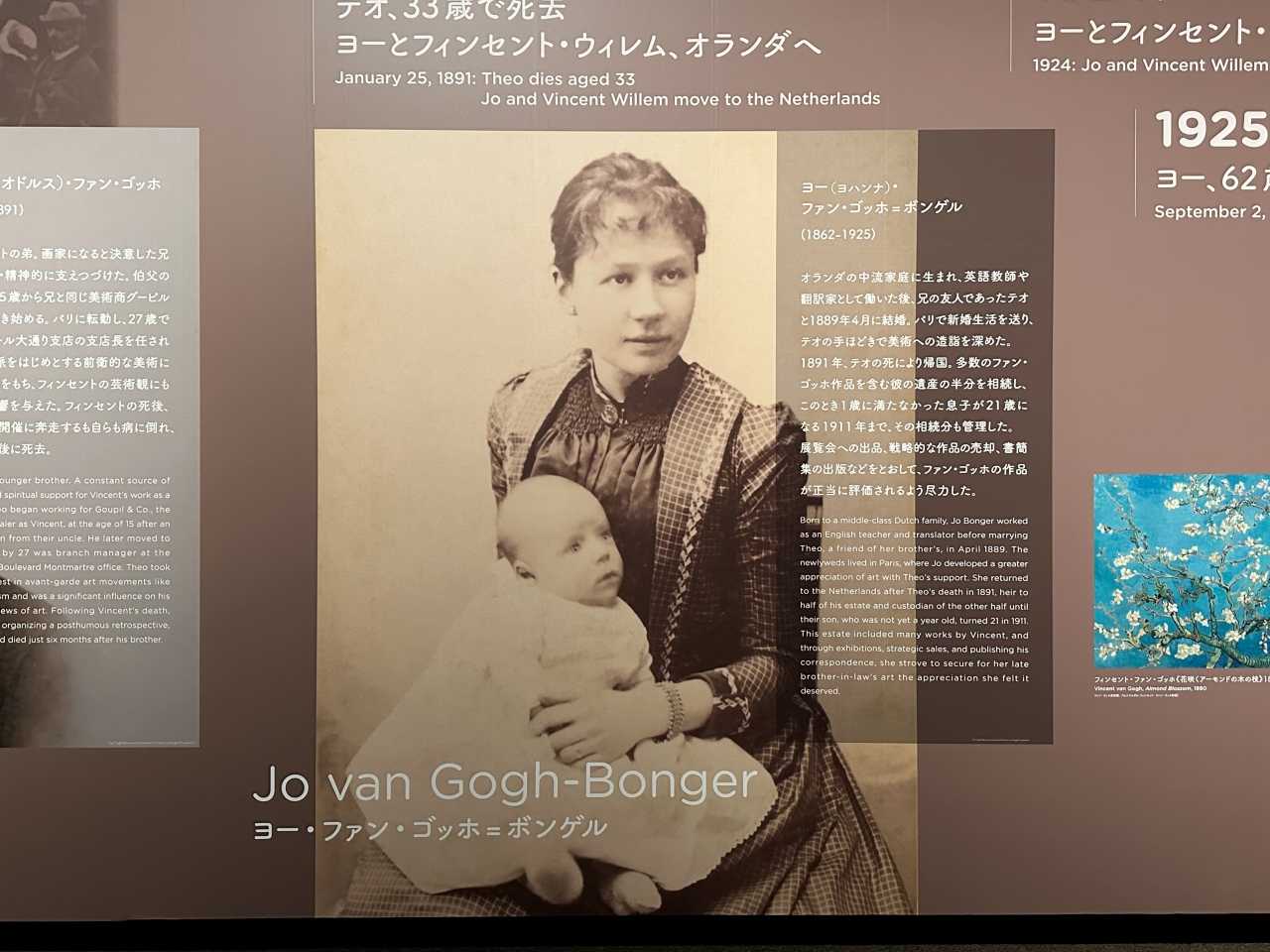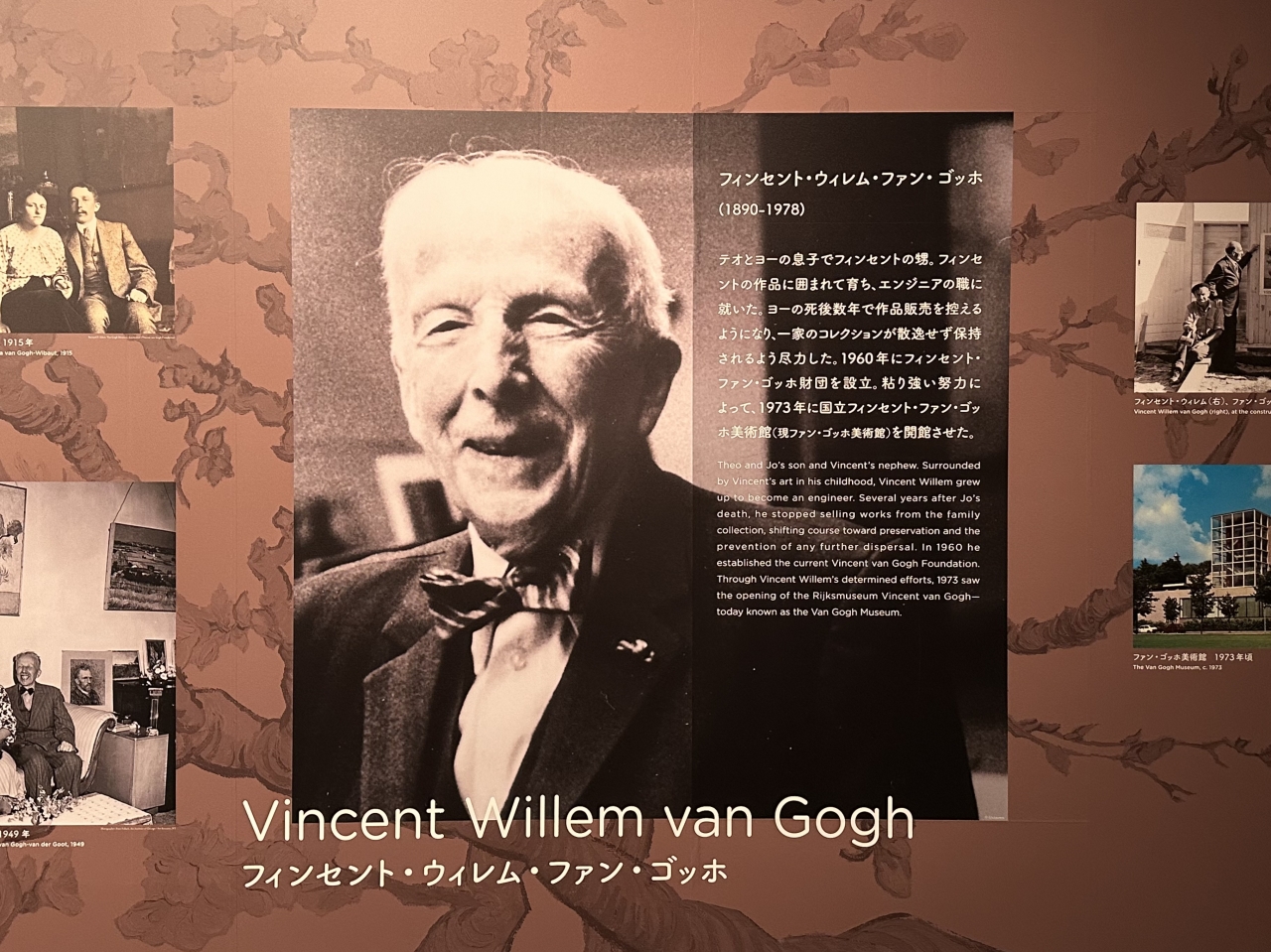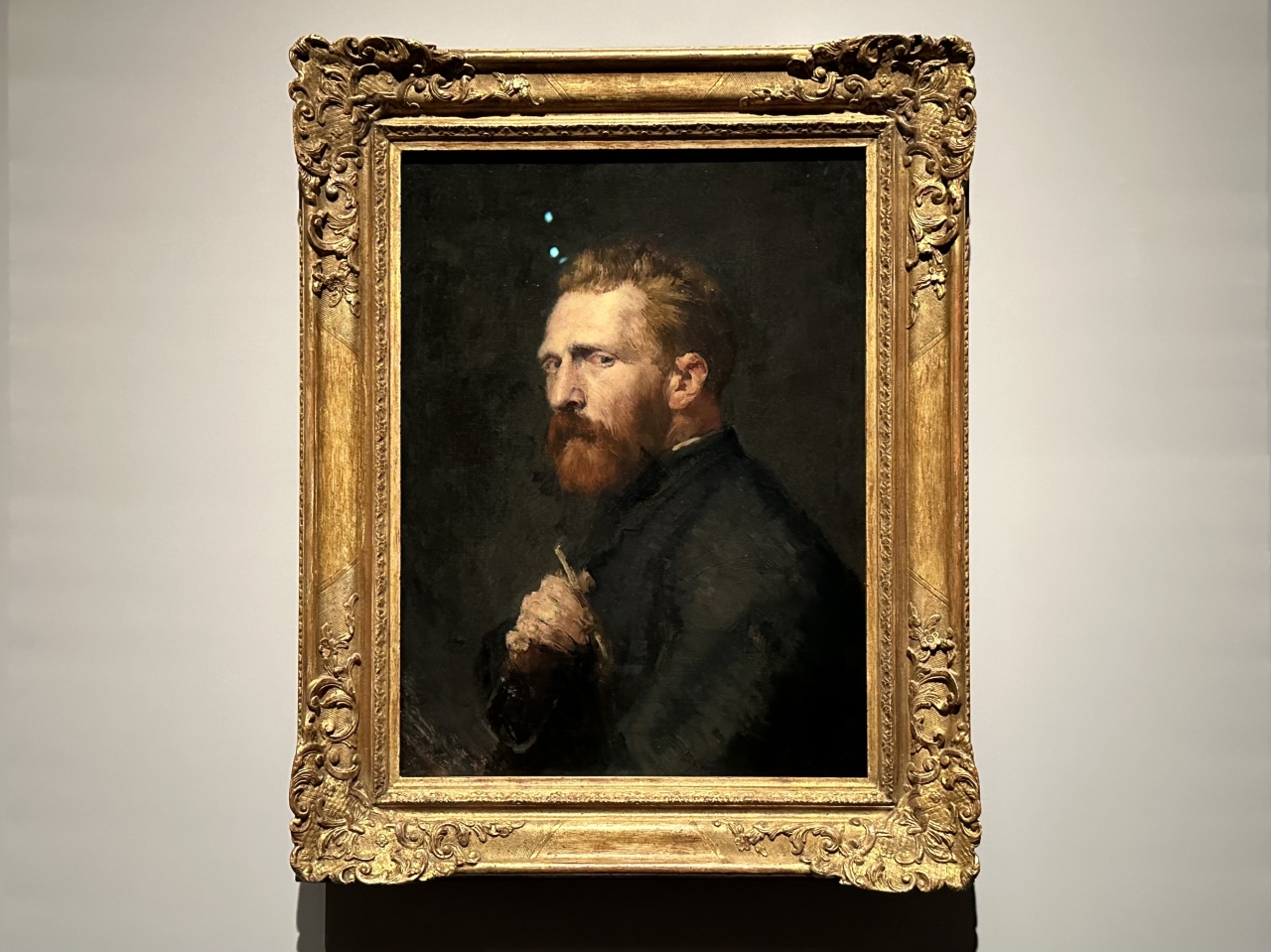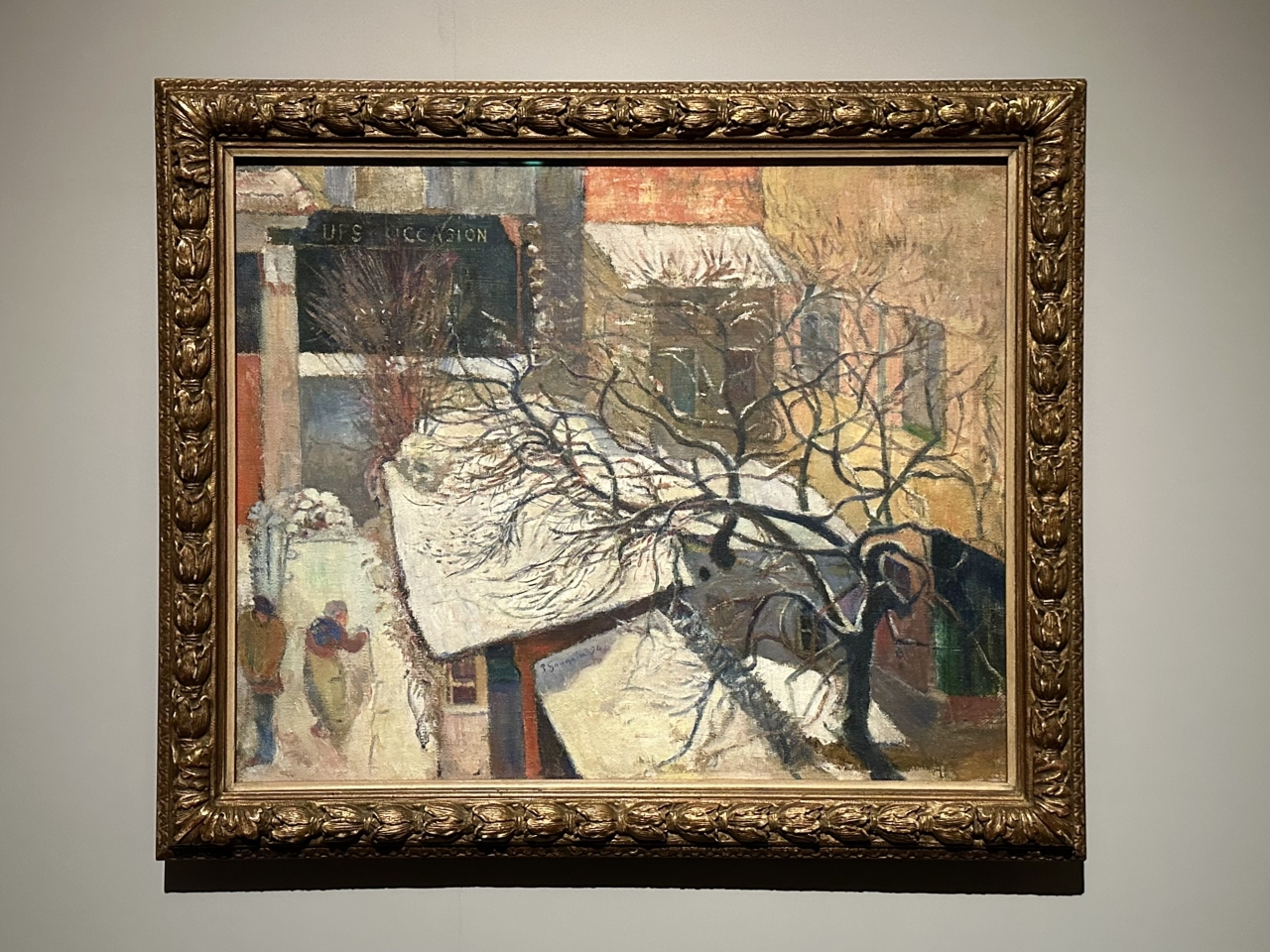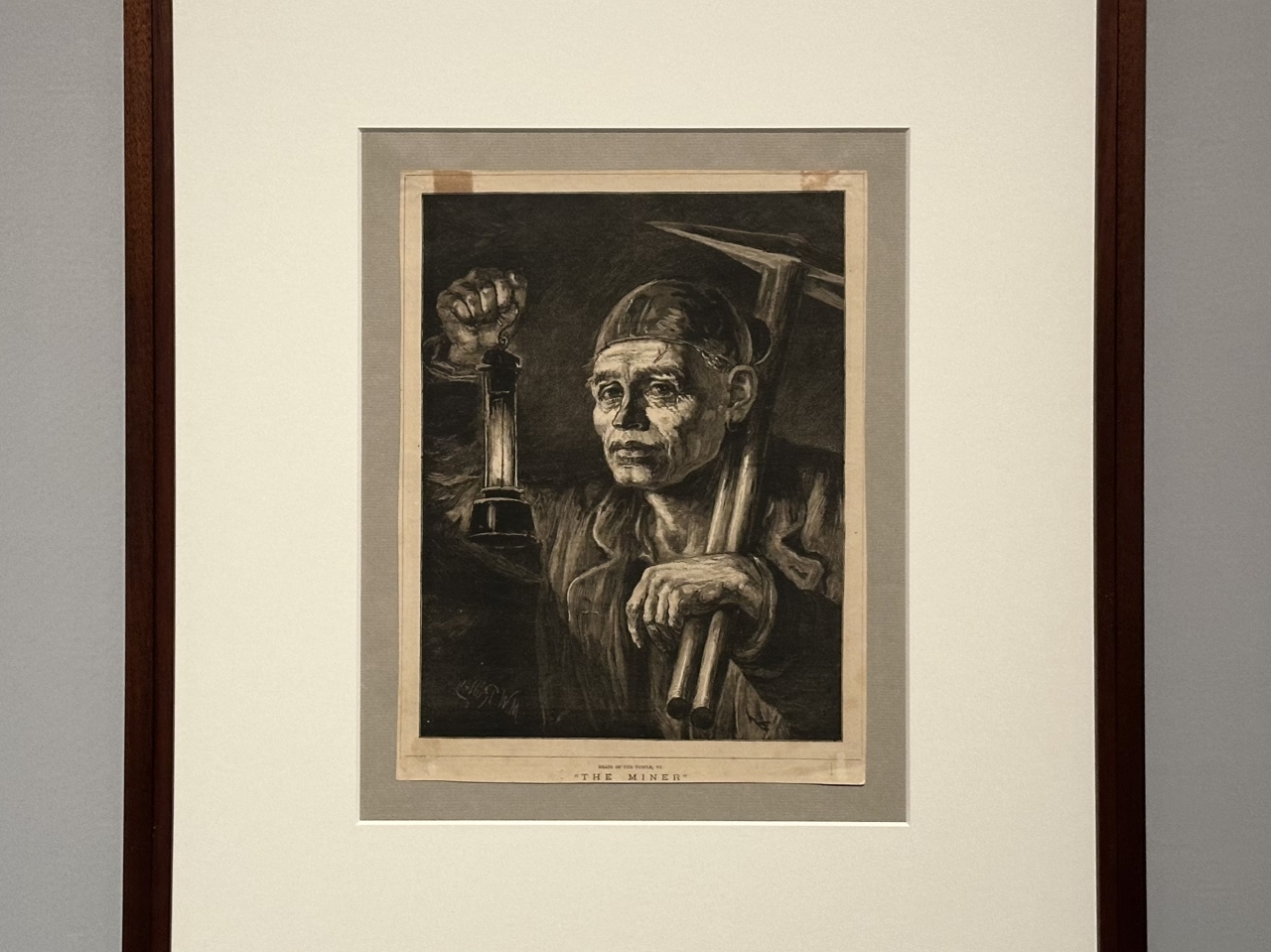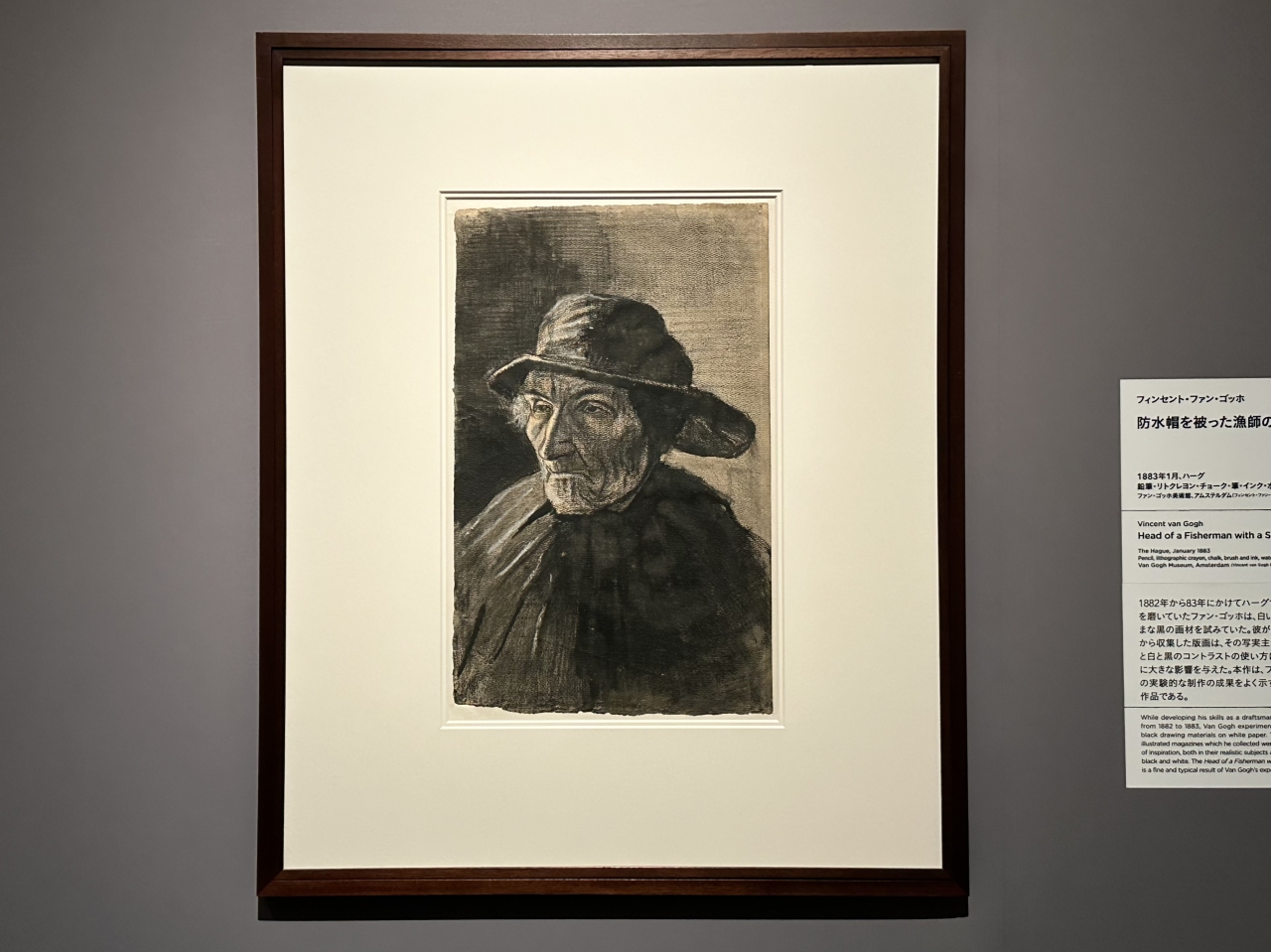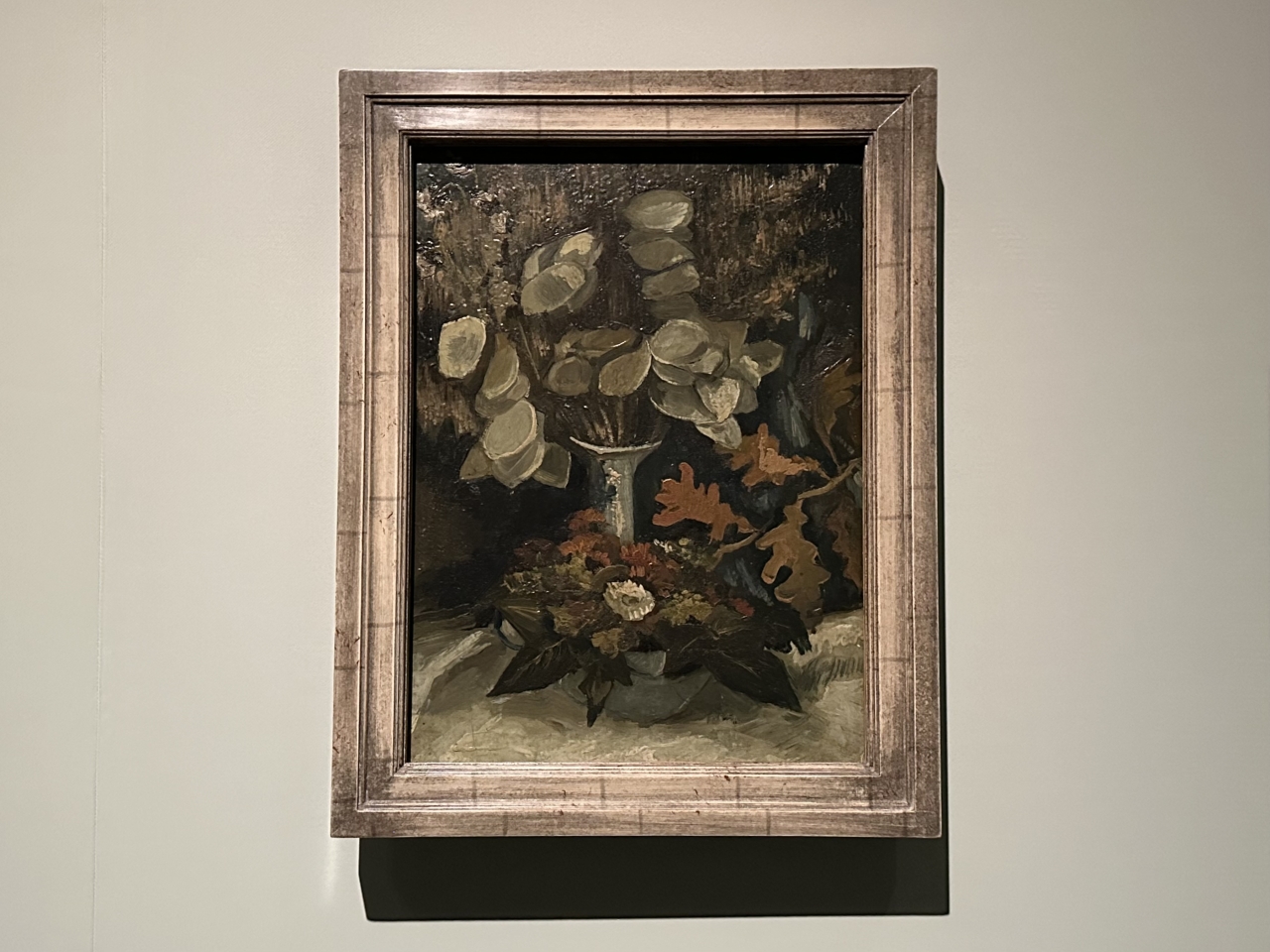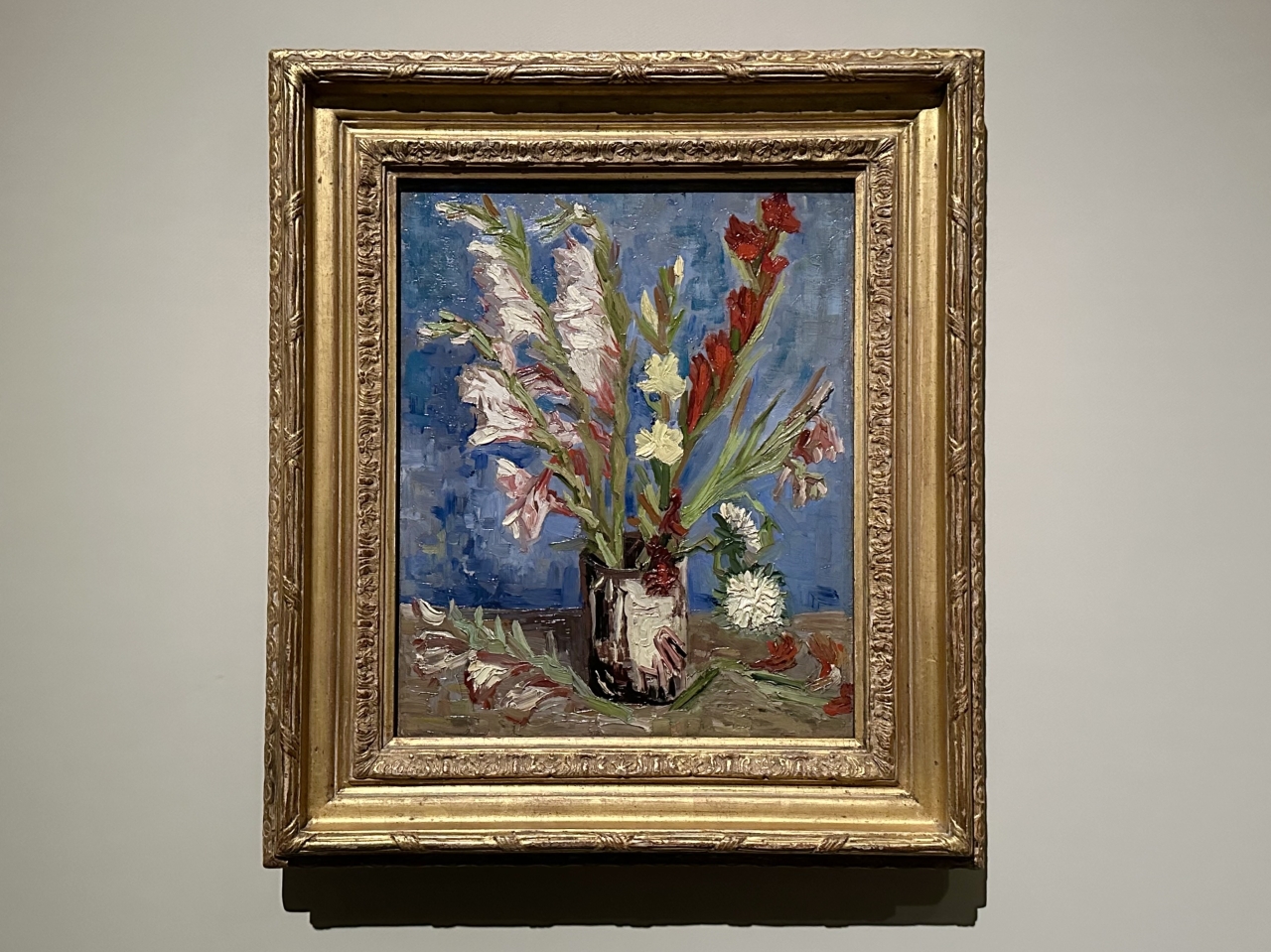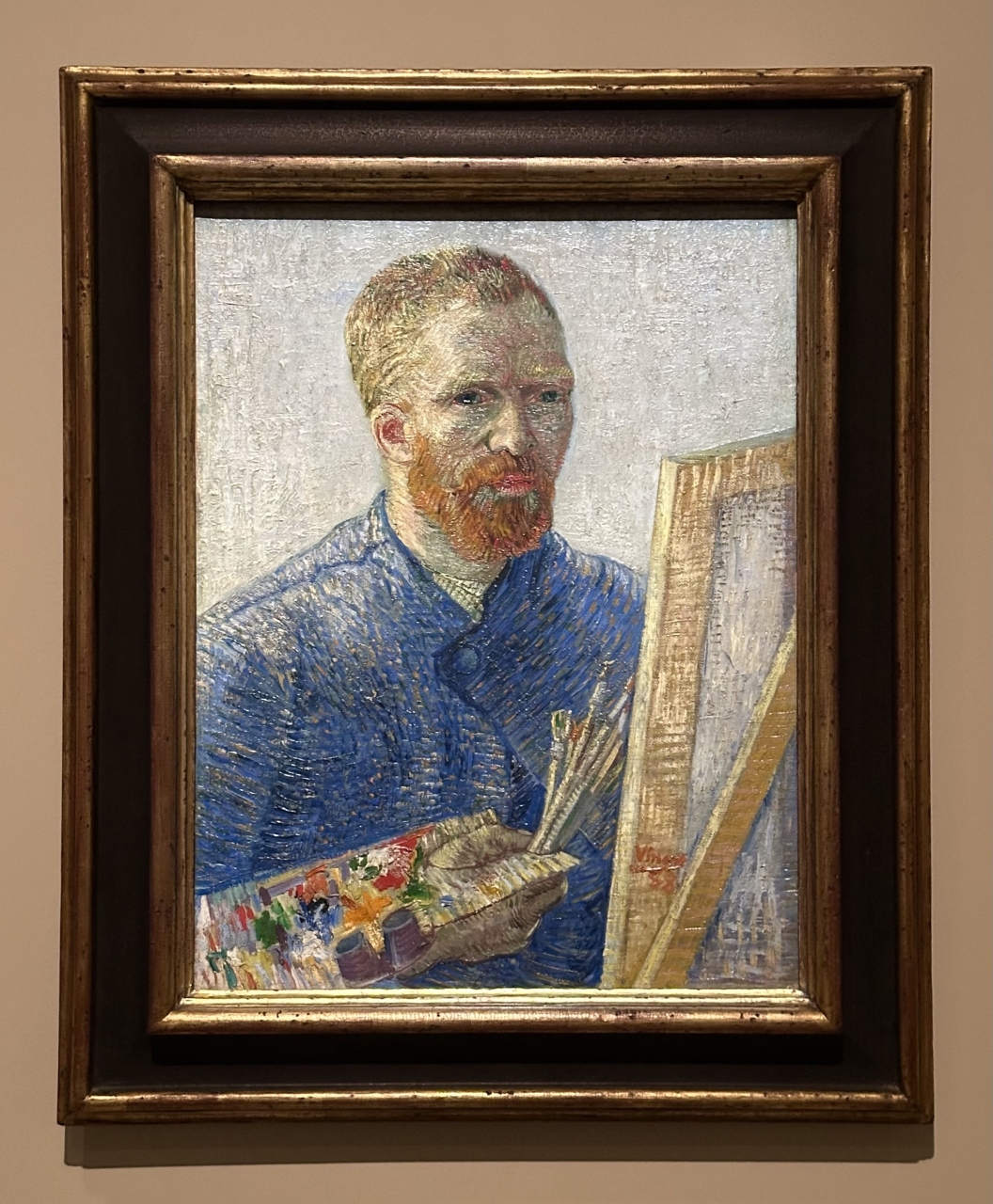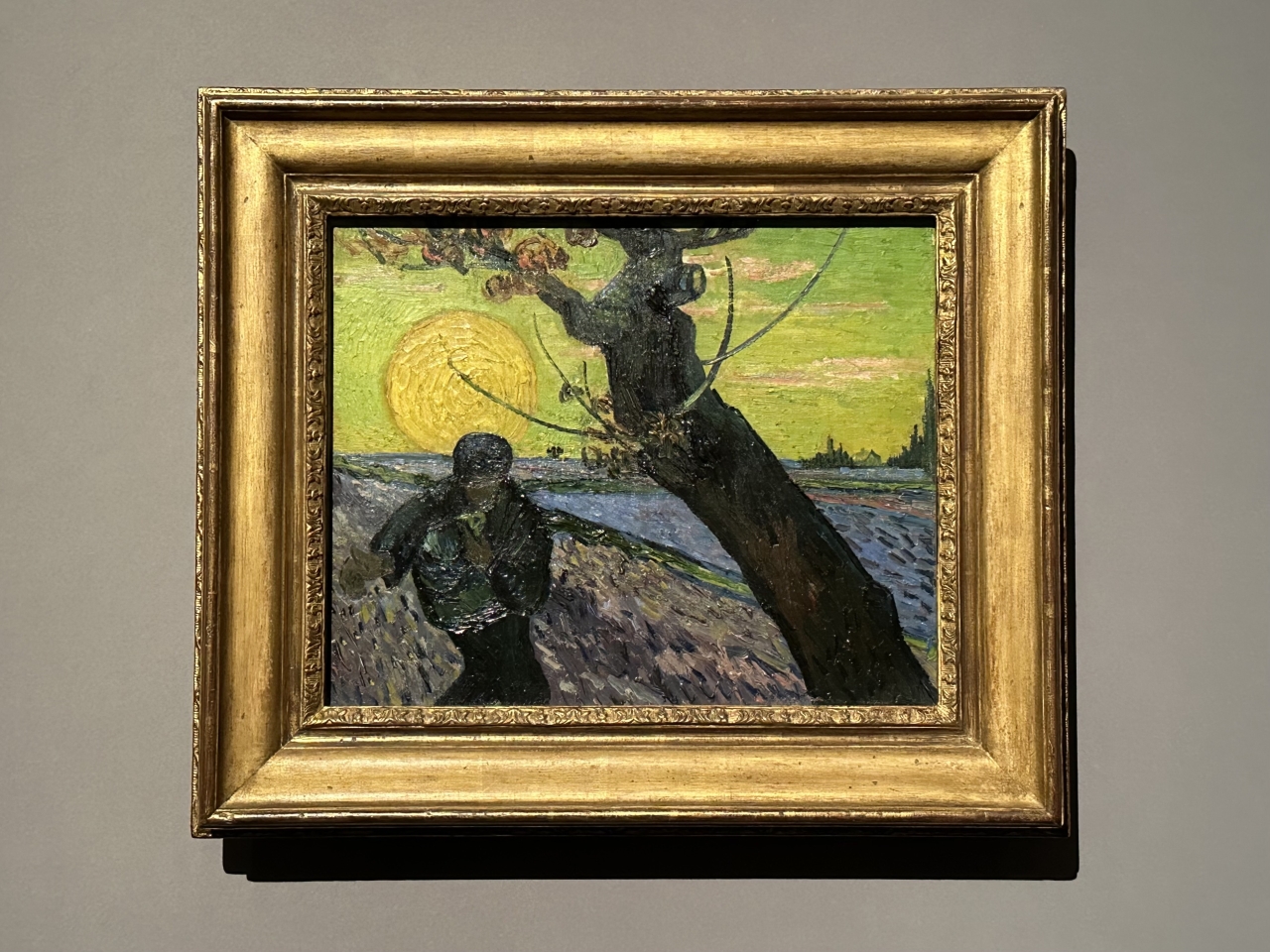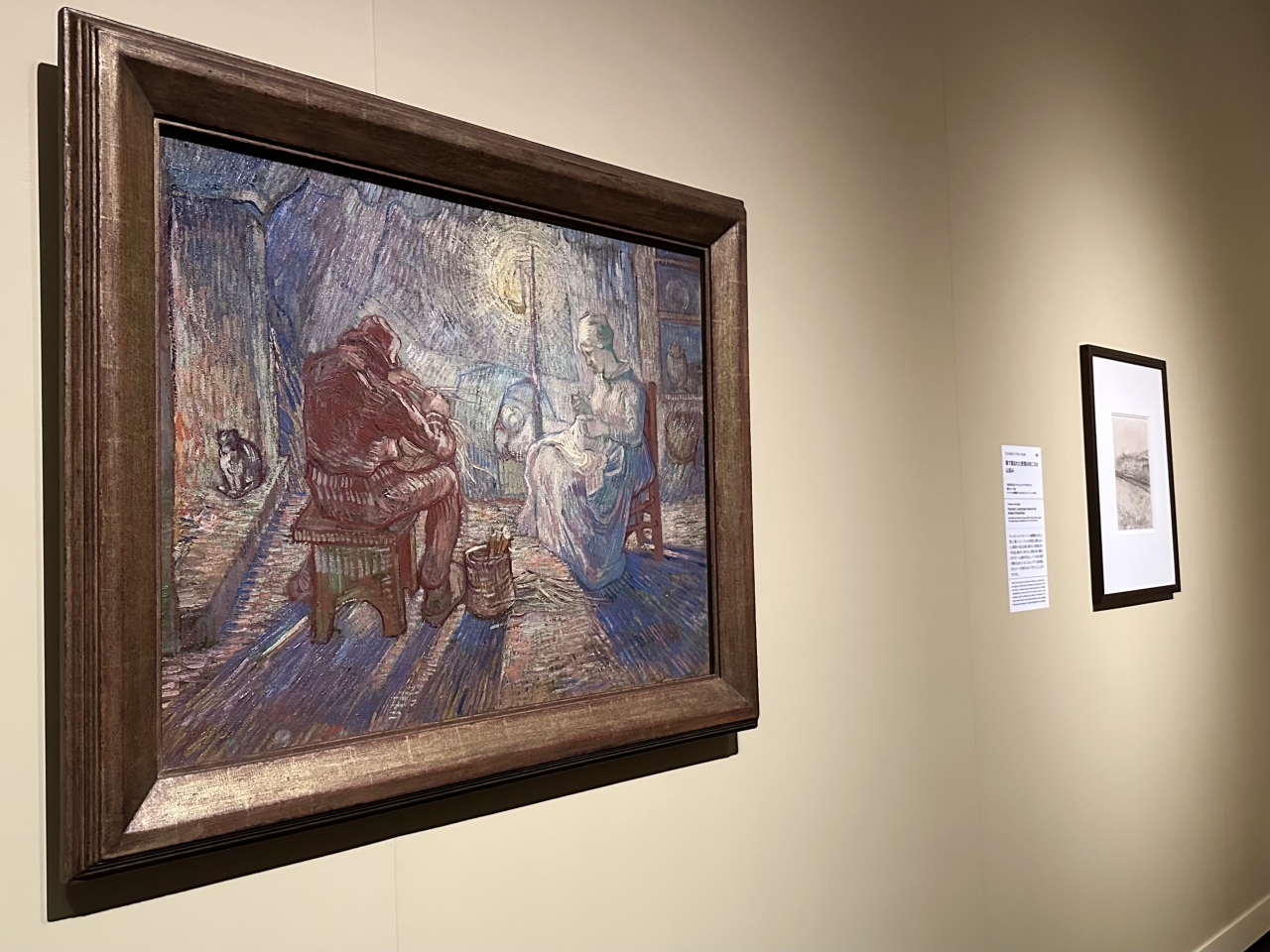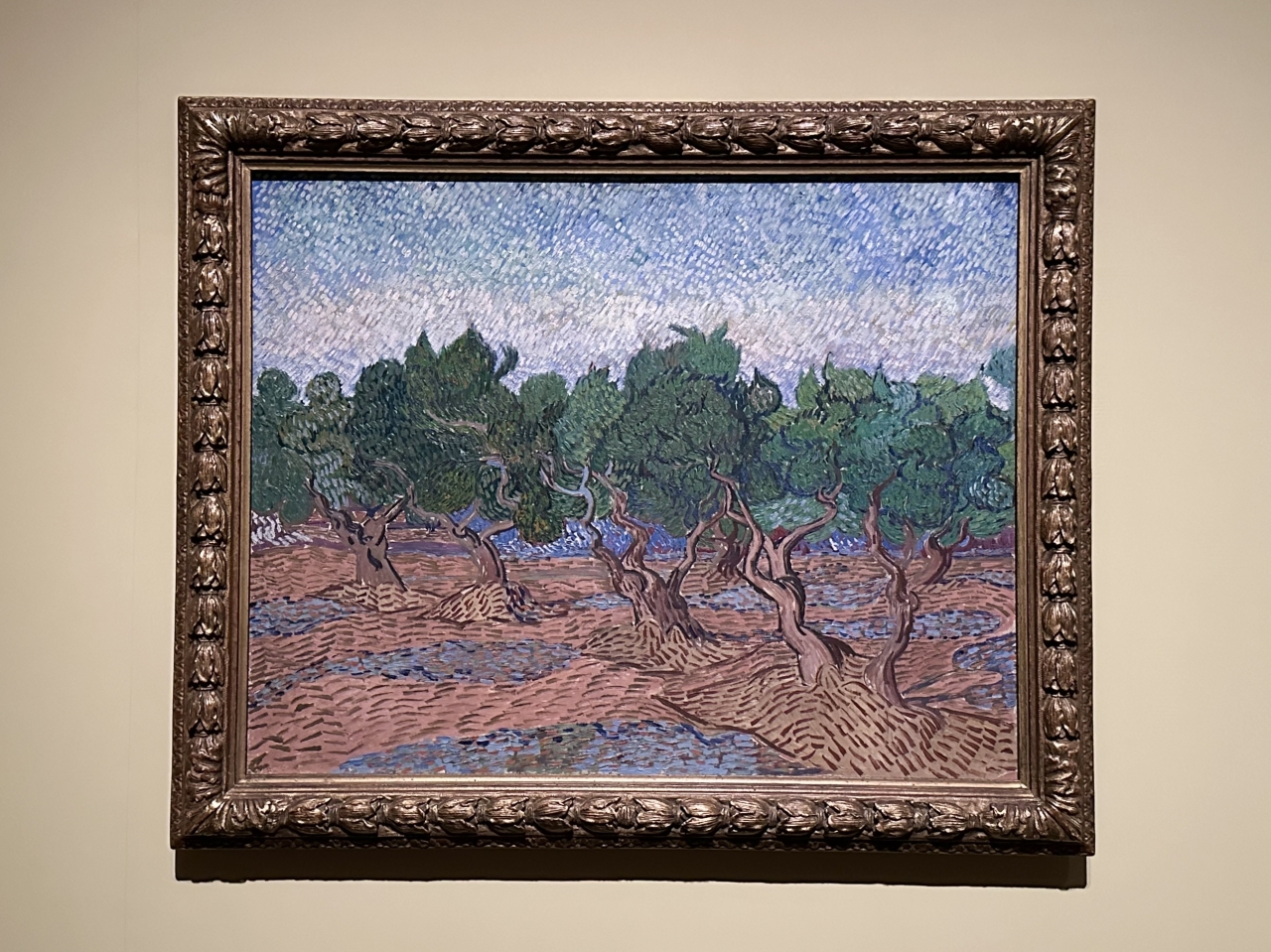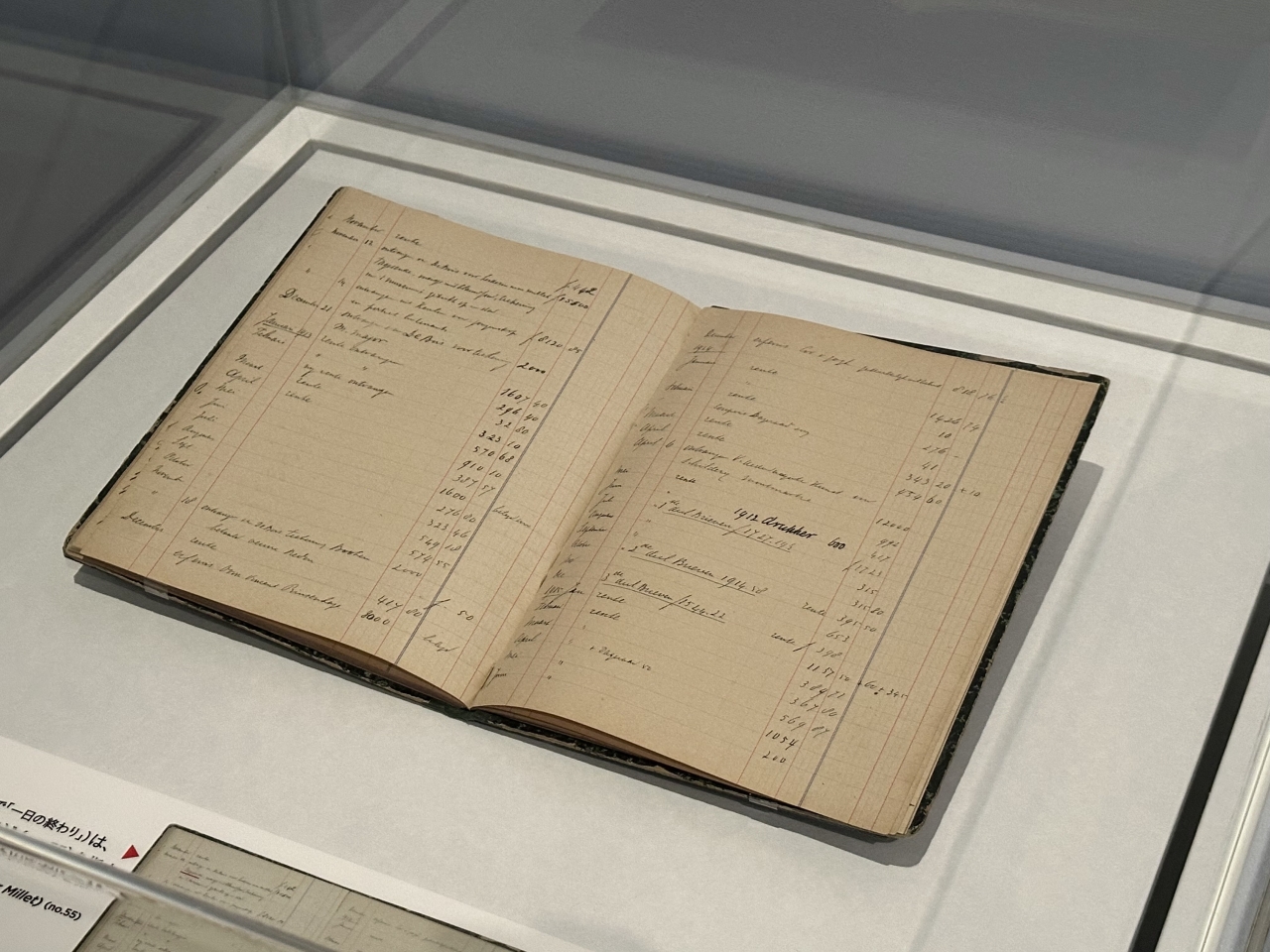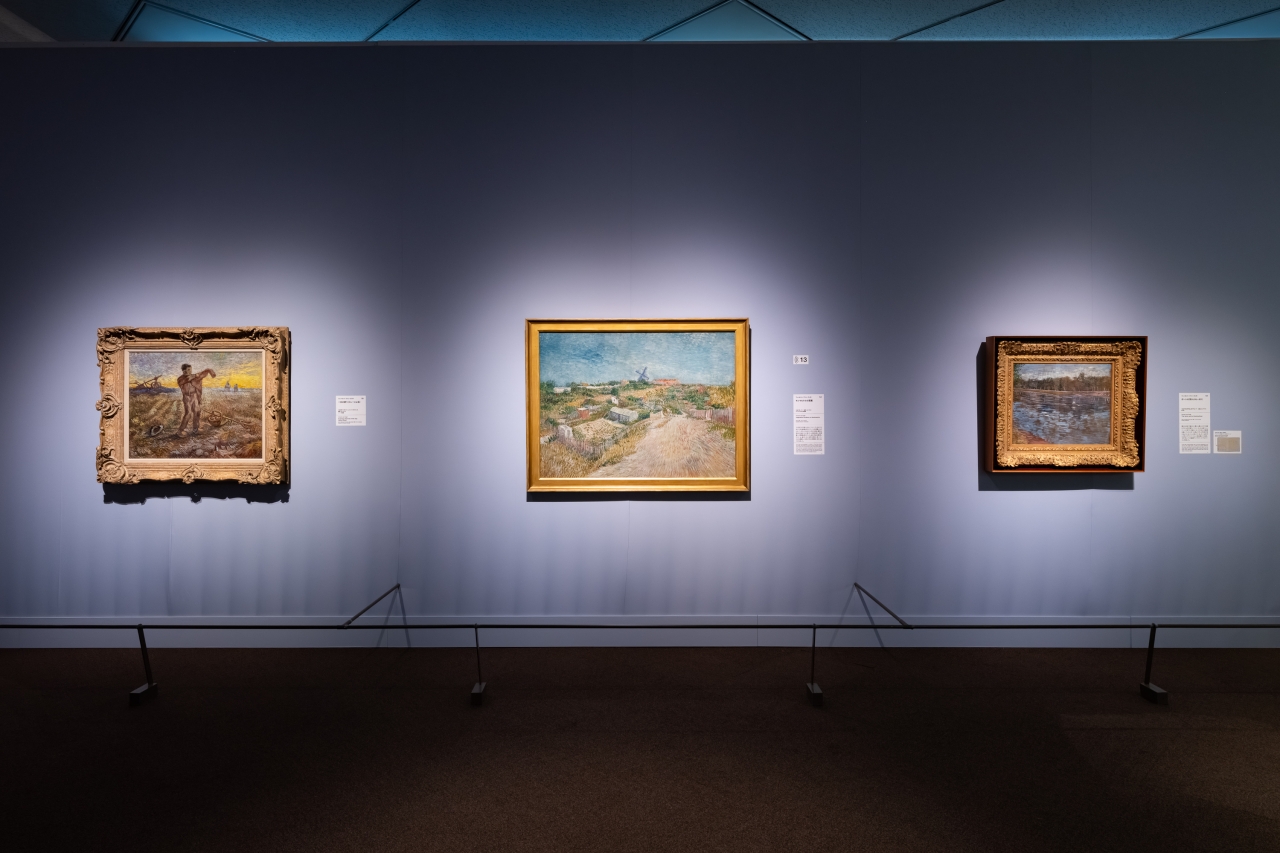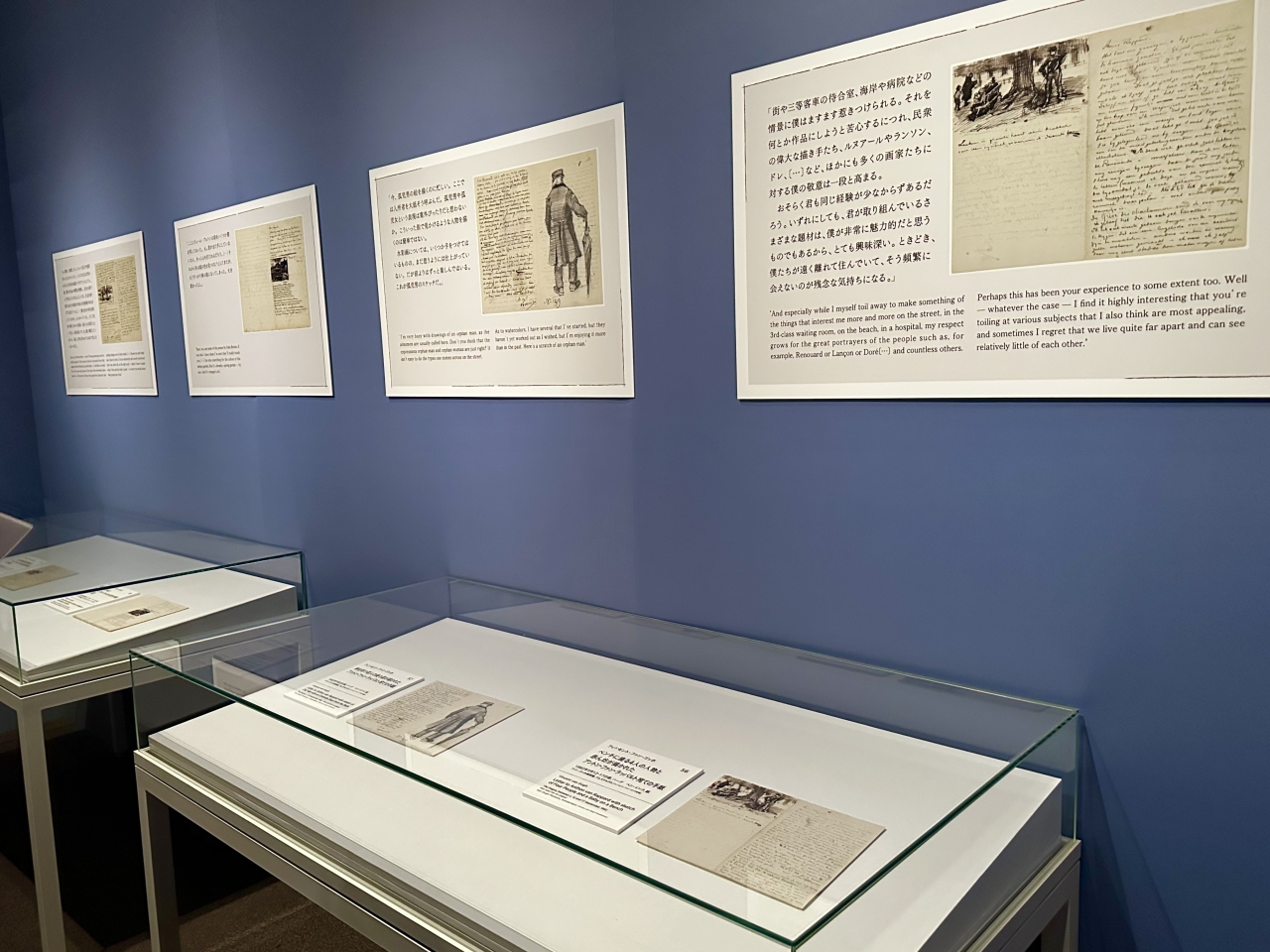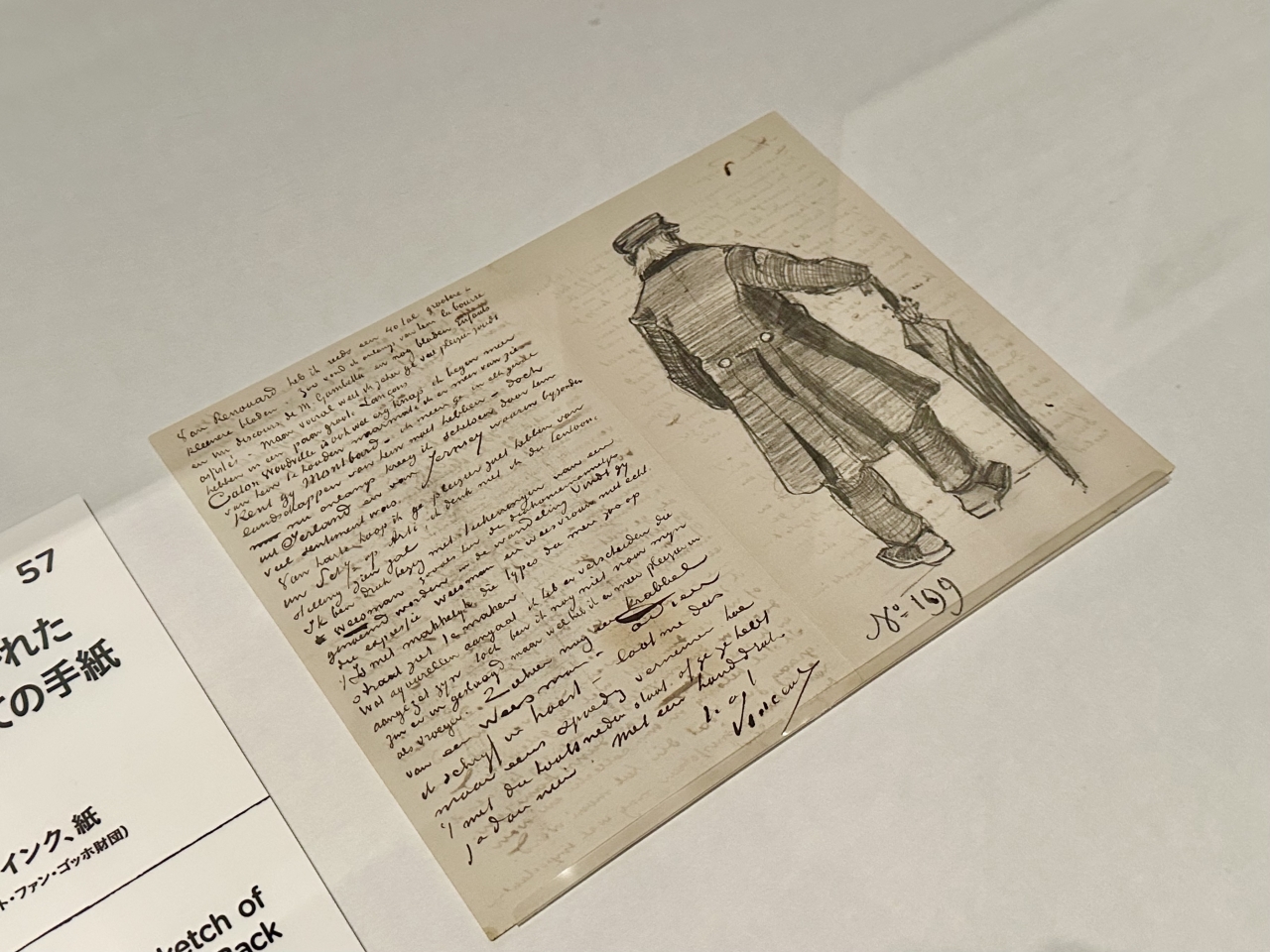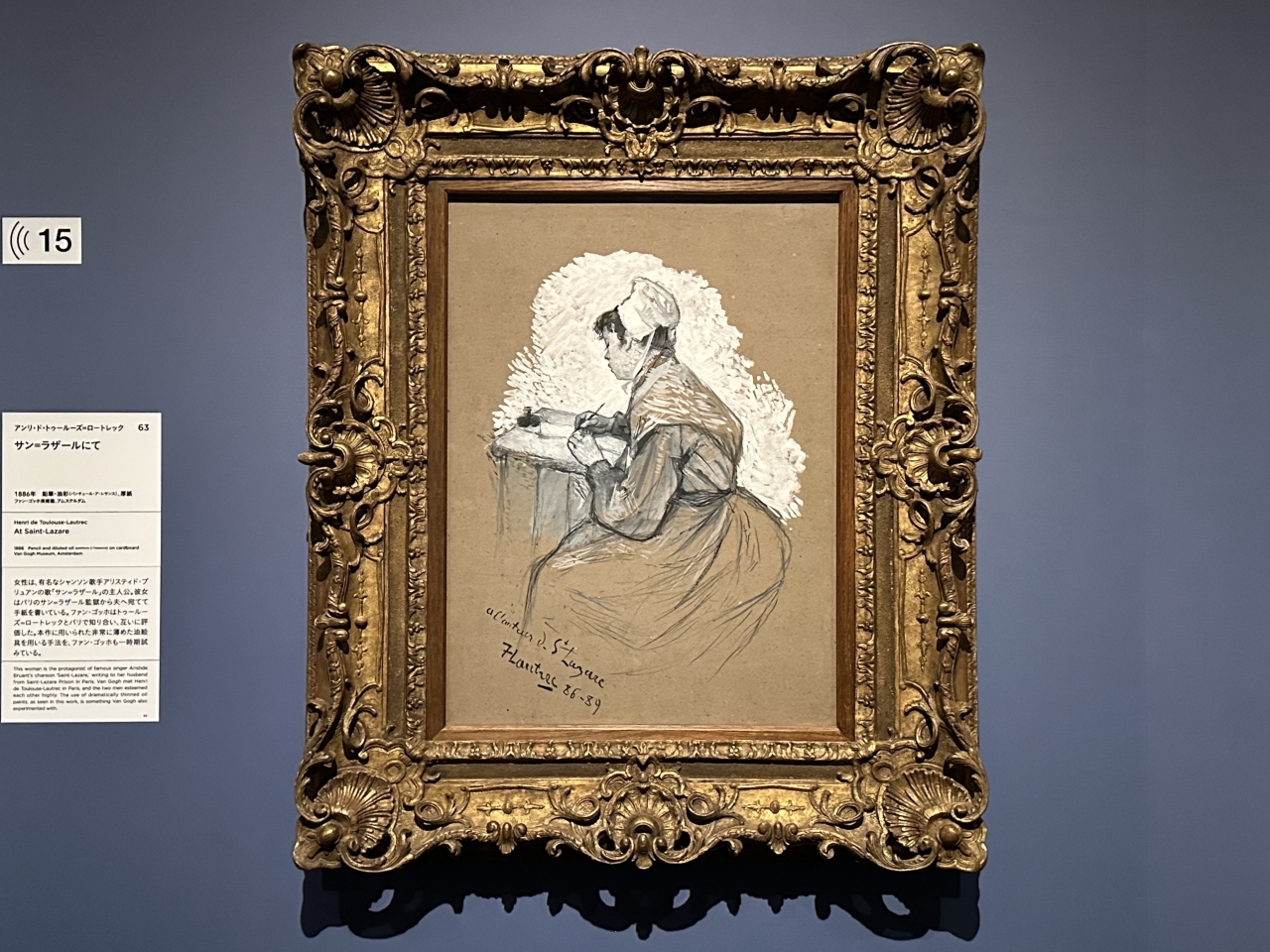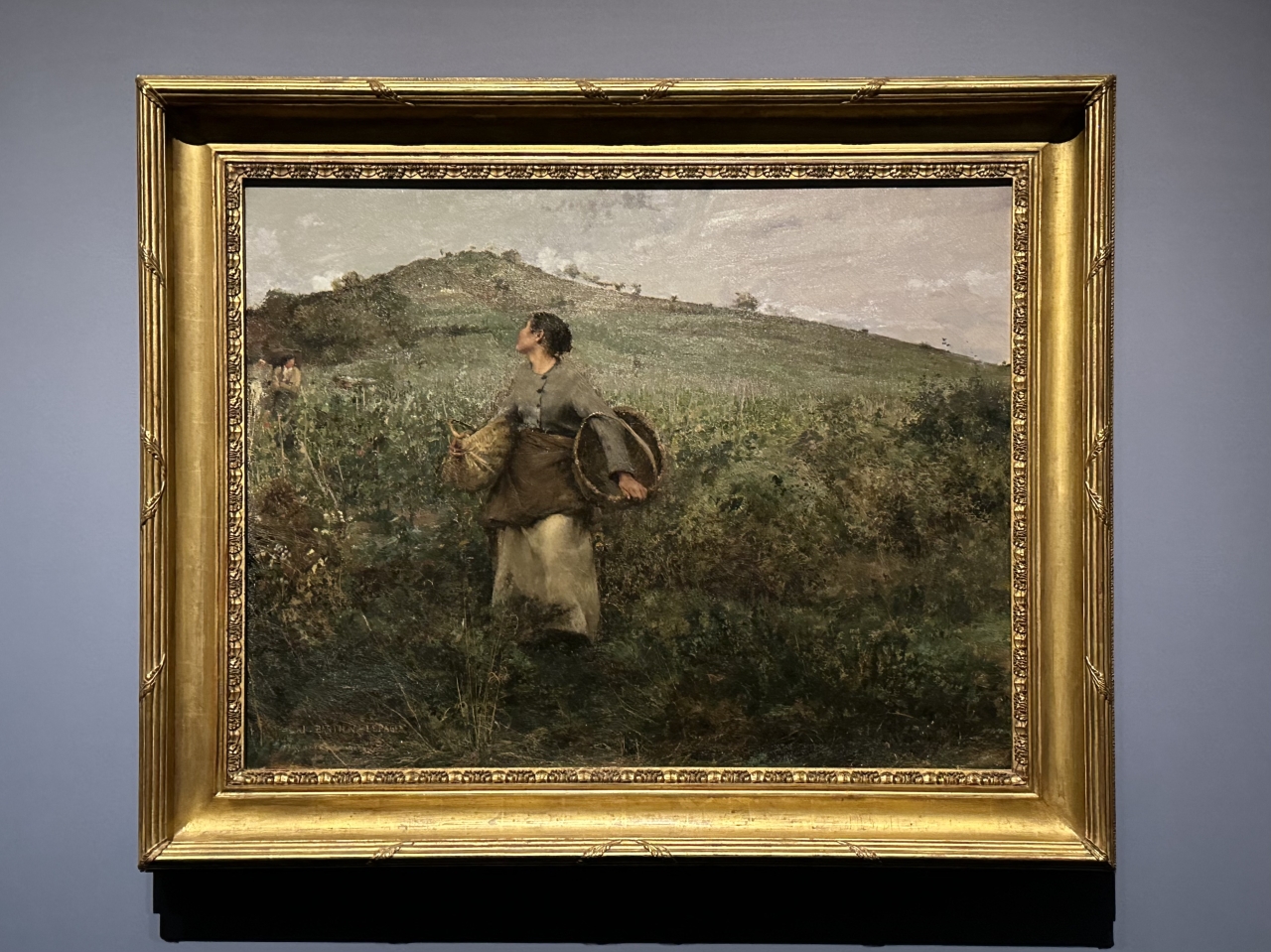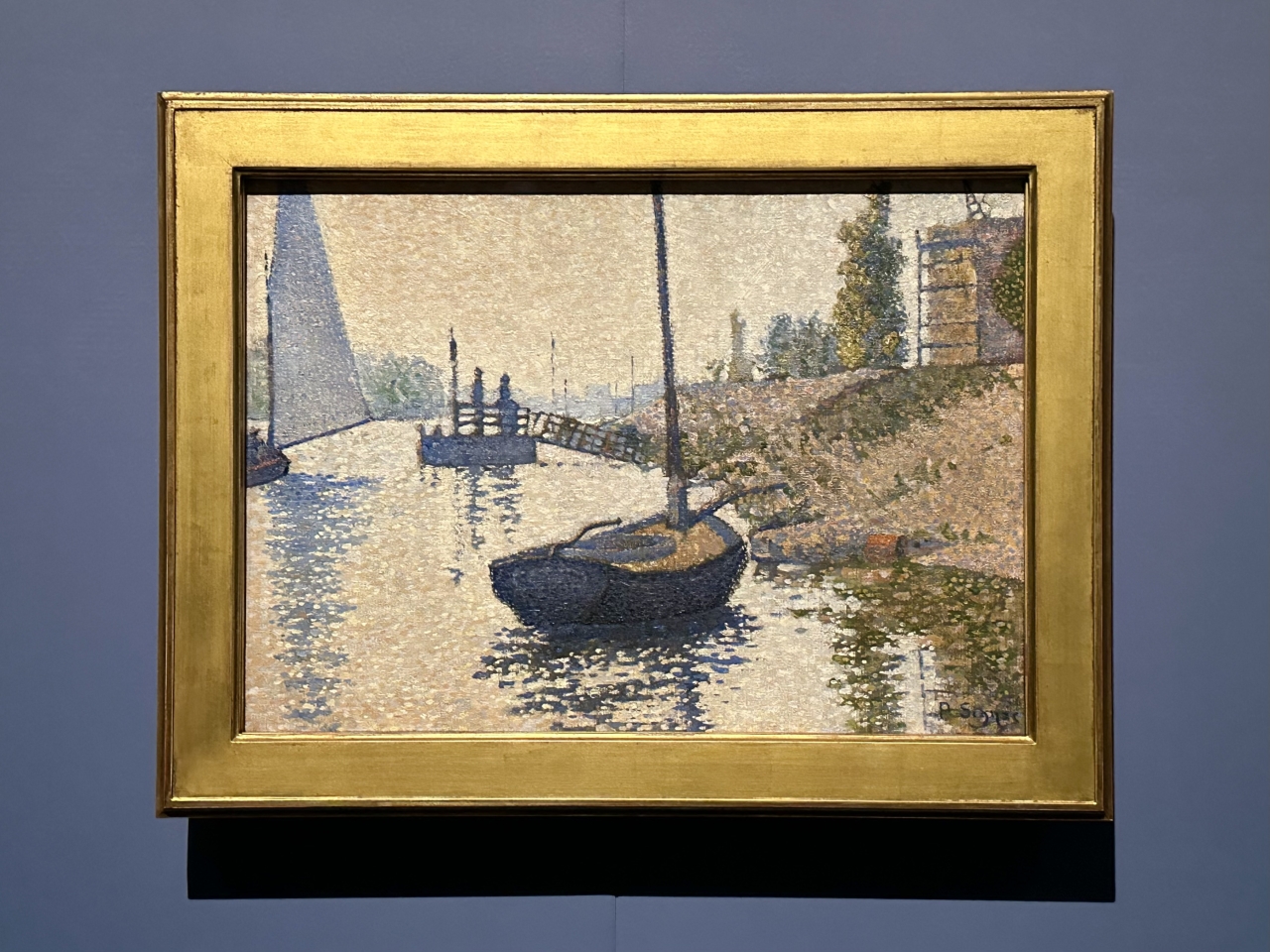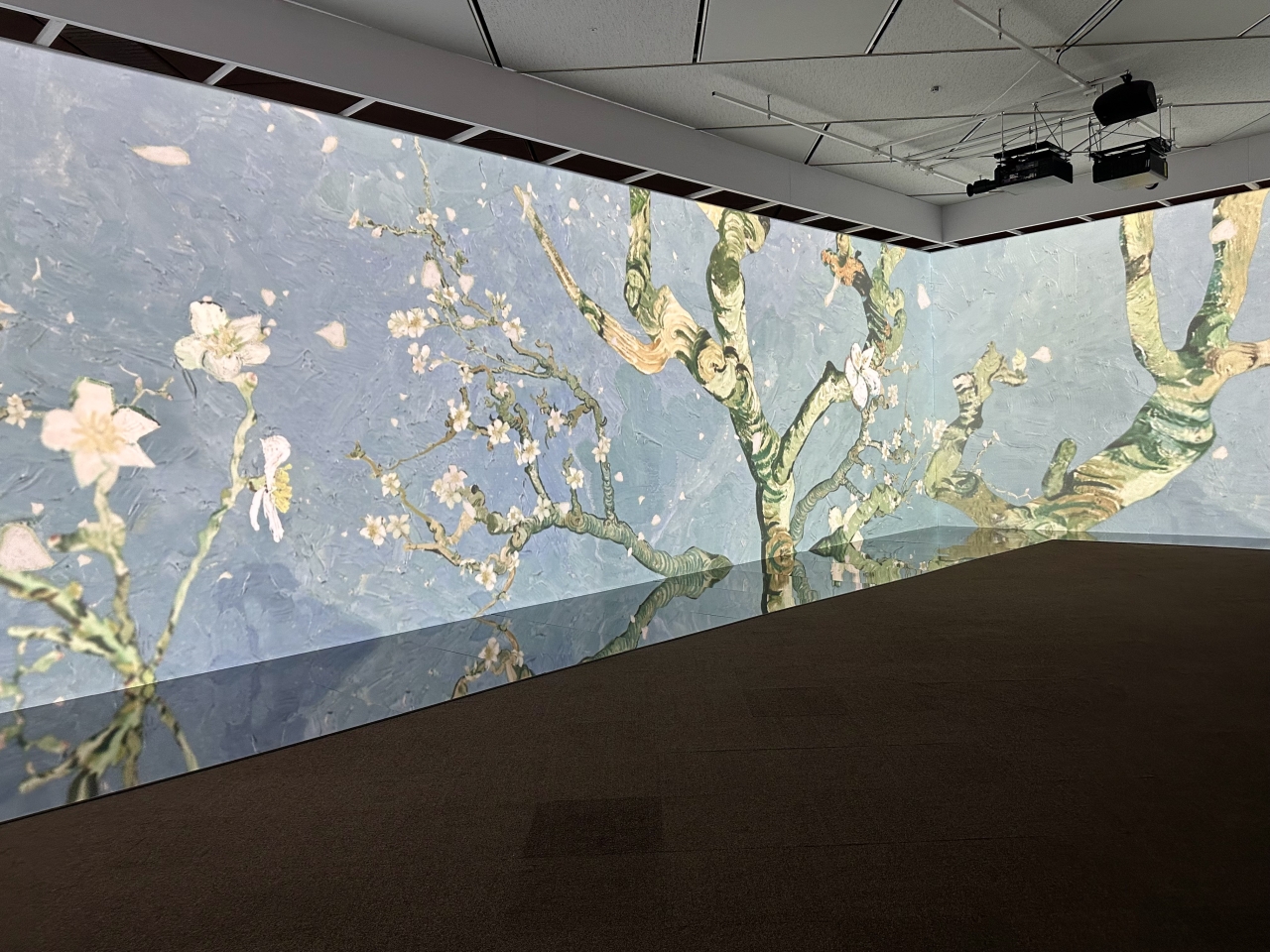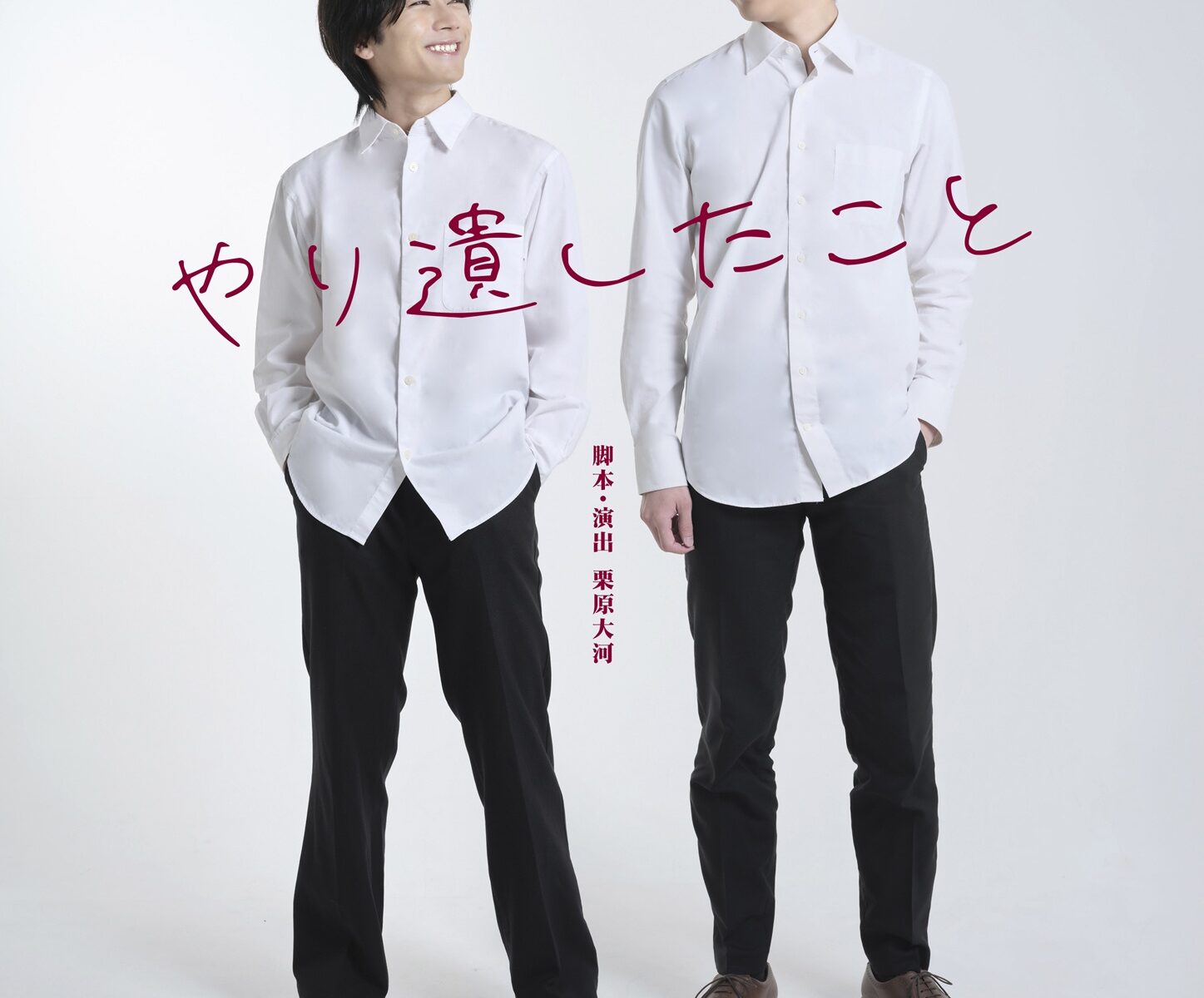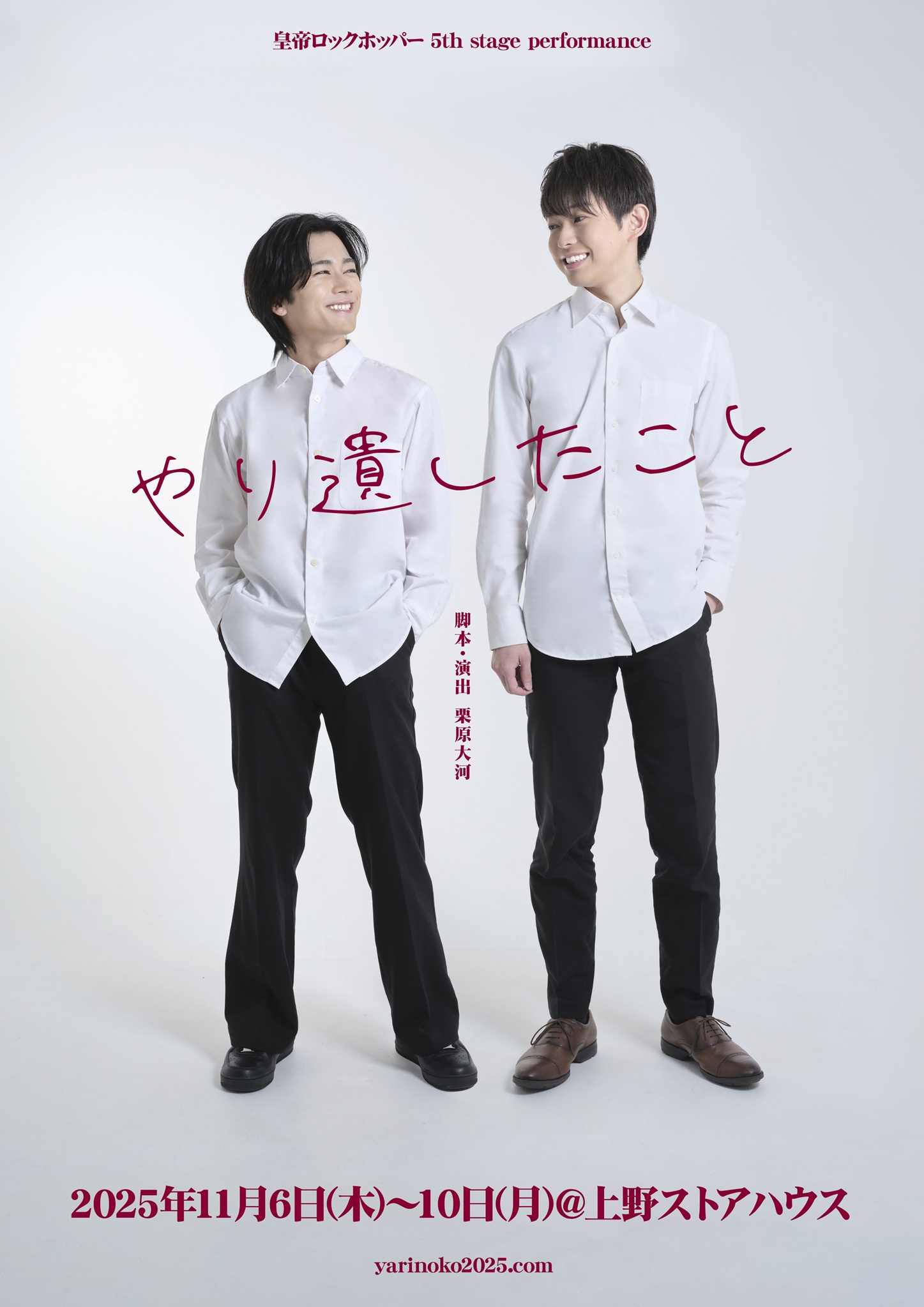Tokyo Bunka Kaikan
Tokyo Bunka Kaikan, which has supported Japan's performing arts for 64 years, will close for approximately three years for construction work starting in May 2026. The final opera performance before the closure has been decided to be "Don Giovanni" (conductor: Riccardo Muti).
Tokyo Bunka Kaikan (Ueno Park, Taito Ward) was built in 1961 by Kunio Maekawa, one of Japan's leading postwar architects. For 64 years, this "temple of the performing arts" has shone brilliantly as the center of opera, ballet, and orchestral performances in Japan. However, it has been announced that the building will be closed for approximately three years for construction work, starting in May 2026. The hall has previously hosted performances from some of the world's leading opera houses, including the Vienna State Opera and La Scala in Milan. It has now been announced that the final opera performance before the closure will be a performance of " Don Giovanni " (composed by W.A. Mozart) by world-renowned conductor Riccardo Muti. An opening press conference was held to welcome Muti, who was visiting Japan for the Italian Opera Academy in Tokyo .

Muti's rare opera, conducted in Japan, even in his home base in Europe.
Riccardo Muti will conduct three staged opera productions of Mozart's "Don Giovanni" at the Tokyo Bunka Kaikan in April and May 2026. Directed by Chiara Muti, the all-Italian cast (with the exception of Masetto), led by Luca Micheletti in the title role, will be presented in a full-scale stage format, rather than a concert performance. The Tokyo Spring Festival Orchestra will take the pit, and the Tokyo Opera Singers will provide the chorus. Having performed under Muti's guidance at the Italian Opera Academy in Tokyo, they have earned the maestro's deep trust, leading to the decision to perform this production, which has already been performed in Italy, in Japan. A press conference was held at the Tokyo Bunka Kaikan, the venue, on September 10th, welcoming Muti, NBS Executive Director Norio Takahashi, and Tokyo Spring Festival Executive Committee Chairman Koichi Suzuki, who are currently visiting Japan.
Norio Takahashi (Executive Director, Japan Performing Arts Foundation)
"The Tokyo Spring Festival has invited Muti 13 times since 2006, and to date has presented 11 concert-style opera performances of six works. We at NBS have conducted numerous operas at relocation performances at La Scala in Milan, the Vienna State Opera, and the Teatro dell'Opera di Roma. The last staged opera conducted by a maestro was at the Vienna State Opera in 2016. As you know, Tokyo Bunka Kaikan will undergo three years of renovation work in May of next year, and in fact, for about three years now we have been thinking about whether it would be possible to have a staged opera conducted by a maestro. I discussed this with Tokyo Spring Festival. Just before the three-year closure, we decided to split the work, with Tokyo Spring Festival providing the music and us (NBS), our specialty in the staging. All the sets and costumes will be rented from the Teatro Regio di Torino, which will cost as much as a relocation. Since we won't be going through the opera house's administrative office, the process will be a lot of work. The Nihon Keizai Shimbun, celebrating its 150th anniversary this year, will be involved as a sponsor, and the three parties will be working together to launch the project. Tokyo Bunka Kaikan will be unable to stage large-scale productions for the next three years, starting next May. We are concerned about the decline of performing arts, and we strongly believe that we must continue to promote culture. Incidentally, this "Don Giovanni" will mark the completion of Muti's Da Ponte trilogy, following "Così fan tutte" during his 2008 visit to Japan with the Vienna State Opera and "The Marriage of Figaro," also from Vienna, in 2016. It will be a culminating performance.

Koichi Suzuki (Chairman of the Tokyo Spring Music Festival Executive Committee)
"I'm not involved with music, but I started the music festival over 20 years ago, and Muti came in the second year, and he taught me that there's meaning in continuing the festival. The Italian Opera Academy has nurtured young performers and has achieved great results, and I myself was taught Verdi from scratch. That's why Muti often teases me, saying, 'Many people go from Verdi to Wagner, but the reverse is rare.' When I see the academy mentoring young people, I think it must be extremely strict and difficult. But when I listen, the sound changes every day. This year marks the end of the academy, but Muti and I have decided, 'Even though we're getting old, let's live on for a while' (laughs). I hope Muti will continue conducting until he's about 100 years old. I've had the pleasure of listening to Muti's Mozart symphonies, such as "Haffner" and "Jupiter," and I'm looking forward to seeing how he will interpret Mozart in next spring's opera."

It would not be an exaggeration to say that I have devoted most of my life to the study of Mozart's works.
Riccardo Muti (conductor)
"Hello, fellow journalists. Thank you all for joining us today. I would like to thank my friend Suzuki Koichi. I would also like to express my sincere gratitude to Takahashi Norio, with whom I have built a cooperative relationship, and to the Nikkei Shimbun for lending their support to this operation. My long, long love affair with Japan began in 1975, with the Vienna Philharmonic's tour of Japan, and many more since then… Milan La Scala, Vienna State Opera, Philadelphia Orchestra, Vienna Philharmonic, Chicago Symphony Orchestra – the list of concerts and operas alone is enormous.
My relationship with Mozart runs deep, just like my relationship with Verdi. As music director of La Scala, I conducted six of his works. In Salzburg, I conducted "Così fan tutte," "Don Giovanni," "La Clemenza di Tito," "The Magic Flute," and many other symphonies. I'm not a Mozart specialist. However, it's no exaggeration to say that I've devoted most of my life to studying Mozart's works. I've performed with Vienna orchestras in Japan, and thanks to Suzuki-san, I've also performed Mozart with the Tokyo Spring Festival Orchestra. I feel it's especially important to study with young orchestras here. Because of my long relationship with the Vienna Philharmonic, I want to share my experience with young musicians like ripe fruit.

I consider Da Ponte's trilogy to be Italian opera. As we all know, Mozart understood and spoke Italian perfectly. The recitatives show how fluently Mozart spoke Italian. The recitatives in Don Giovanni are almost more important than the arias. Phrases, words, and things like that are important. It's not like the music comes first and the words are added later.
In Italian opera, it's especially important to understand Italian. The song in "Così fan tutte," "You have to know a lot of things by the time you're 15," is written to be spoken to. If a conductor who doesn't understand Italian were to conduct mechanically, it would immediately be obvious that it was wrong, not that it was German. At the academy, the students and the choir are wonderfully cooperative. I want to say that it's not that I know the truth. However, I'm able to teach today thanks to what my teachers have learned over generations.
Many years ago, a recording of "Don Giovanni" was released with some wonderful singers. Giorgio Strehler (1921-1987) was a brilliant director, and I consider him almost godlike as a director. My daughter, Chiara, studied at Strehler's school, and she also studied in my musical world. Chiara's production of "Don Giovanni," which will be performed here next year, was a great success at the Teatro Regio di Turin and also at the Teatro Massimo de Palermo. When this production was brought to Japan, I immediately said, "In that case, let's do it with a Japanese orchestra and chorus!"
Da Ponte's trilogy is described as "Dramma Giocoso" (tragicomedy), and jokes always have a bitter edge . The finales of all three operas are negative. I think it's a mistake to have the characters act like clowns at the end. Don Giovanni is not a clown, after all. I think it expresses the spirit of evil. At the end, he descends into hell, but before he does, a dark light shines on his world. When he disappears, those left behind lose something and don't know what to do. The tragic music in the prelude begins with D'mor, which is the same as in the Requiem. This is a complex opera, and one of its messages is that "you can't trust anyone." It's not a comedy at all, and there's a melancholy sadness hidden within. I'm not saying it should be made like a funeral, but… Mozart and Da Ponte may appear to be light-hearted characters on the surface, but deep down they were tough people. It's true that Da Ponte may have chased women around in his youth, but the 1700s were a special time.
I've said a lot, but I urge you to see the performance and decide for yourself whether it was good or bad. The production features a wonderful cast. First of all, the lead singer, Luca Micheletti, is the most interesting baritone in Italy right now, and he began his career as an actor. He is also the director, and the other cast members have already performed together in Italy and have been well-trained.

We can't erase the past
I have been fighting this battle for a long time. A conductor does more than just read the notes and move his arms. It is important to acquire culture. Performing Mozart is not just about learning the notes. You need to study his life, his world, the things he suffered, and at the same time, the world of Da Ponte.
History and events of the past cannot be erased. Don Giovanni is an opera that may not be easily performed due to modern restrictions. Both Mozart and Verdi were humane composers, and their works deeply challenge the listener to consider questions such as what love is and what humanity is.
We cannot erase the past. We can erase past mistakes. By doing so, we are teaching young people that "the past was perfect," which is problematic. It is wrong to omit words from a script because they are politically incorrect. If there were mistakes in the past, we must remember them in order to make them right.
Finally, music… and I'm not saying this because I'm a musician, but I think it's the most important element that brings people together. I'd like to conclude this interview with the words of St. Agostino (354-430, Christian theologian, philosopher, and bishop). He wrote in Latin, so I'll start by reading it in Latin. Here's the Italian translation:
"All who sing and play are people who know how to love"
thank you very much.
Interview and text: Hisae Odashima (music writer)
Opera "Don Giovanni" composed by W.A. Mozart
Conductor: Riccardo Muti
■Official website : https://www.nbs.or.jp/stages/2026/dongiovanni/
■Performance Schedule
2026
April 26th (Sun) 14:00
April 29th (Wednesday) 14:00
May 1st (Fri) 14:00
■ Venue: Tokyo Bunka Kaikan (Ueno)
■ Main scheduled performers
Don Giovanni: Luca Micheletti
Donna Anna: Maria Grazia Schiavo
Donna Elvira: Mariangela Sicilia
Don Ottavio: Giovanni Sala
Leporello: Alessandro Luongo
Zerlina: Francesca Di Sauro
Masetto: Leon Kosavich
Knight Commander: Vittorio de Campo
Orchestra: Tokyo Spring Festival Orchestra Chorus: Tokyo Opera Singers
■Ticket prices
S=¥59,000 A=¥46,000 B=¥36,000 C=¥28,000 D=¥21,000 E=¥15,000
Supporter seats = 109,000 yen (S seats with donation)
U39 seat = ¥13,000 U29 seat = ¥10,000
■ Release Schedule
・NBS WEB Ticket & Tokyo Spring Music Festival WEB advance sale
2025/10/3 (Fri) 19:00 – 10/26 (Sun) 18:00
・General sale starts at 10:00 on Thursday, October 30, 2025
・U39 Seats & U29 Seats: Thursday, March 19, 2026, from 7:00 PM
*Supporter seats and U39 & U29 seats are only available through NBS WEB tickets.
Organized by: Japan Performing Arts Foundation / Spring Festival in Tokyo Executive Committee / Nikkei Inc.
[NBS] Press Release
See other exhibition information





